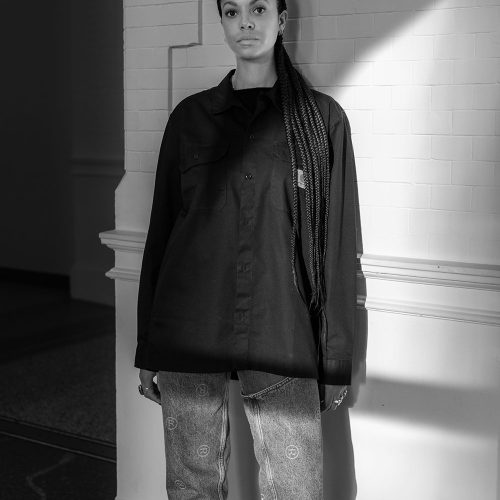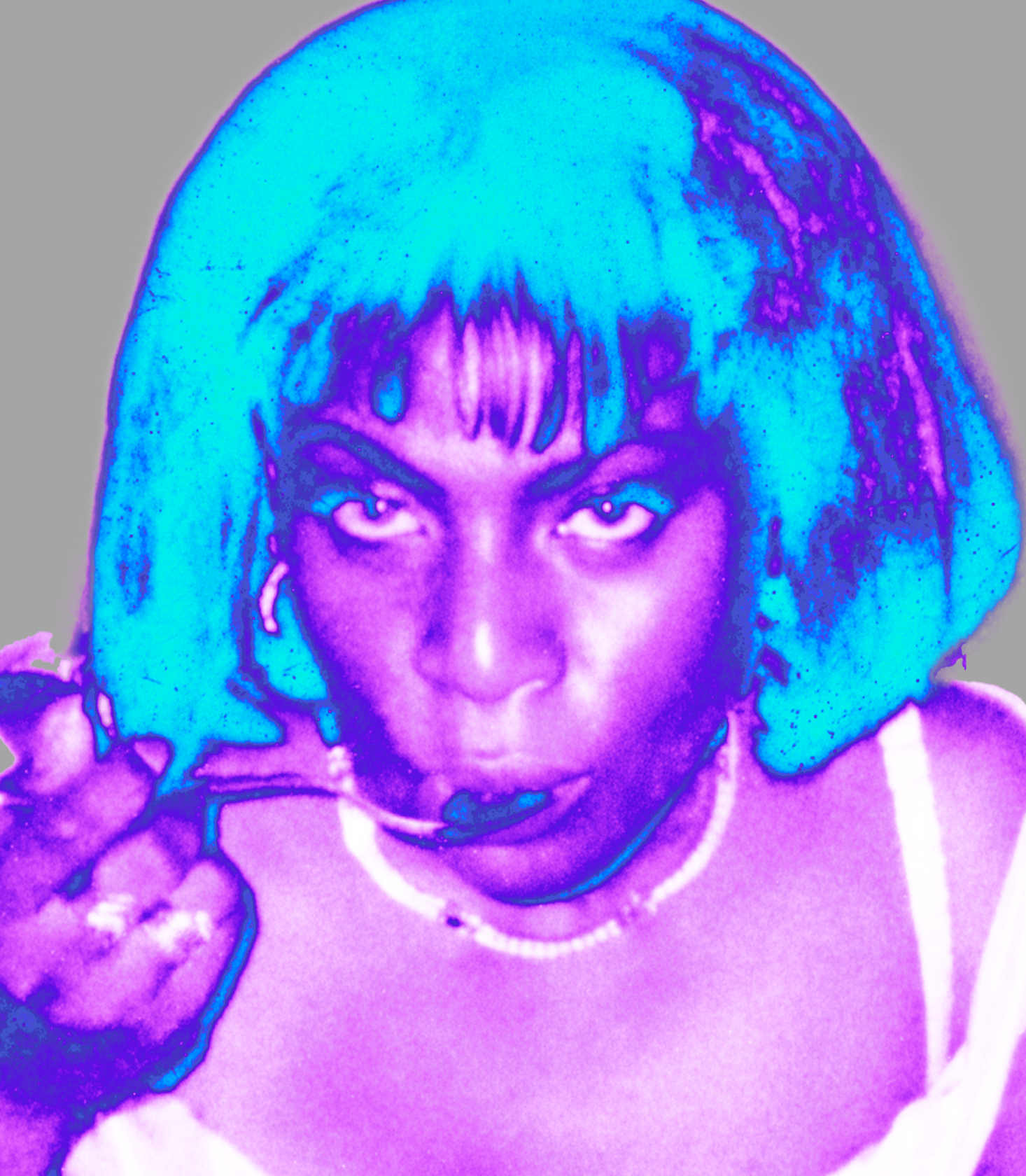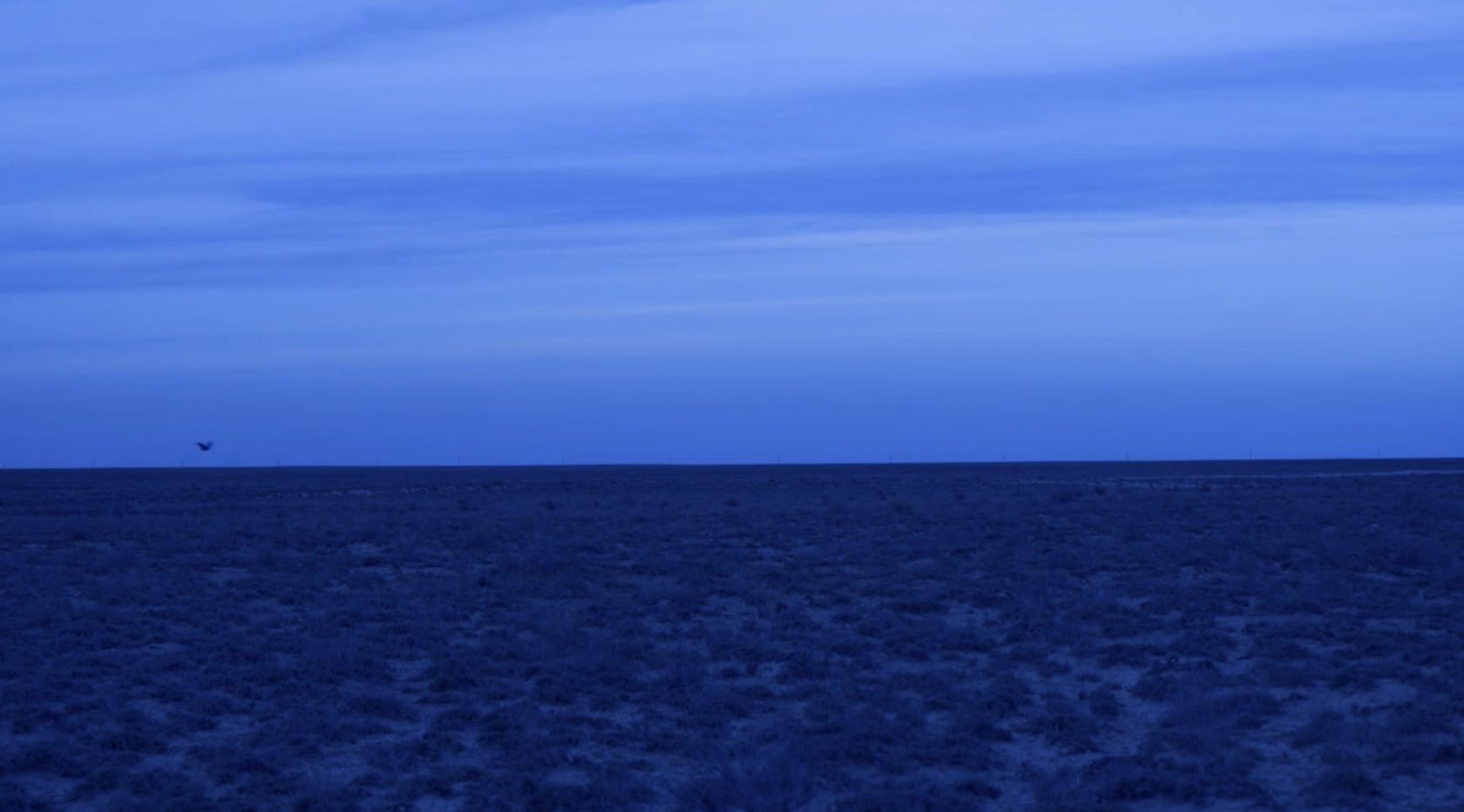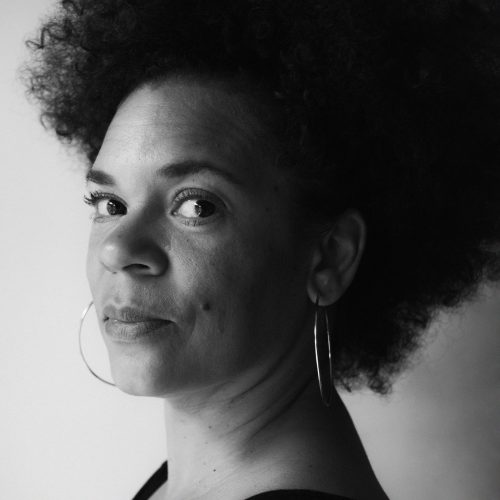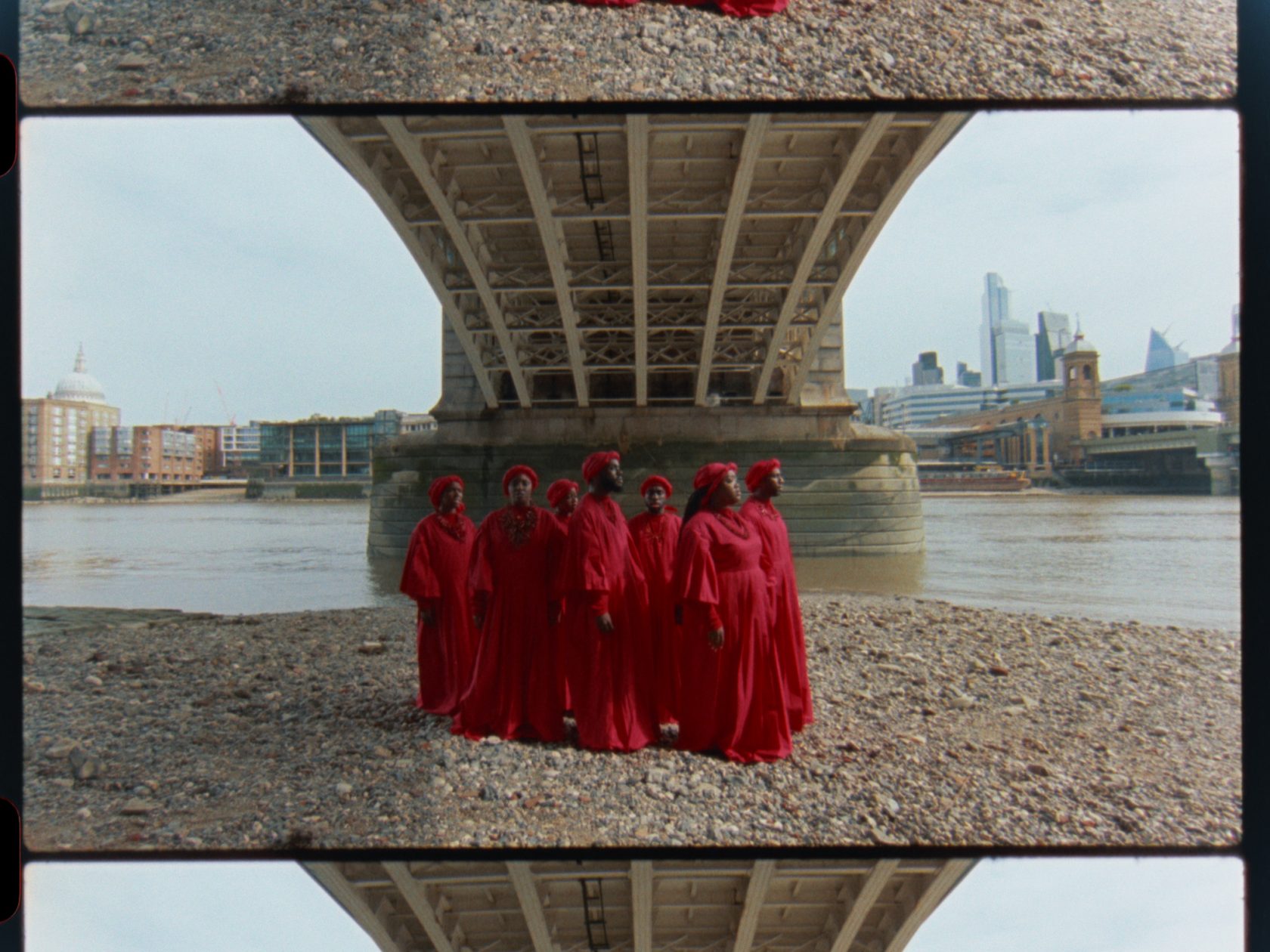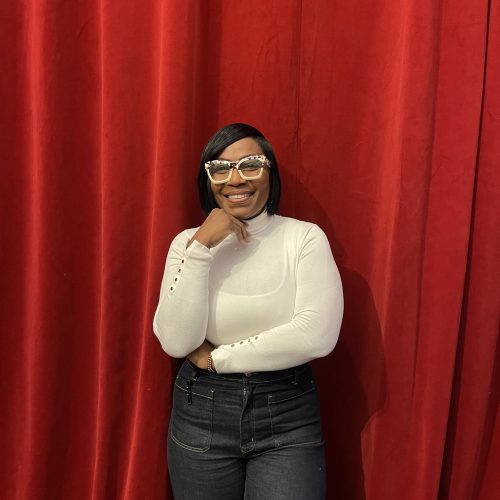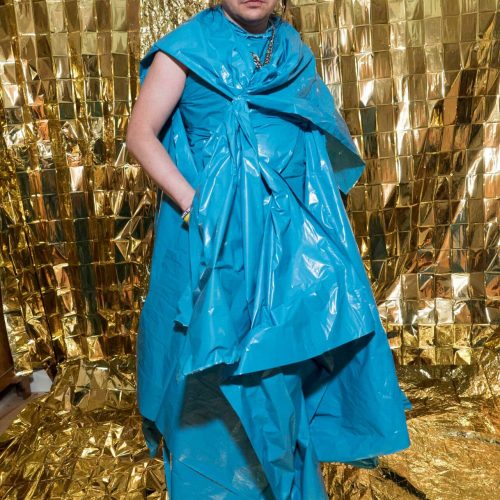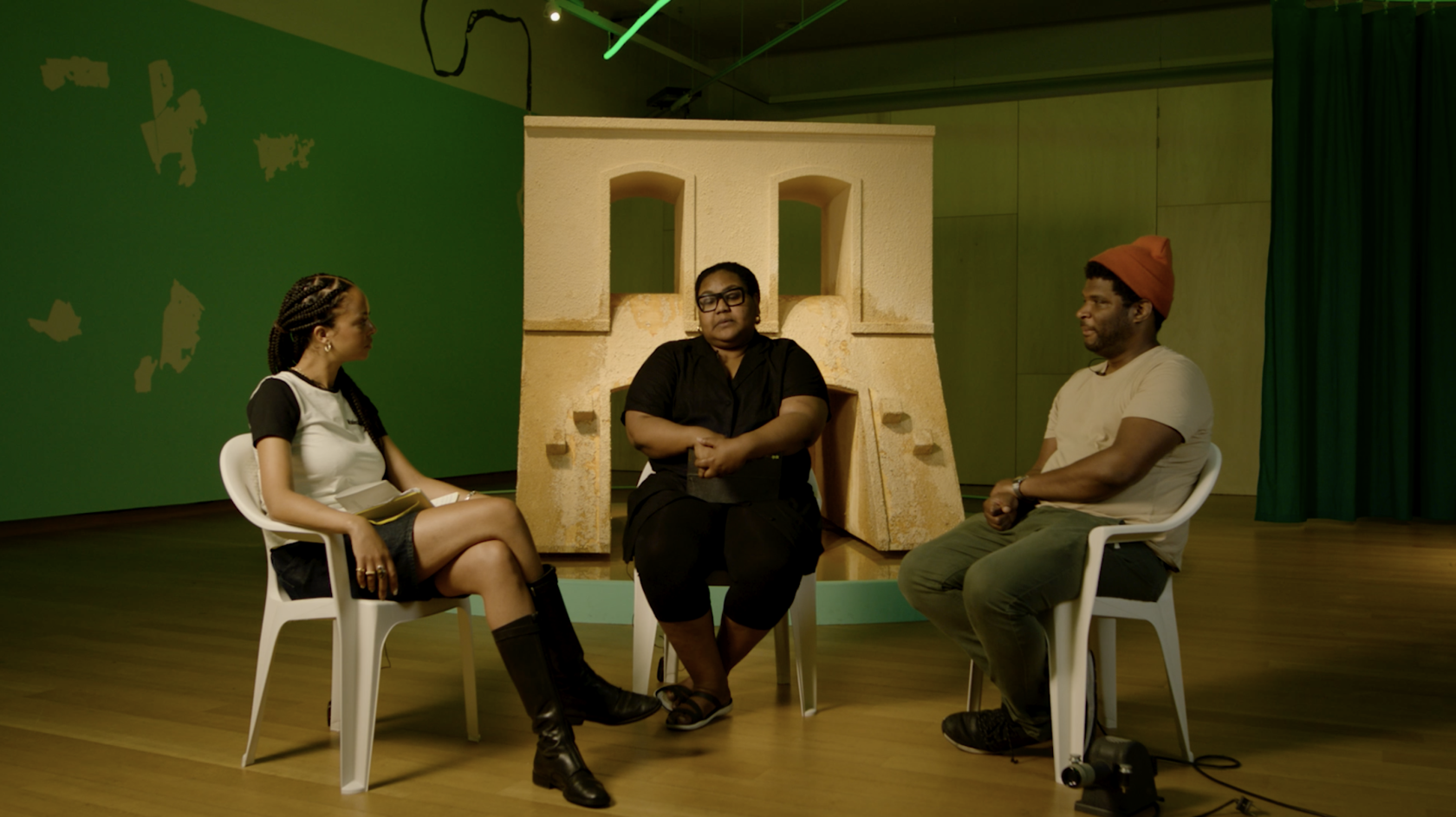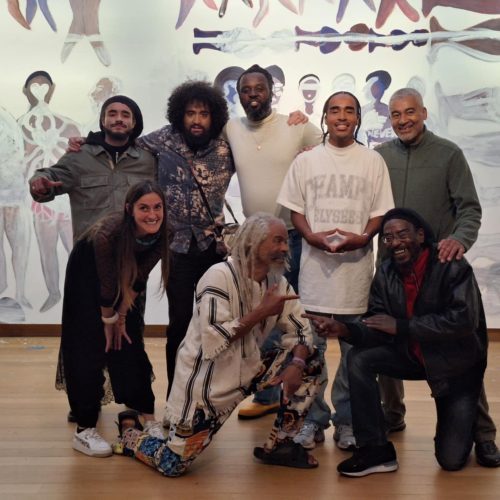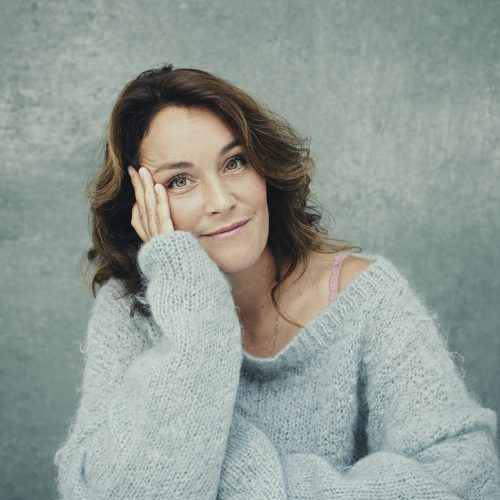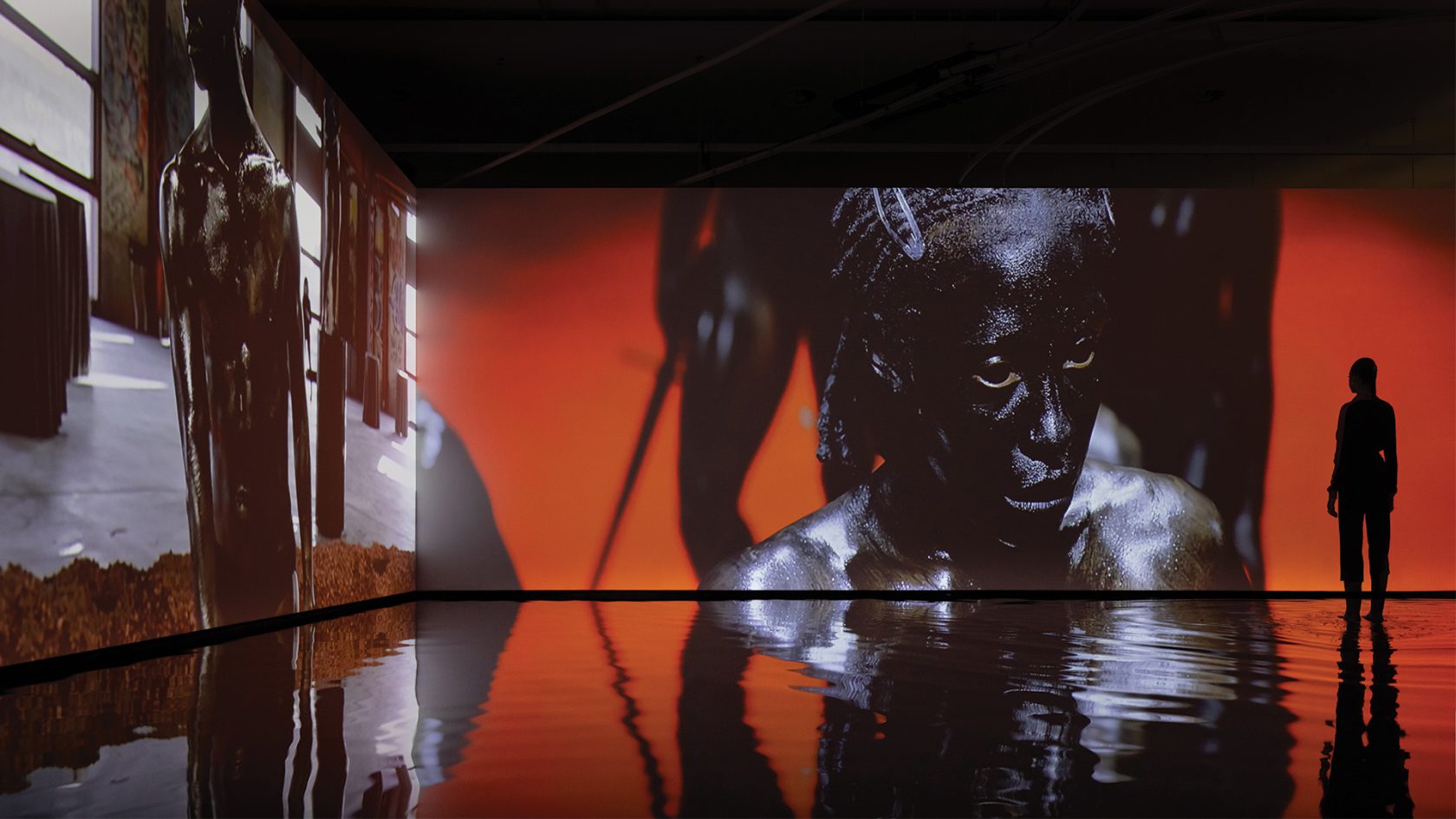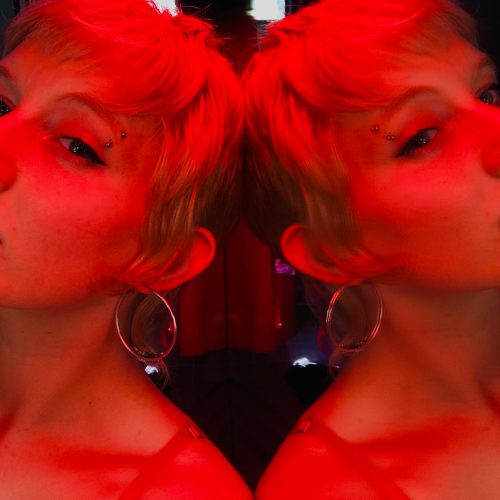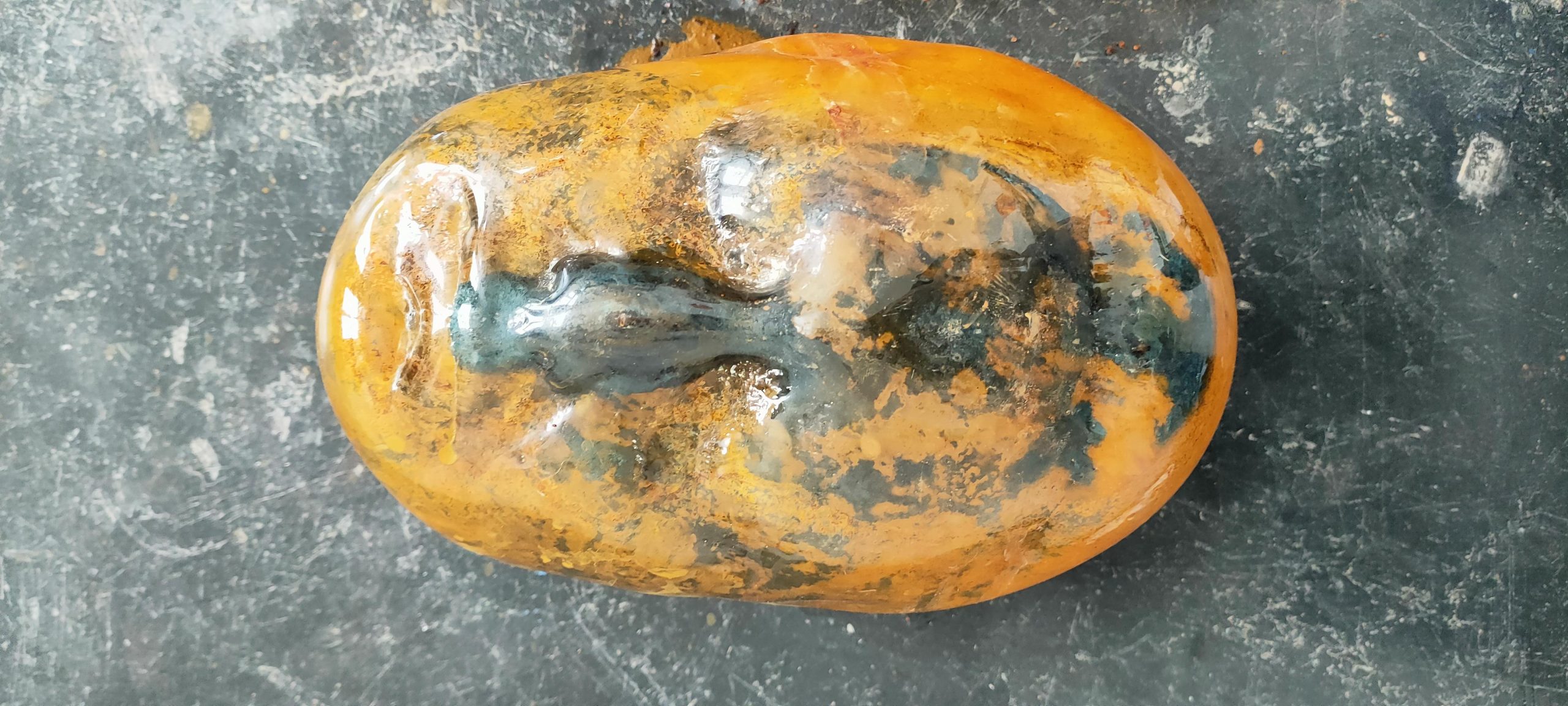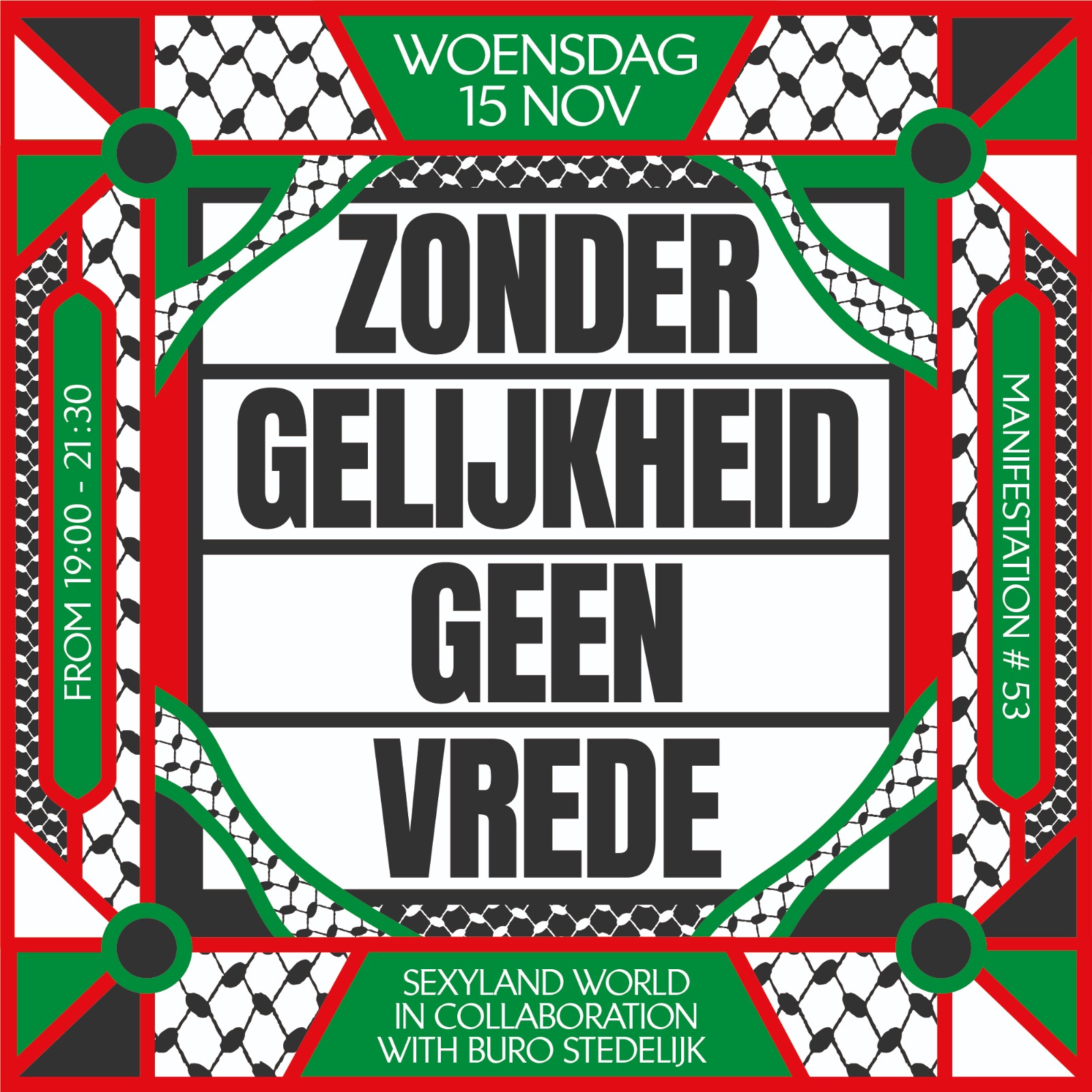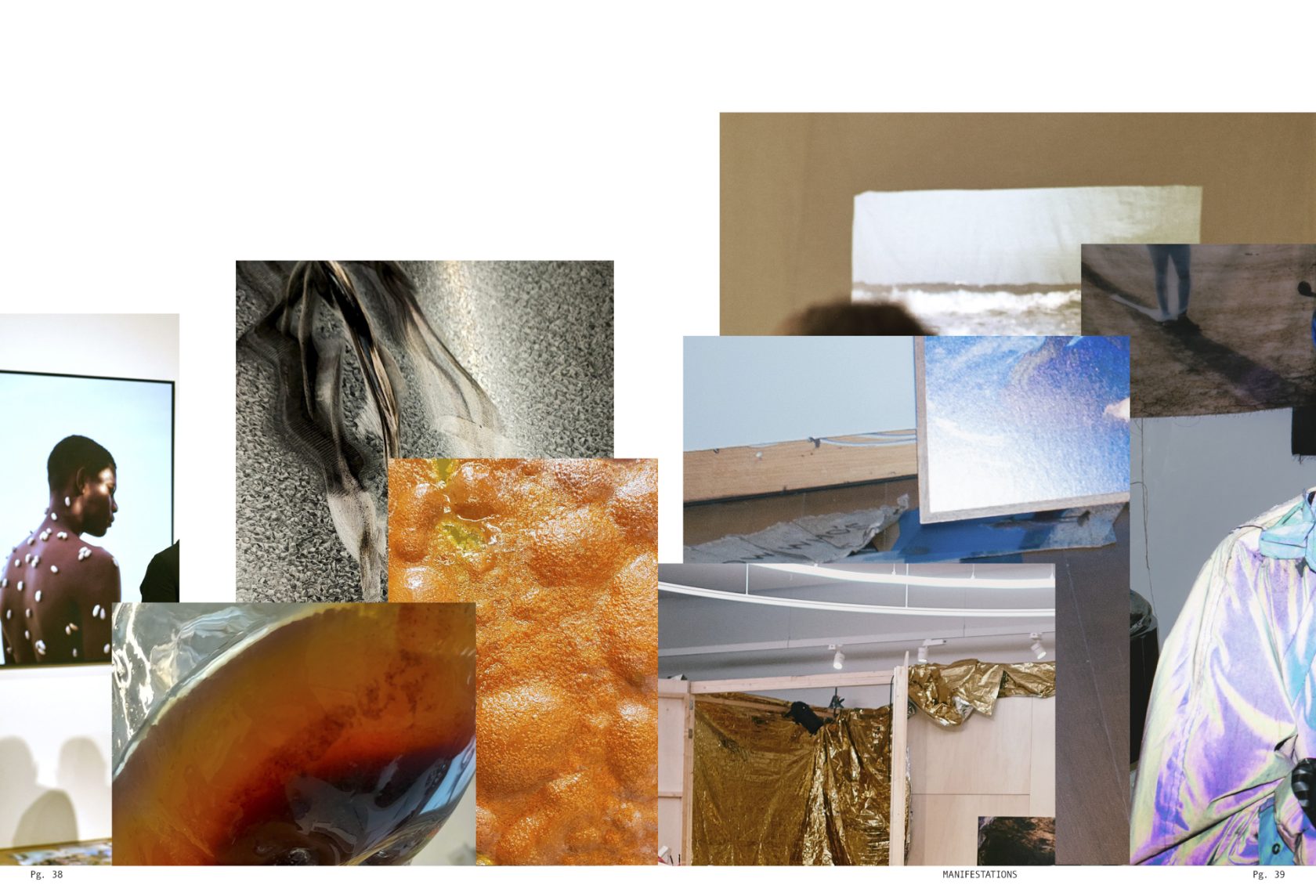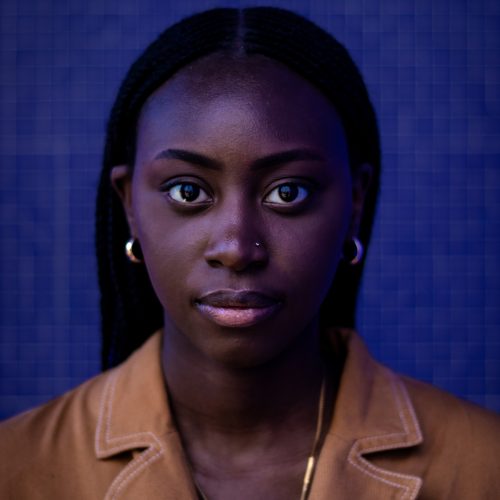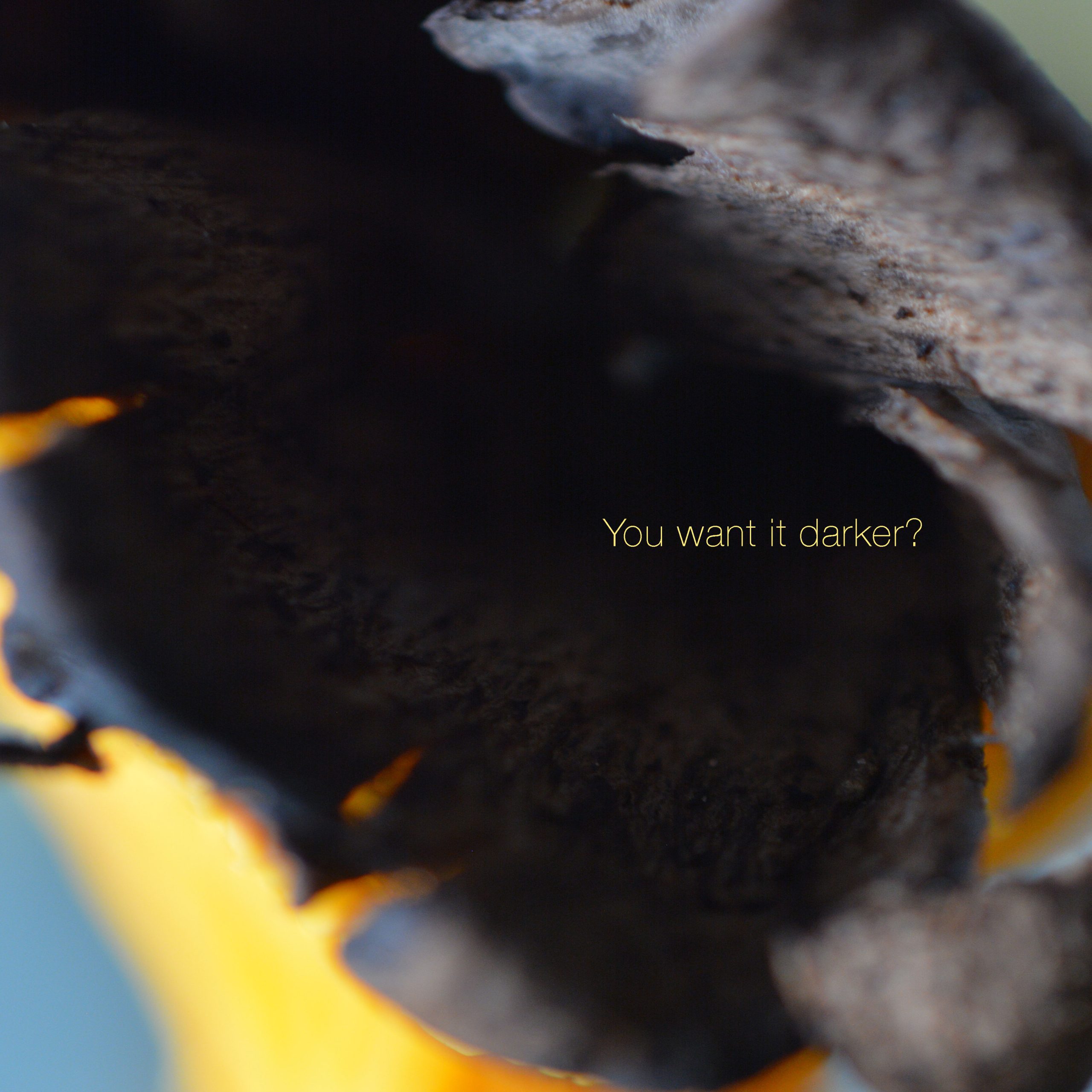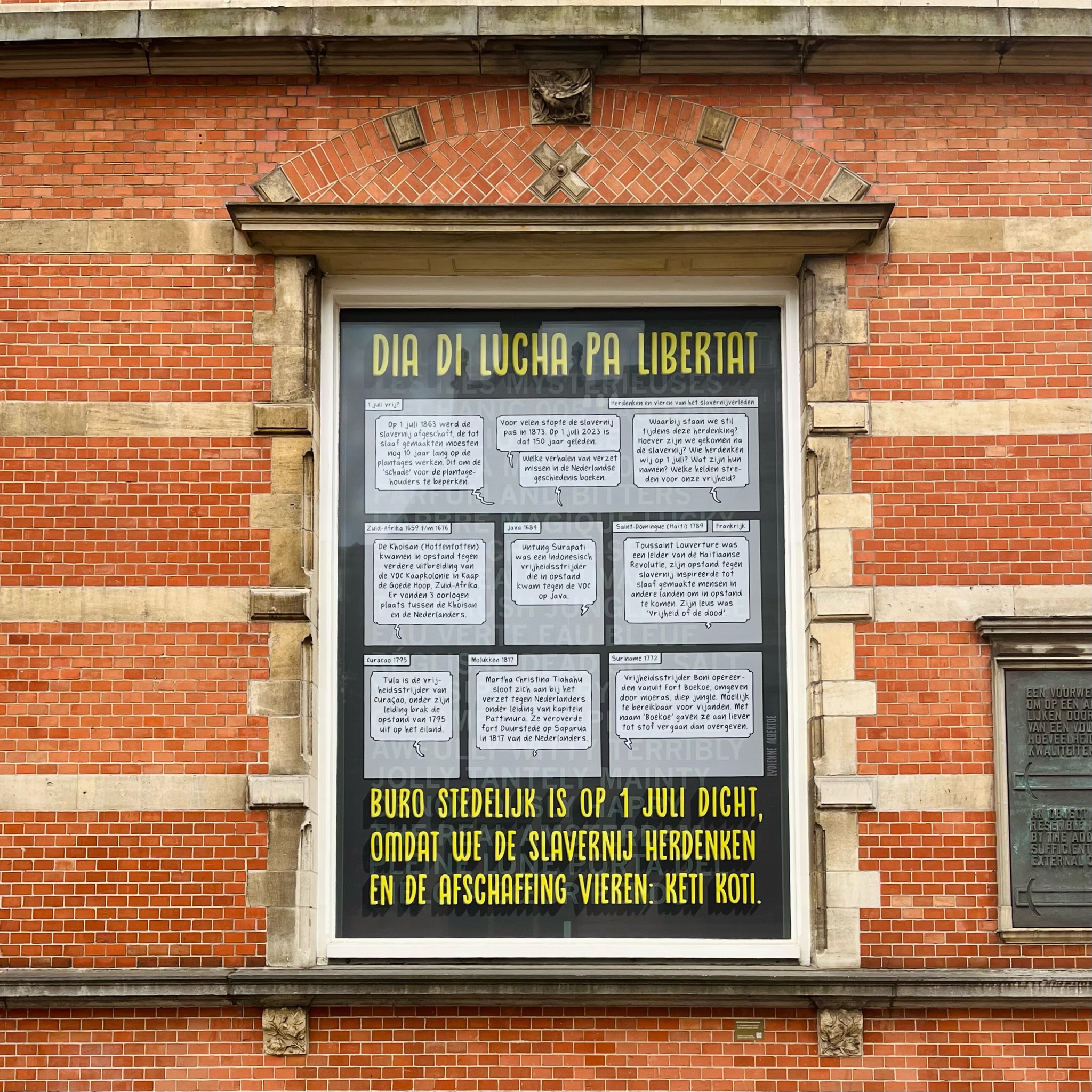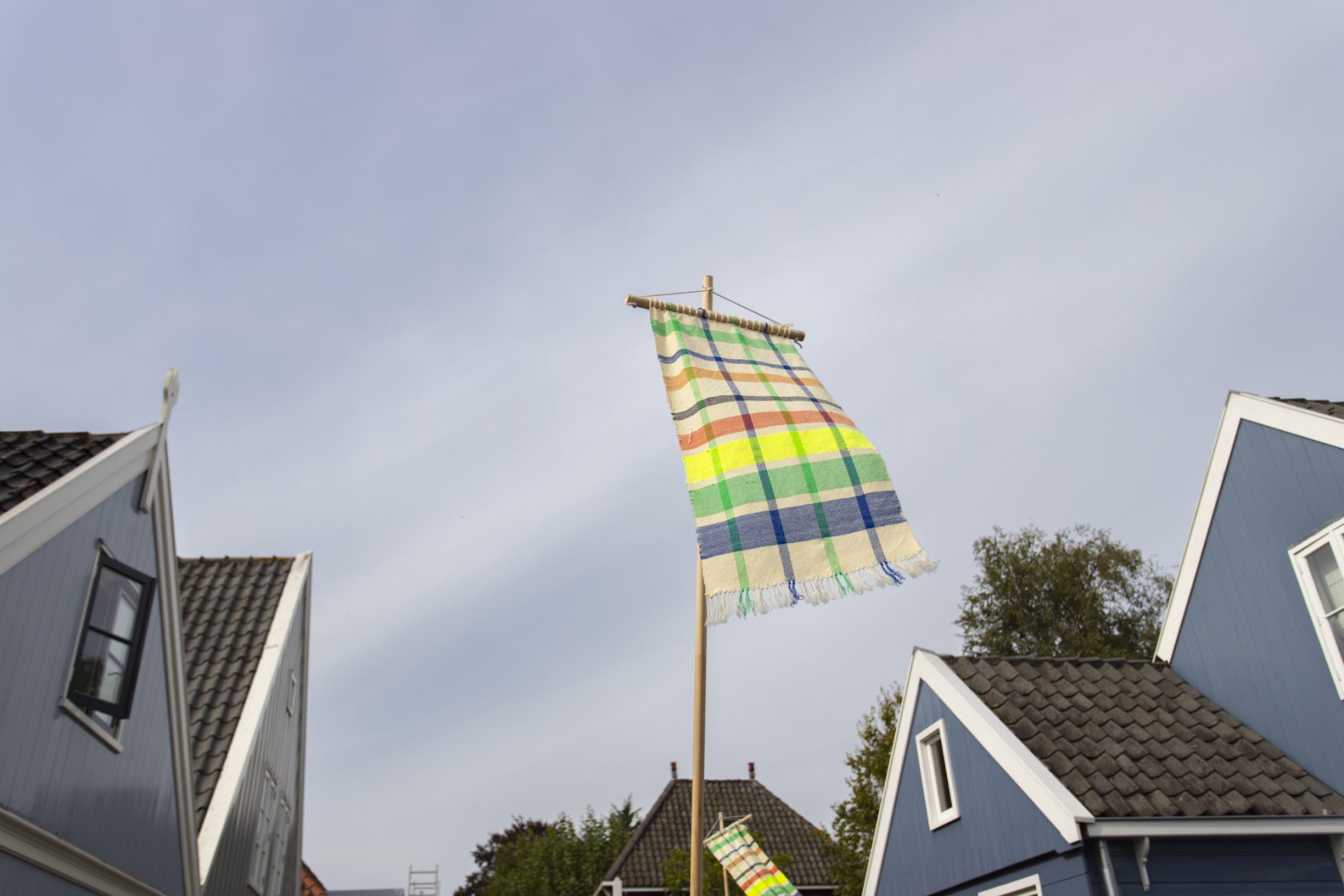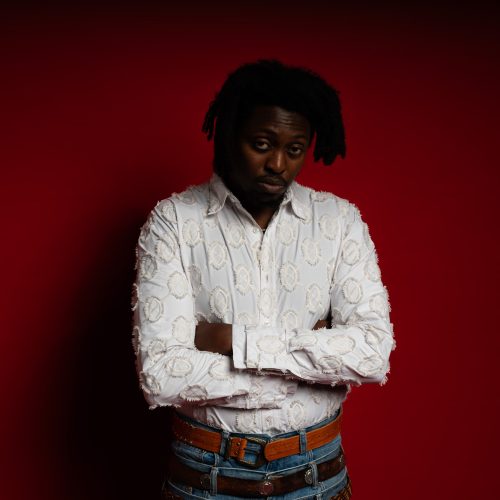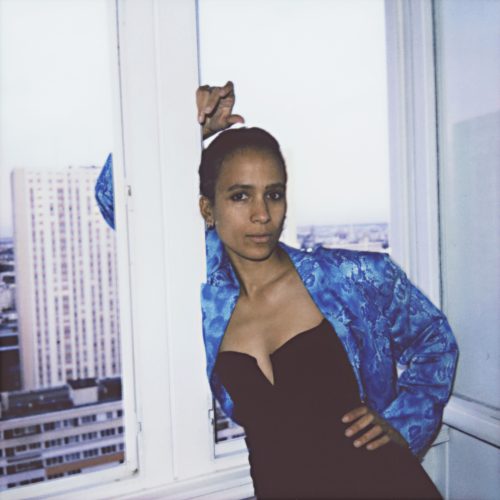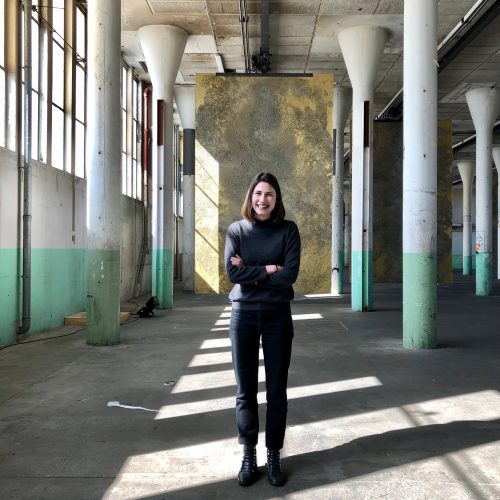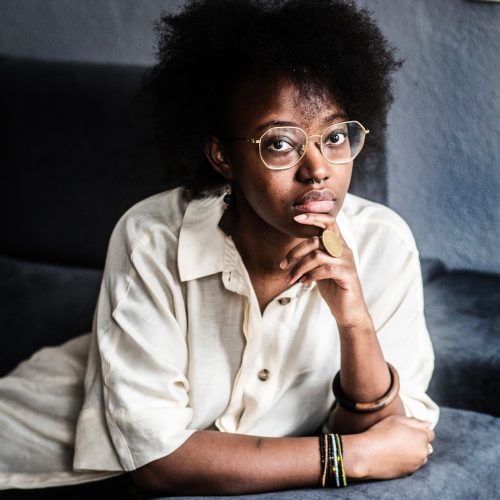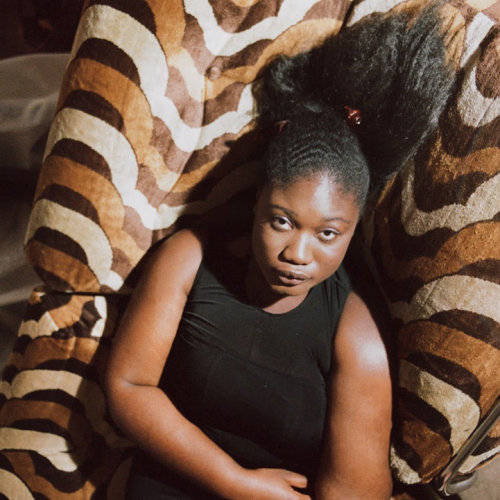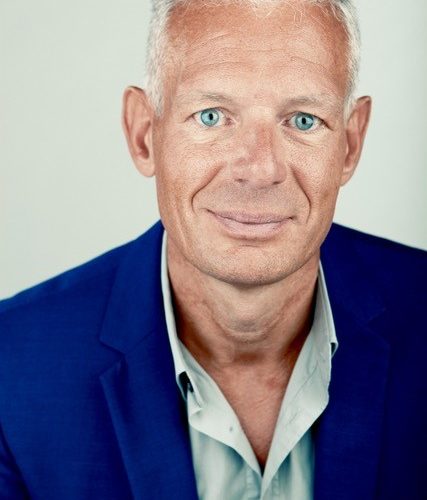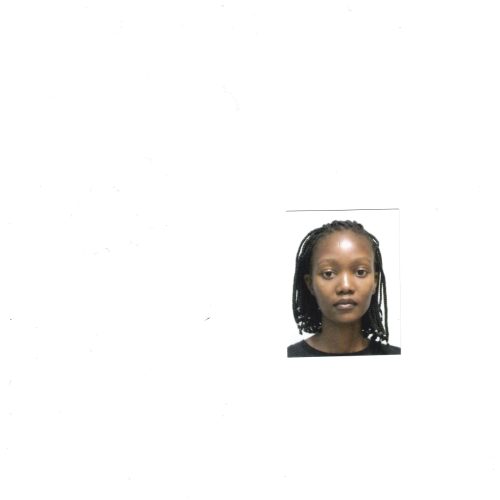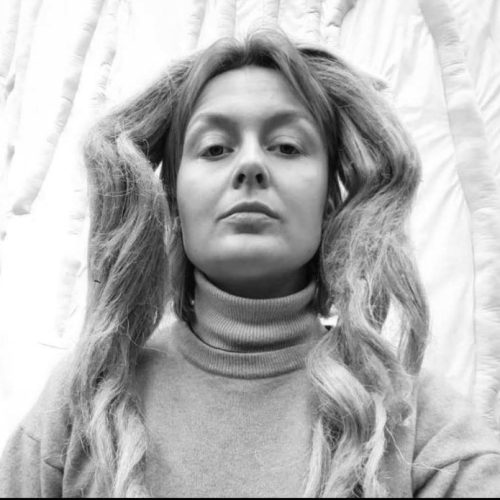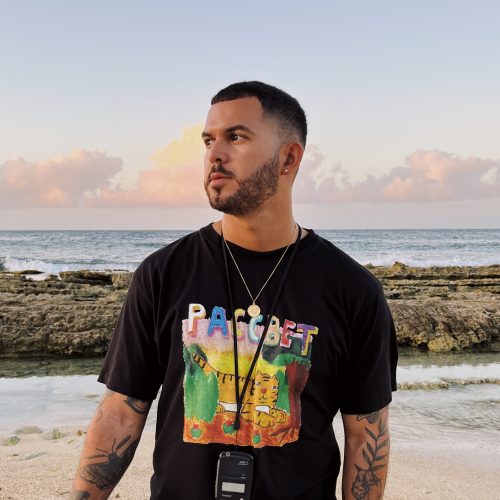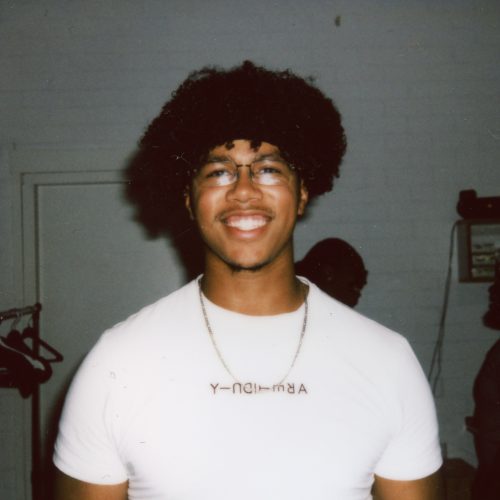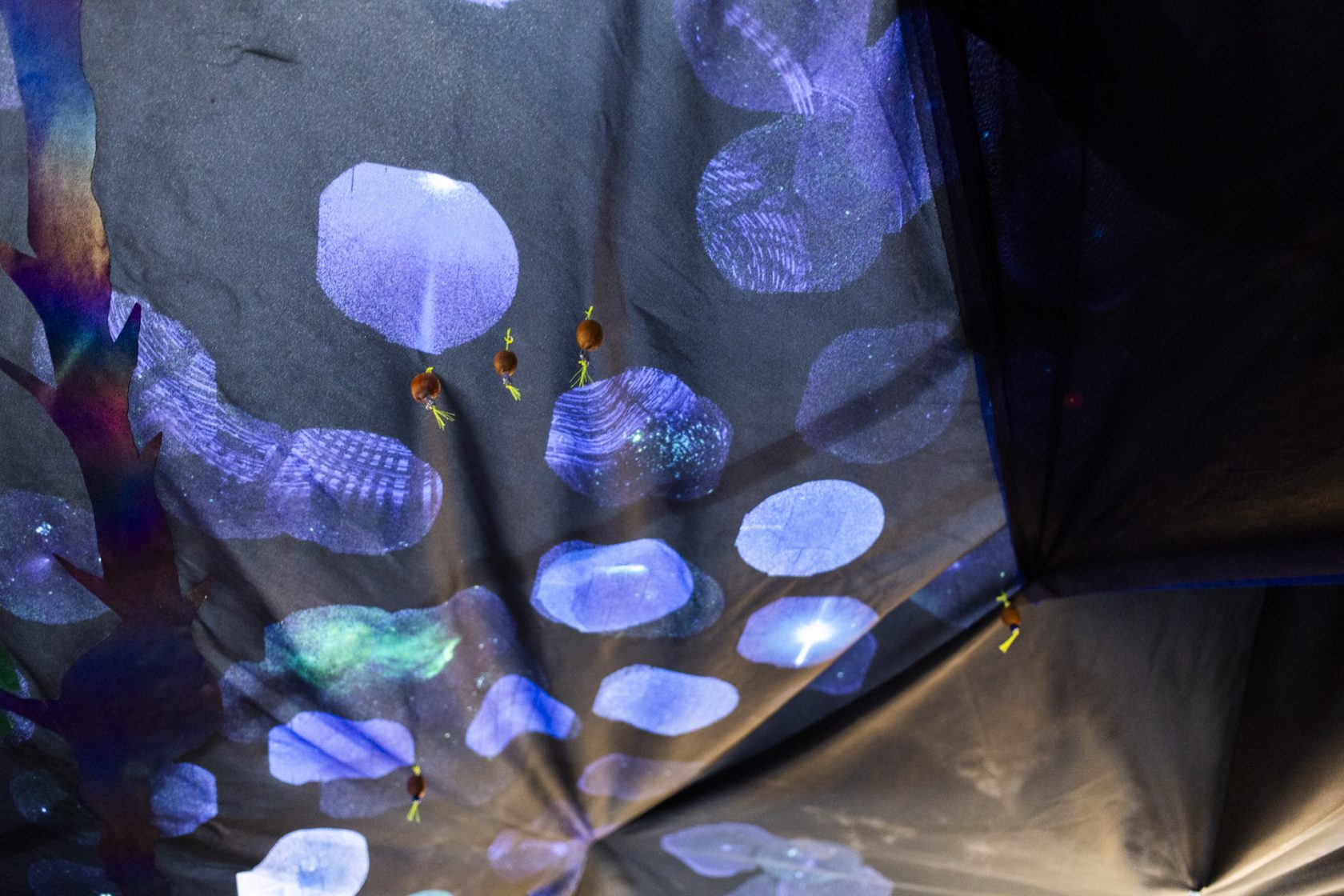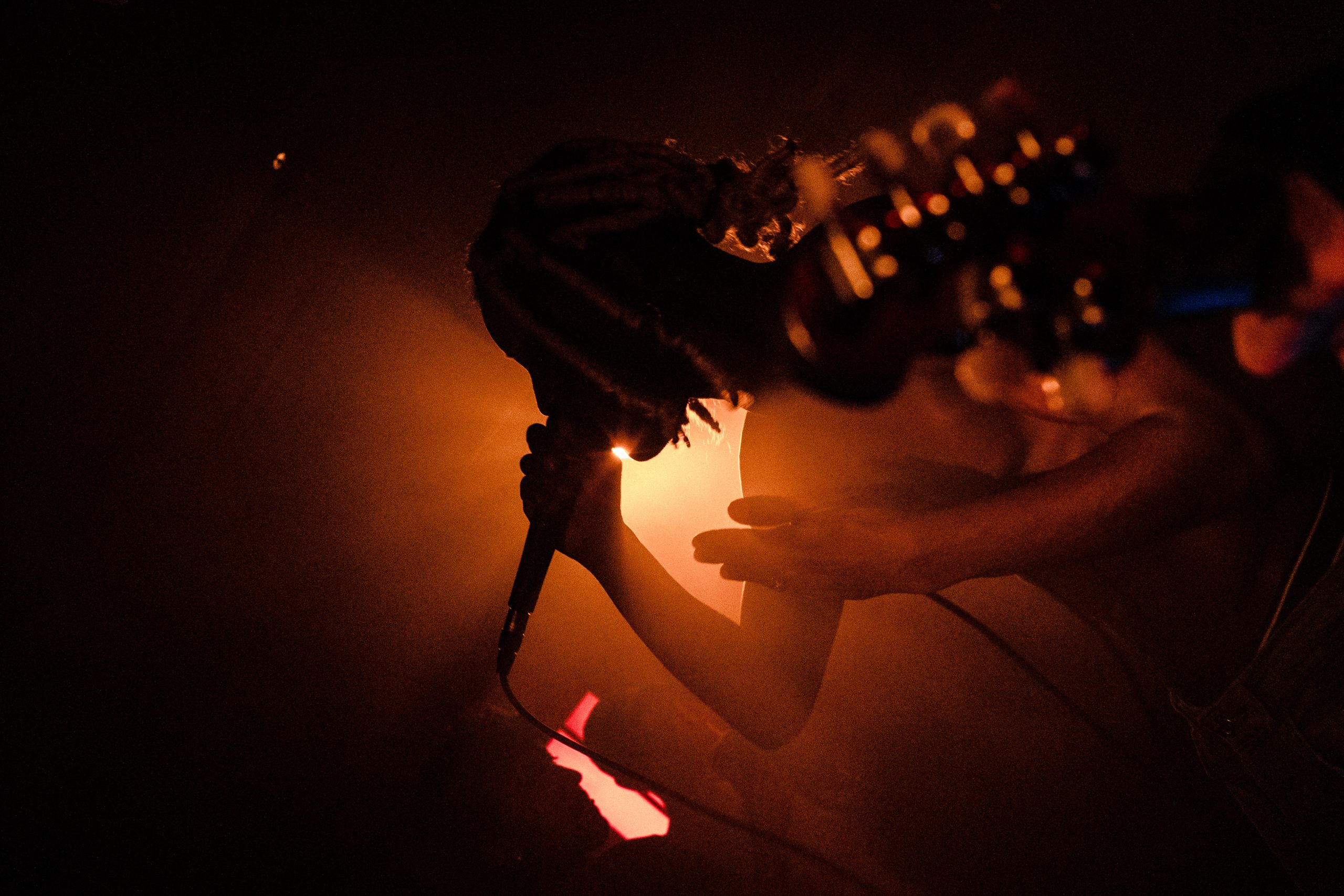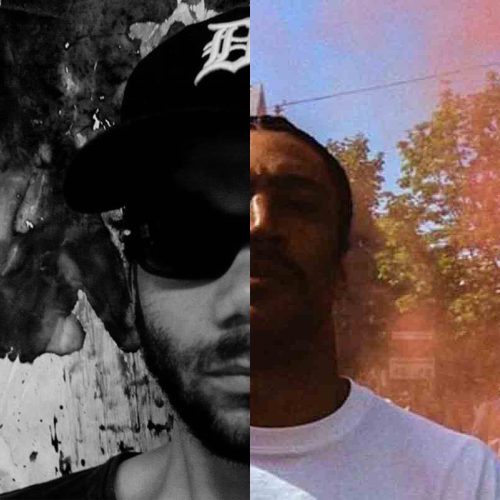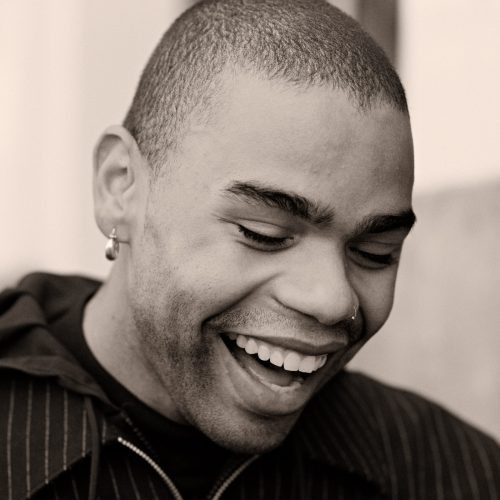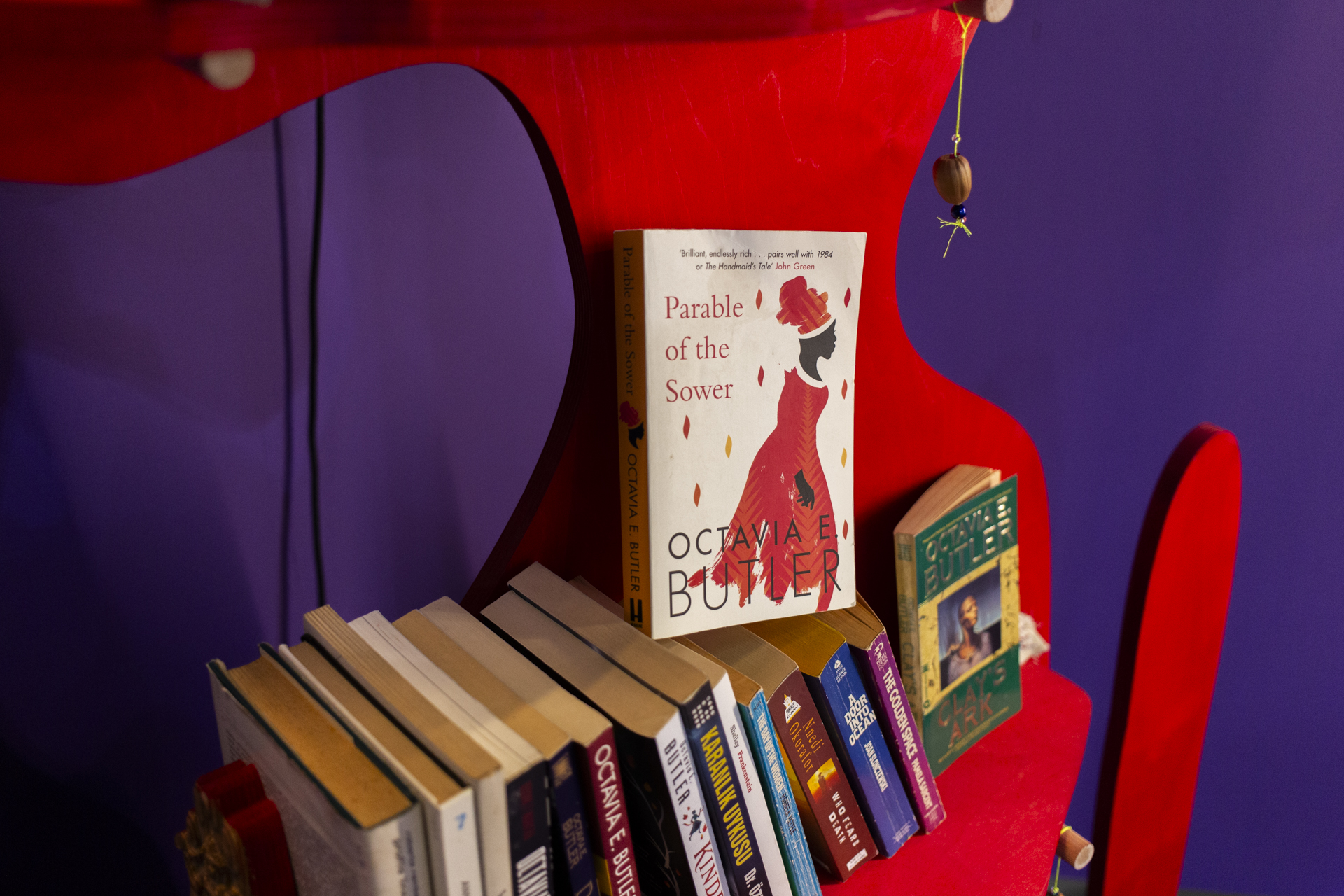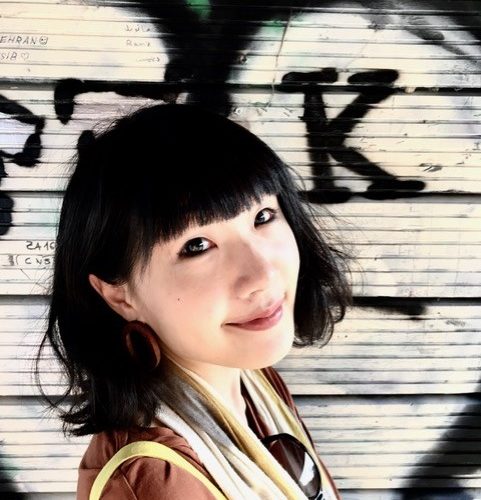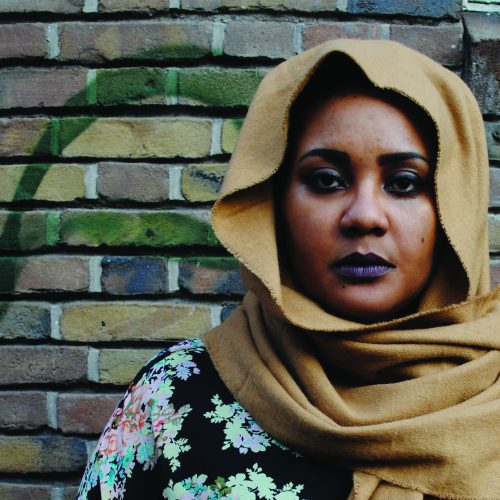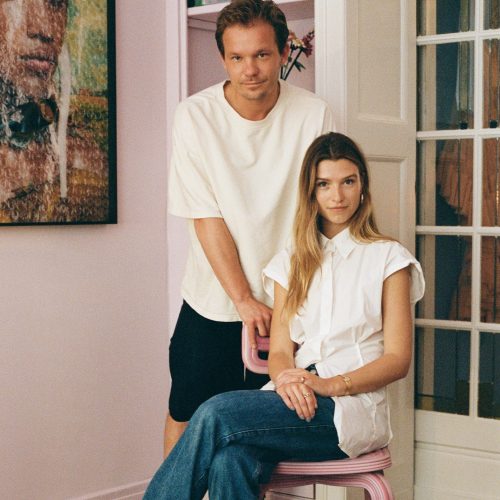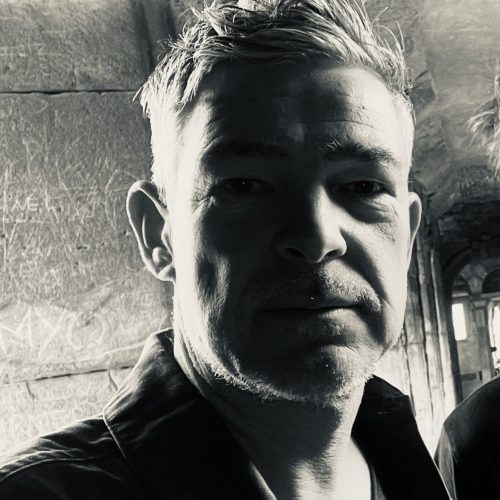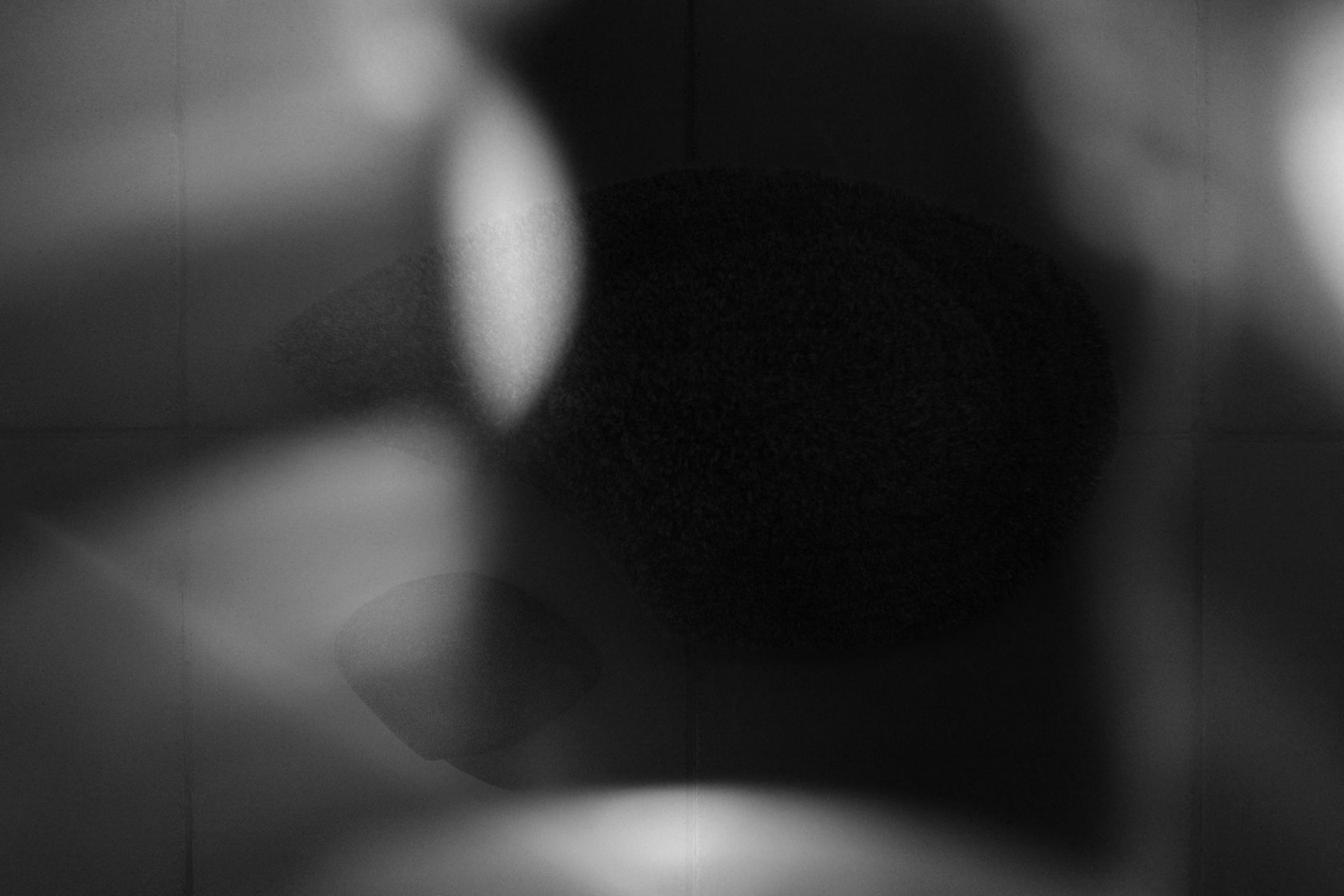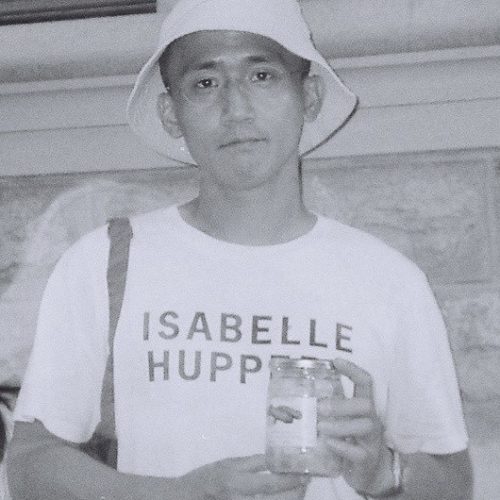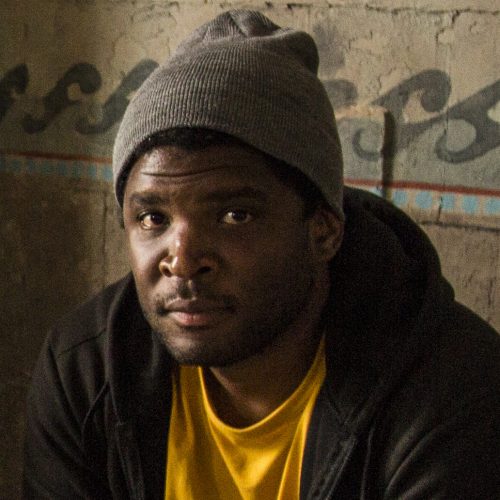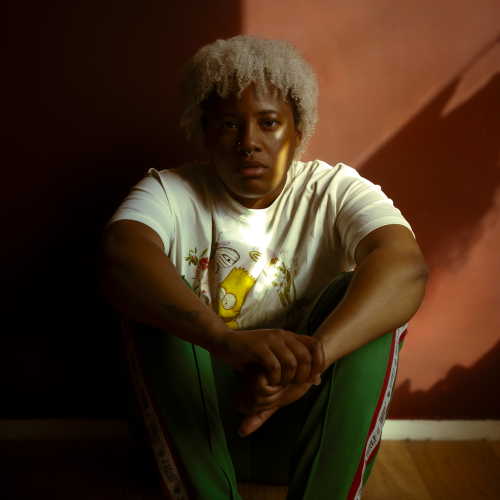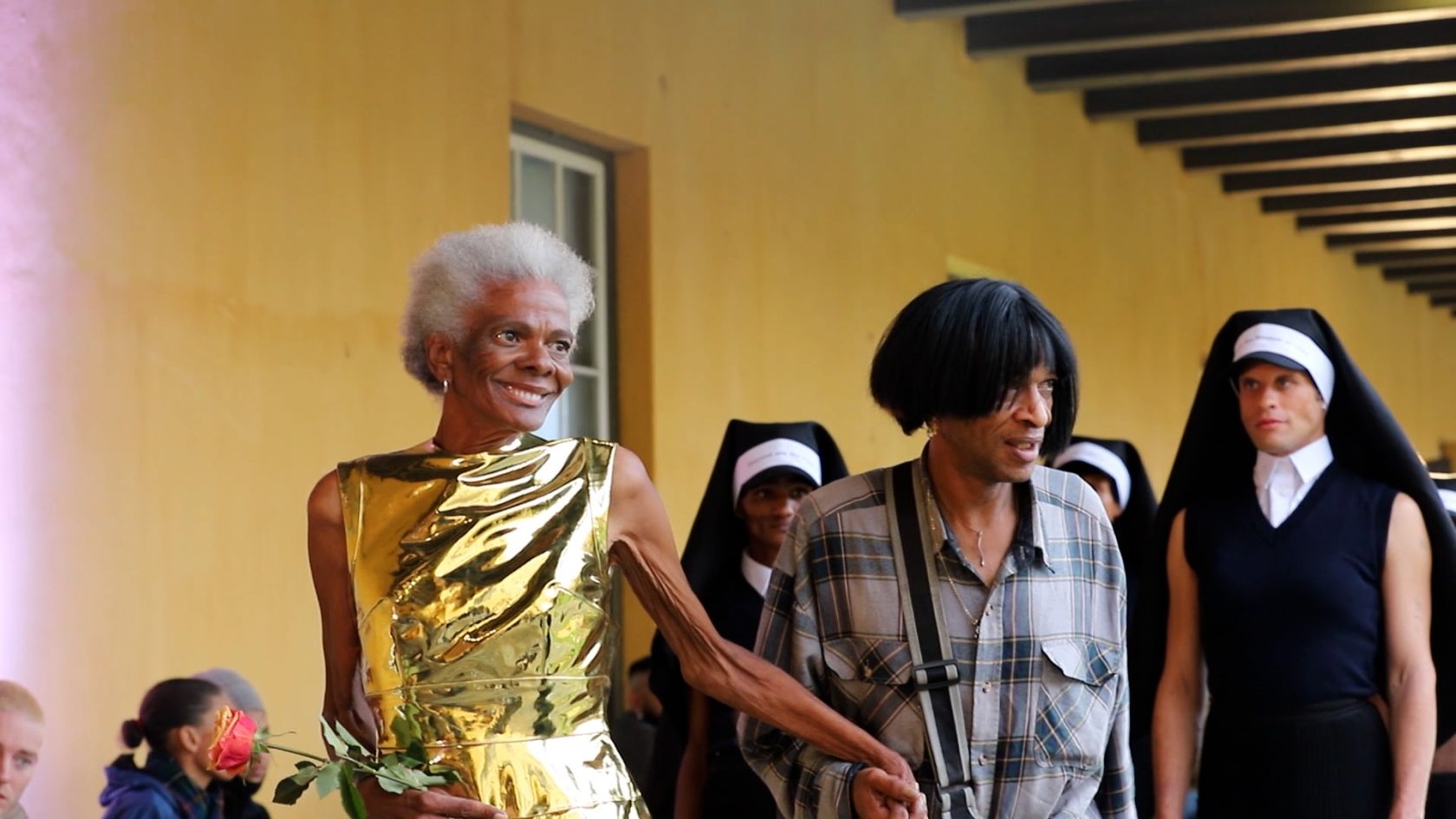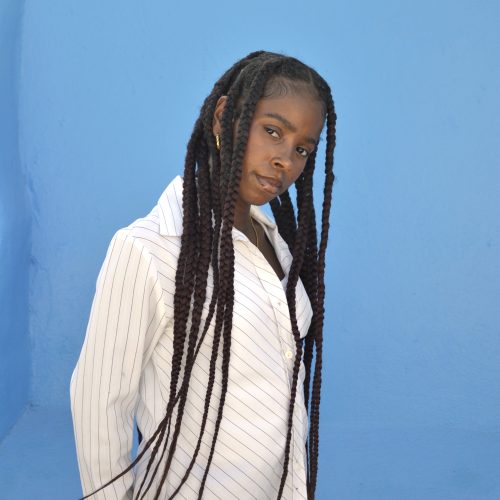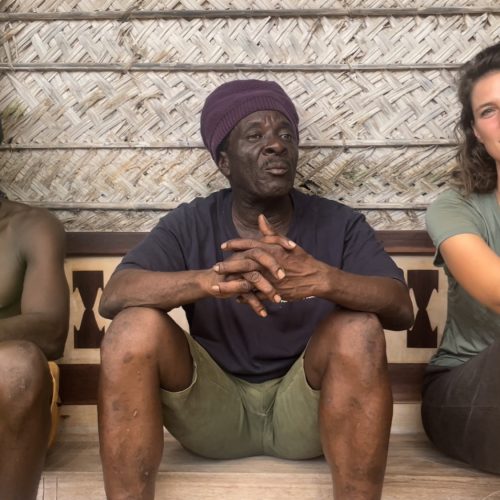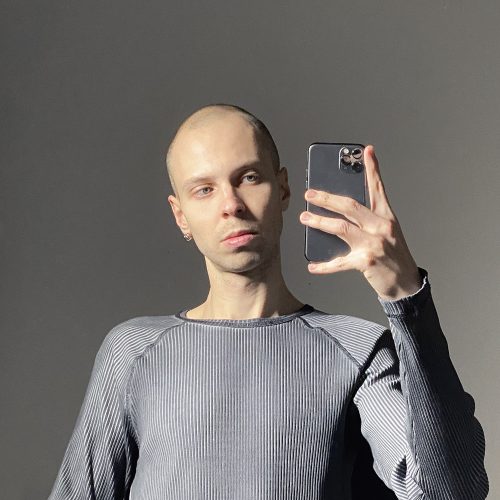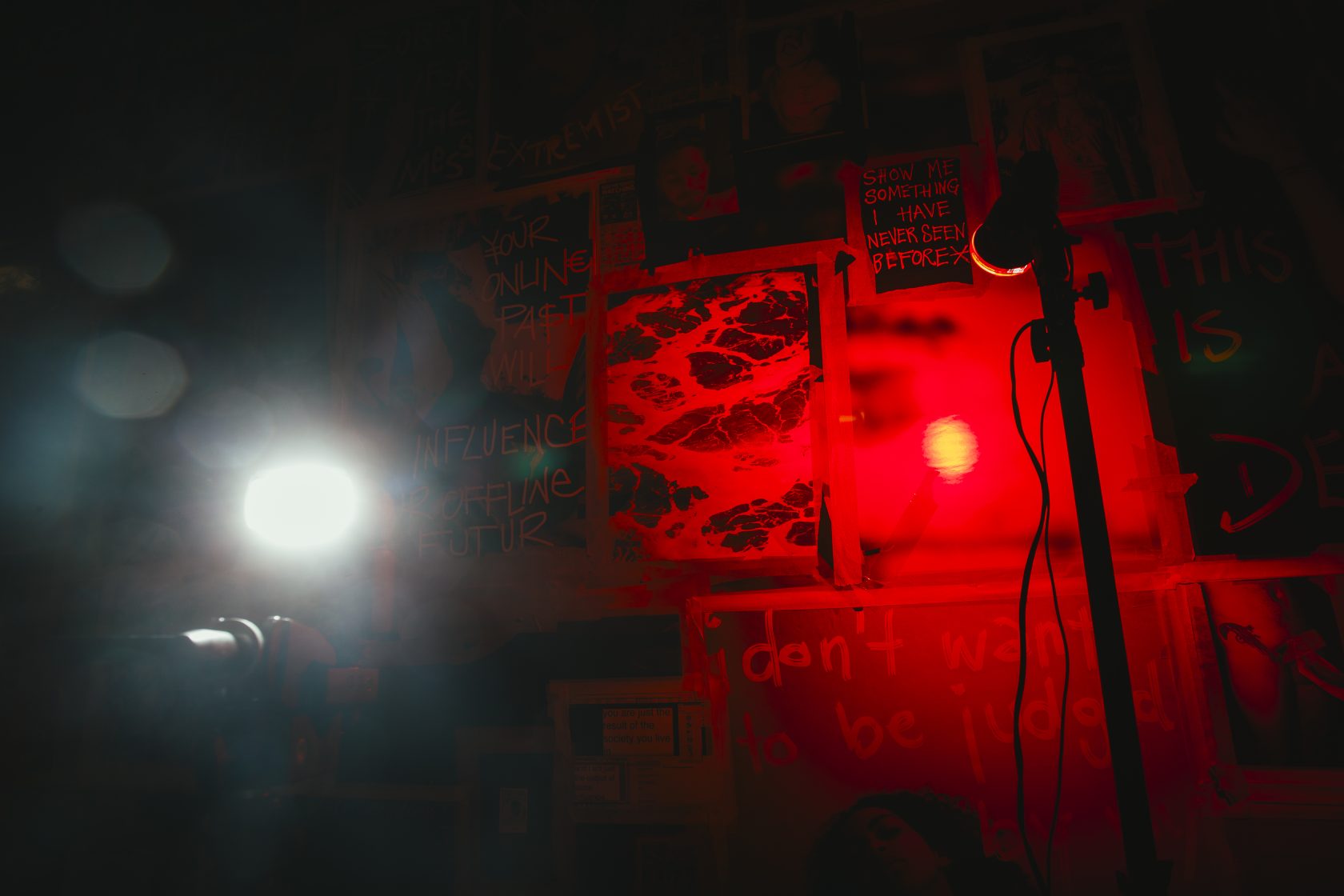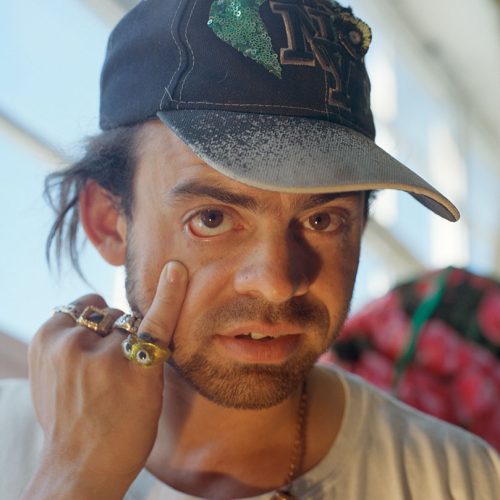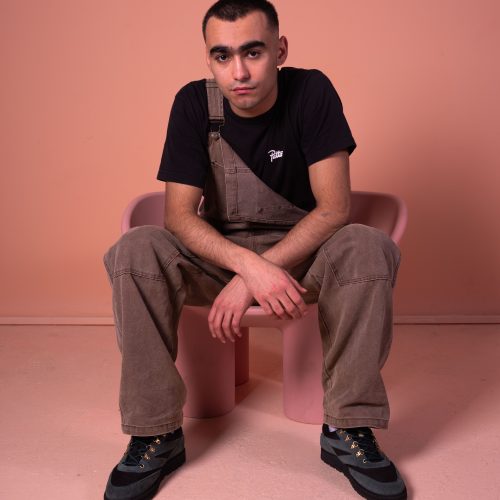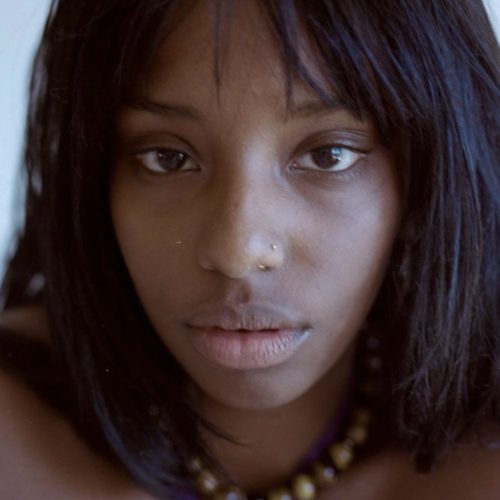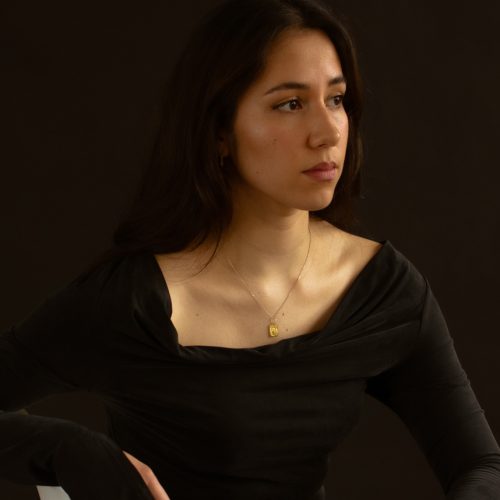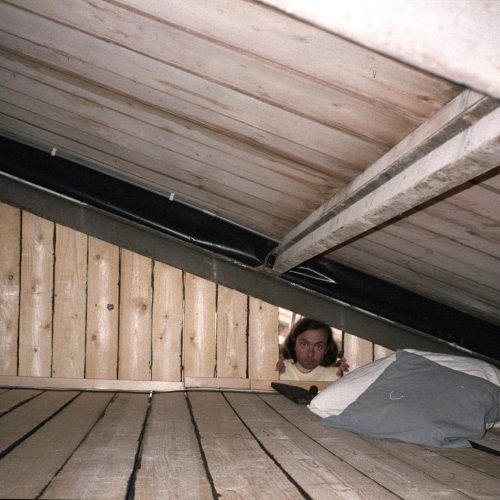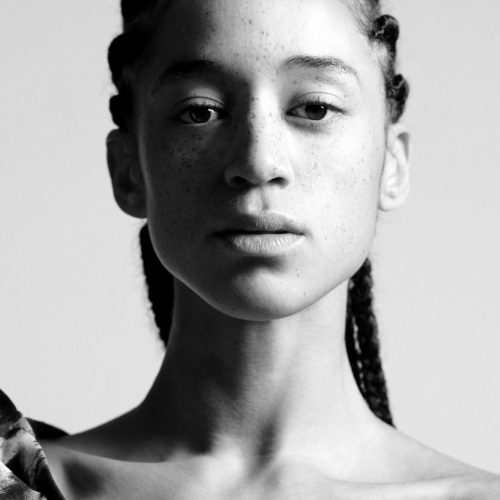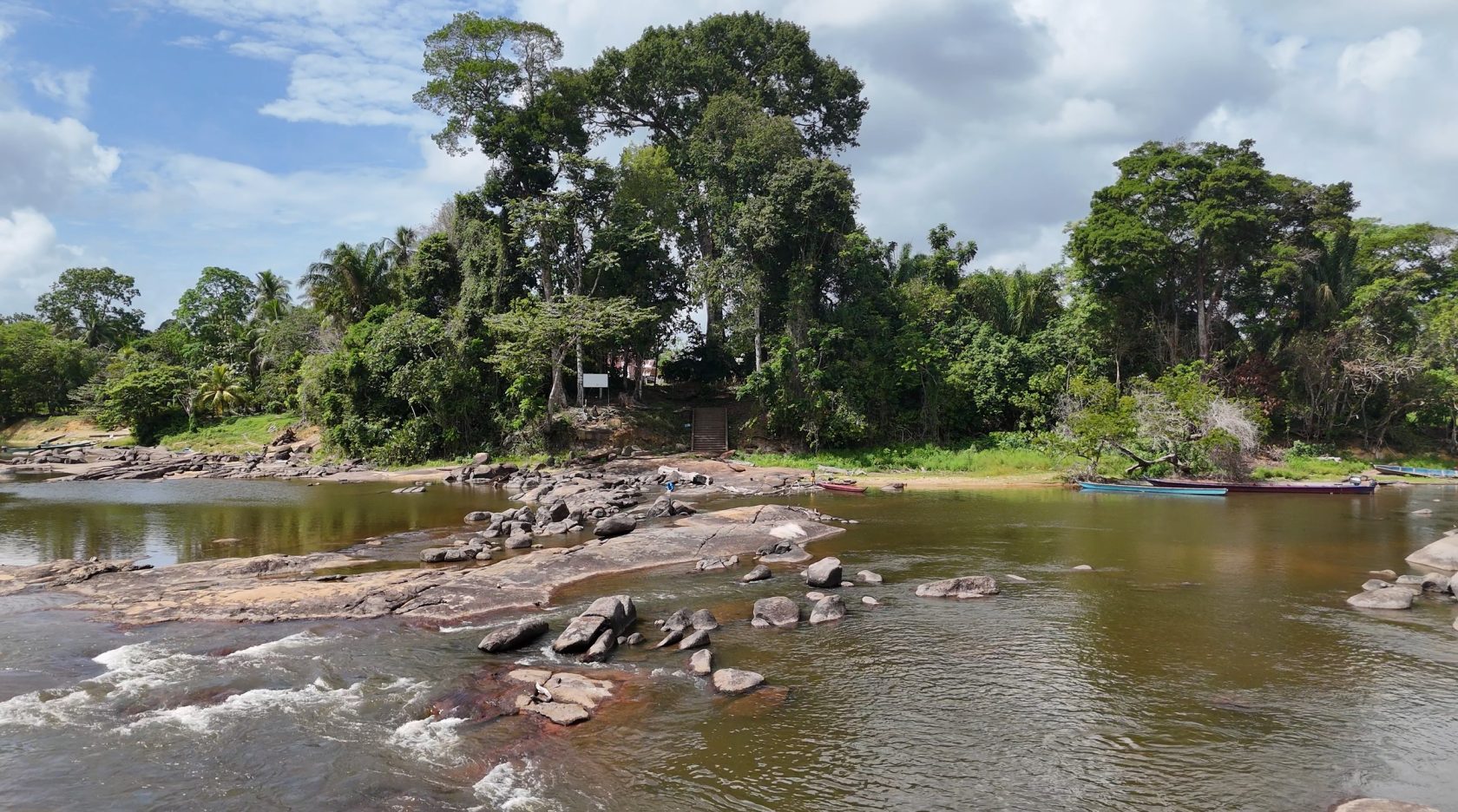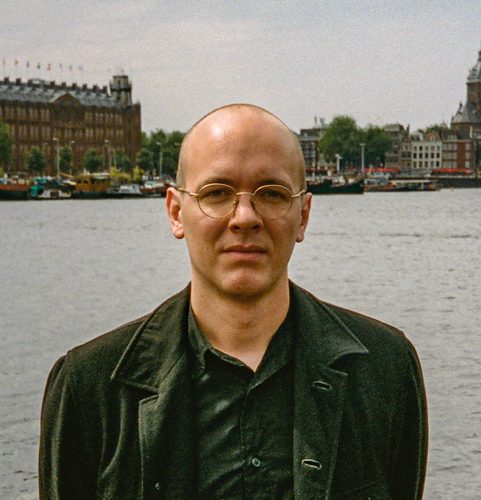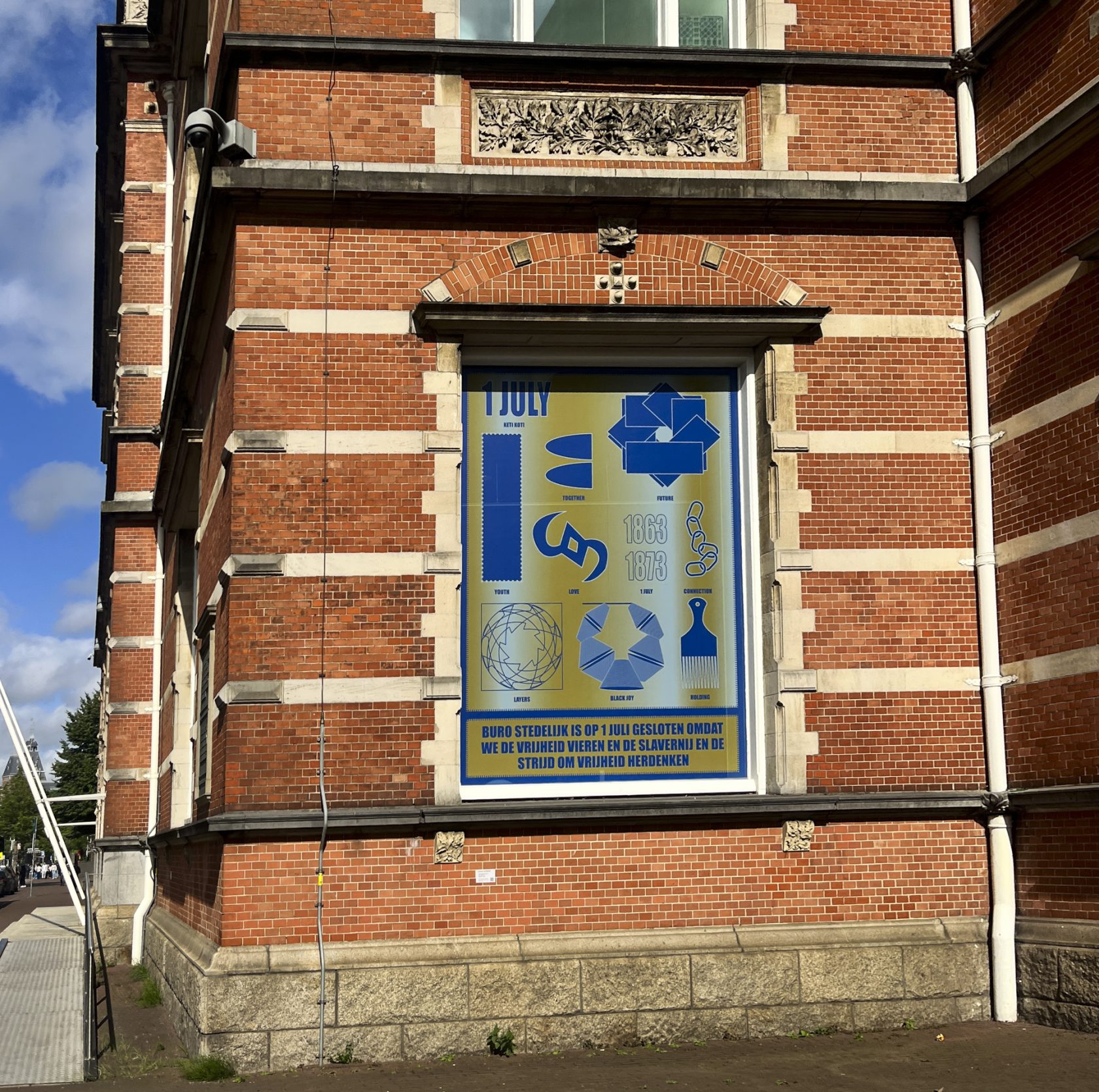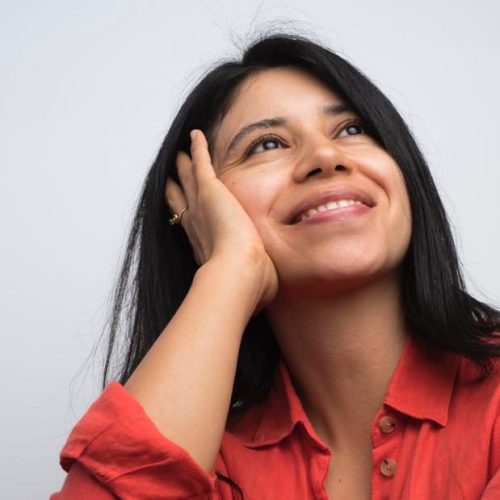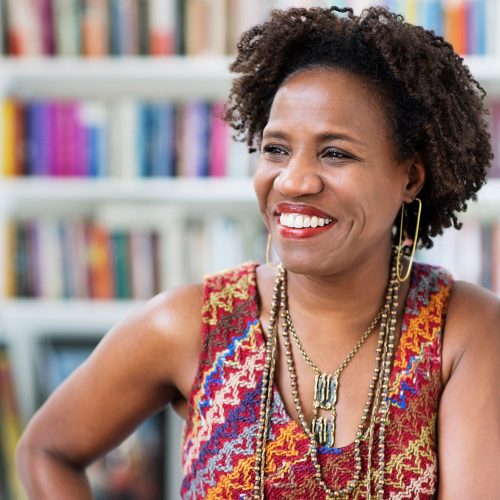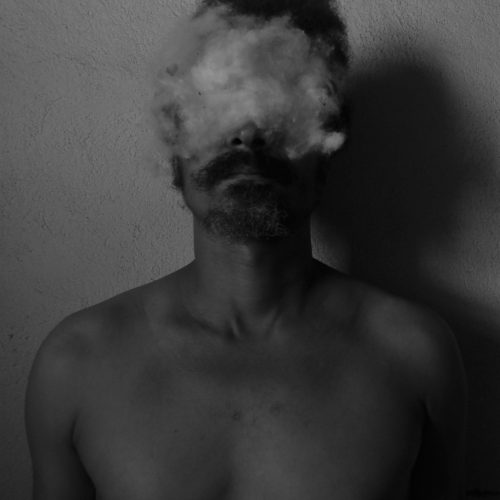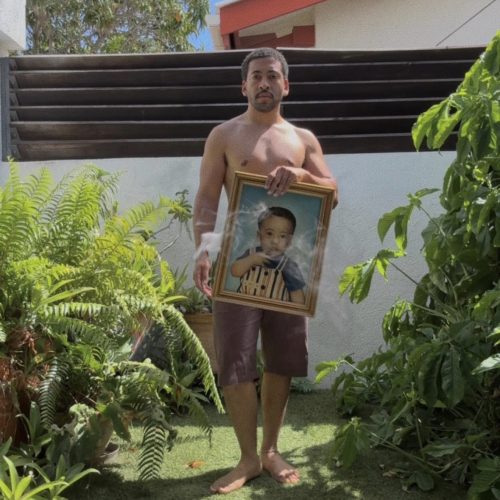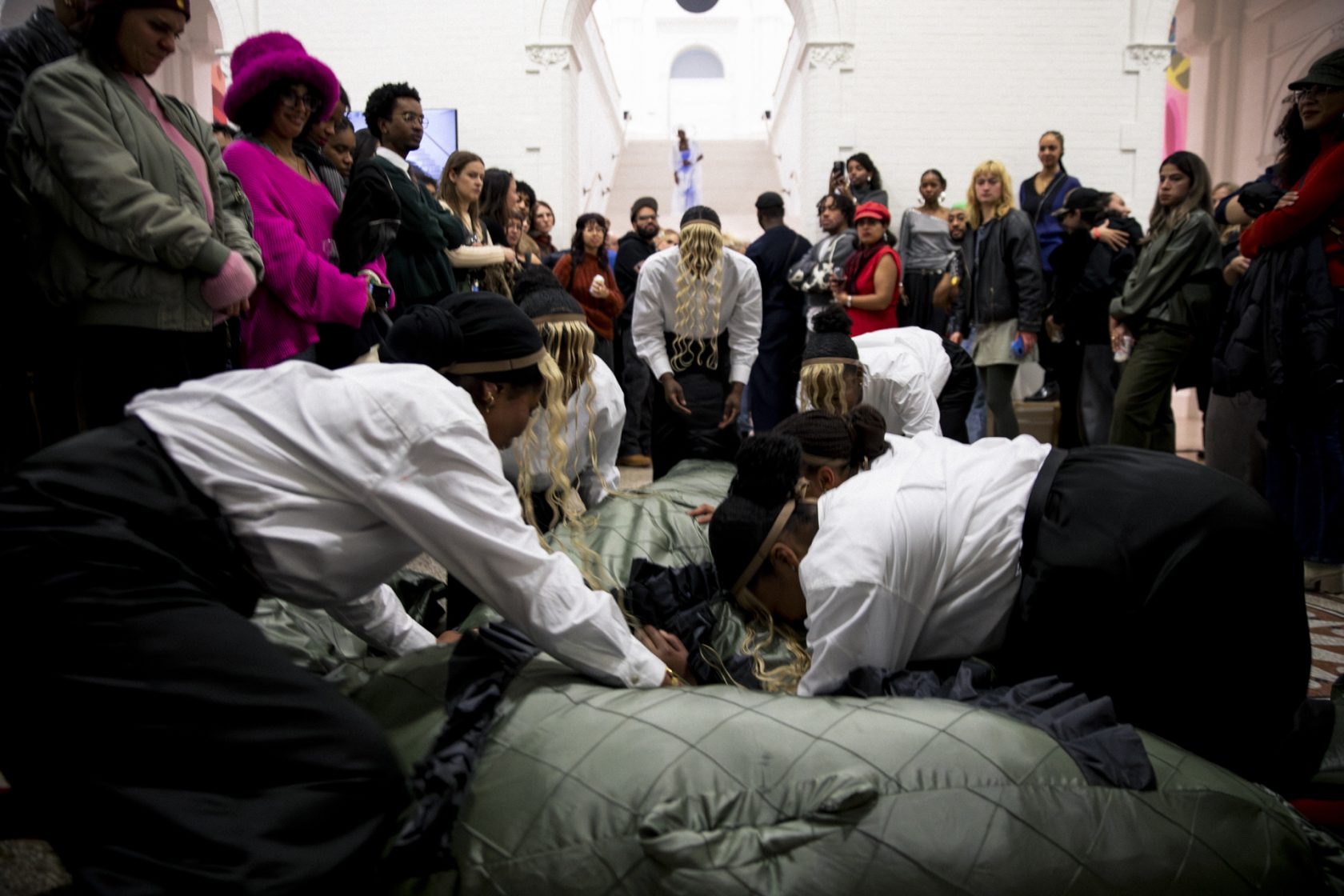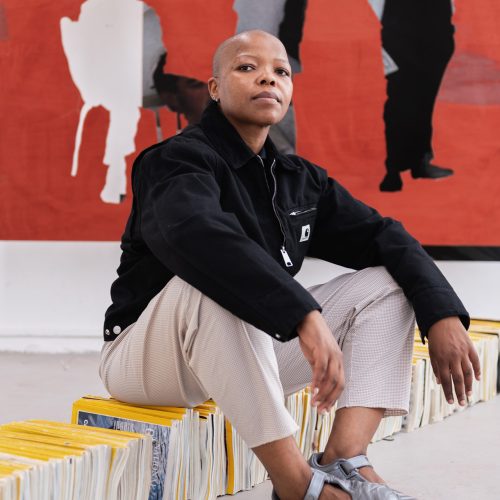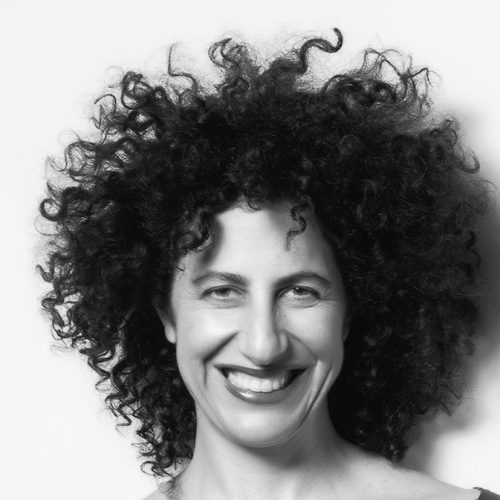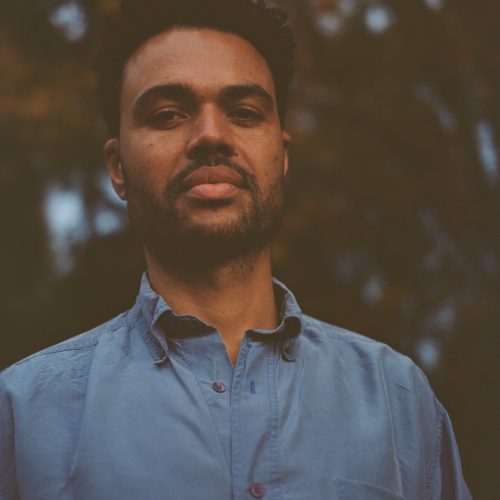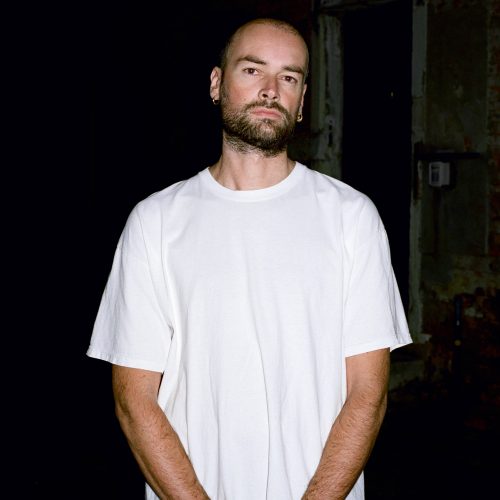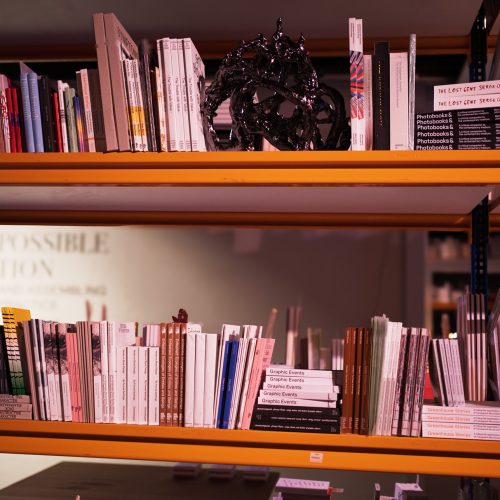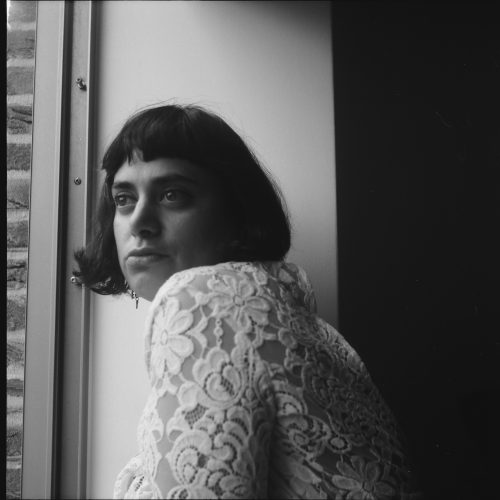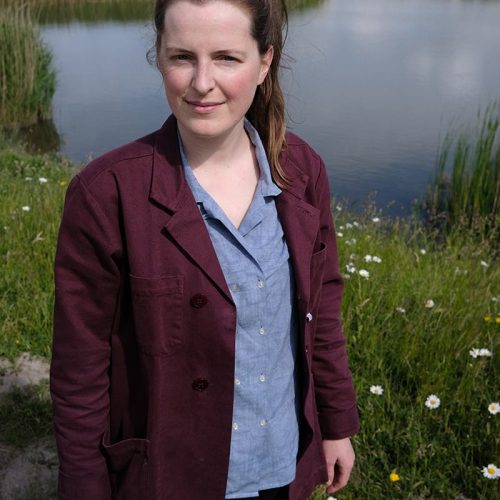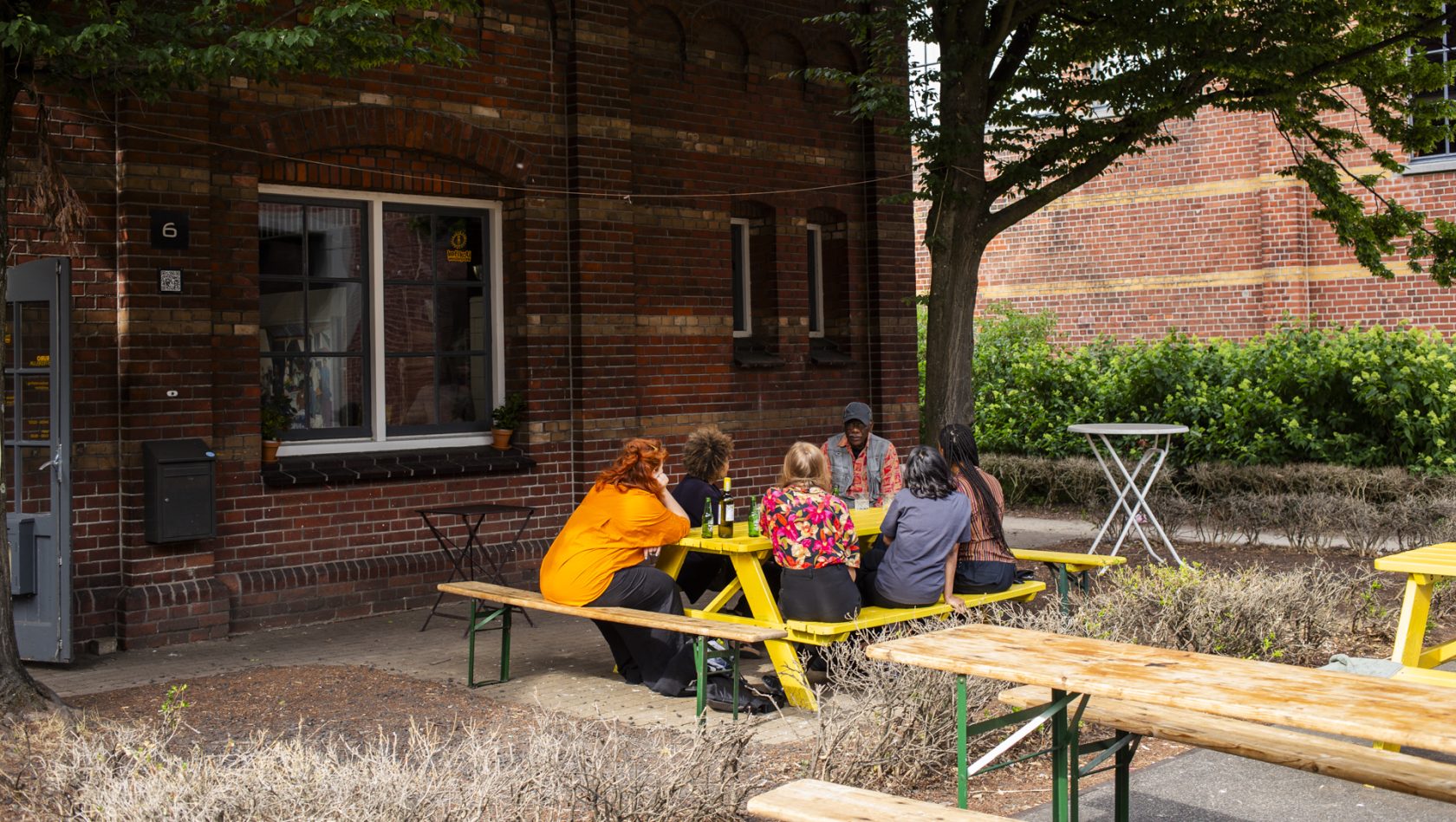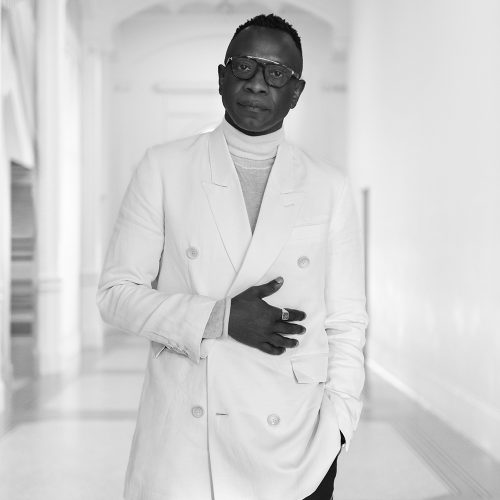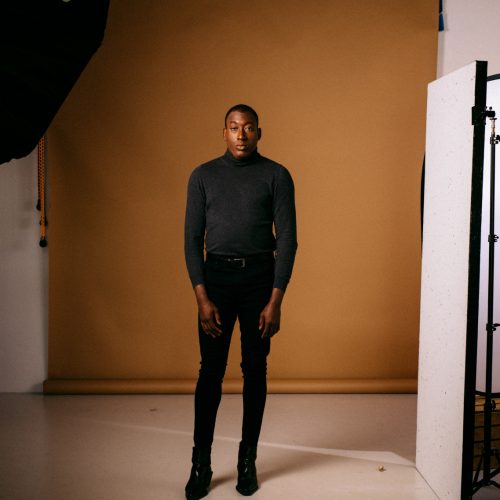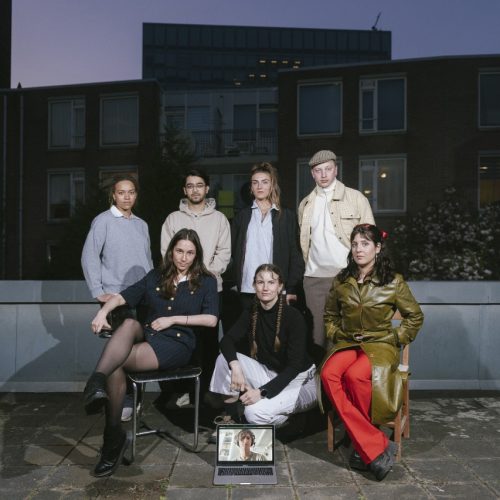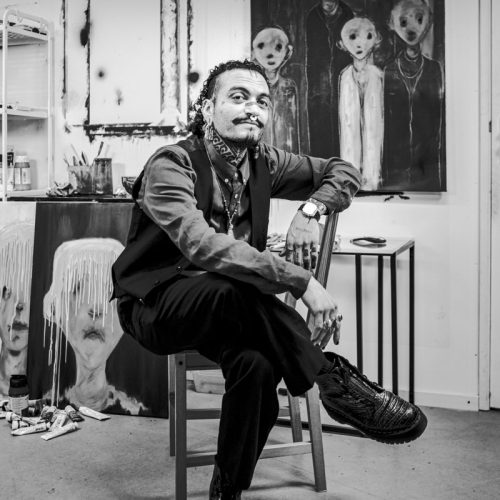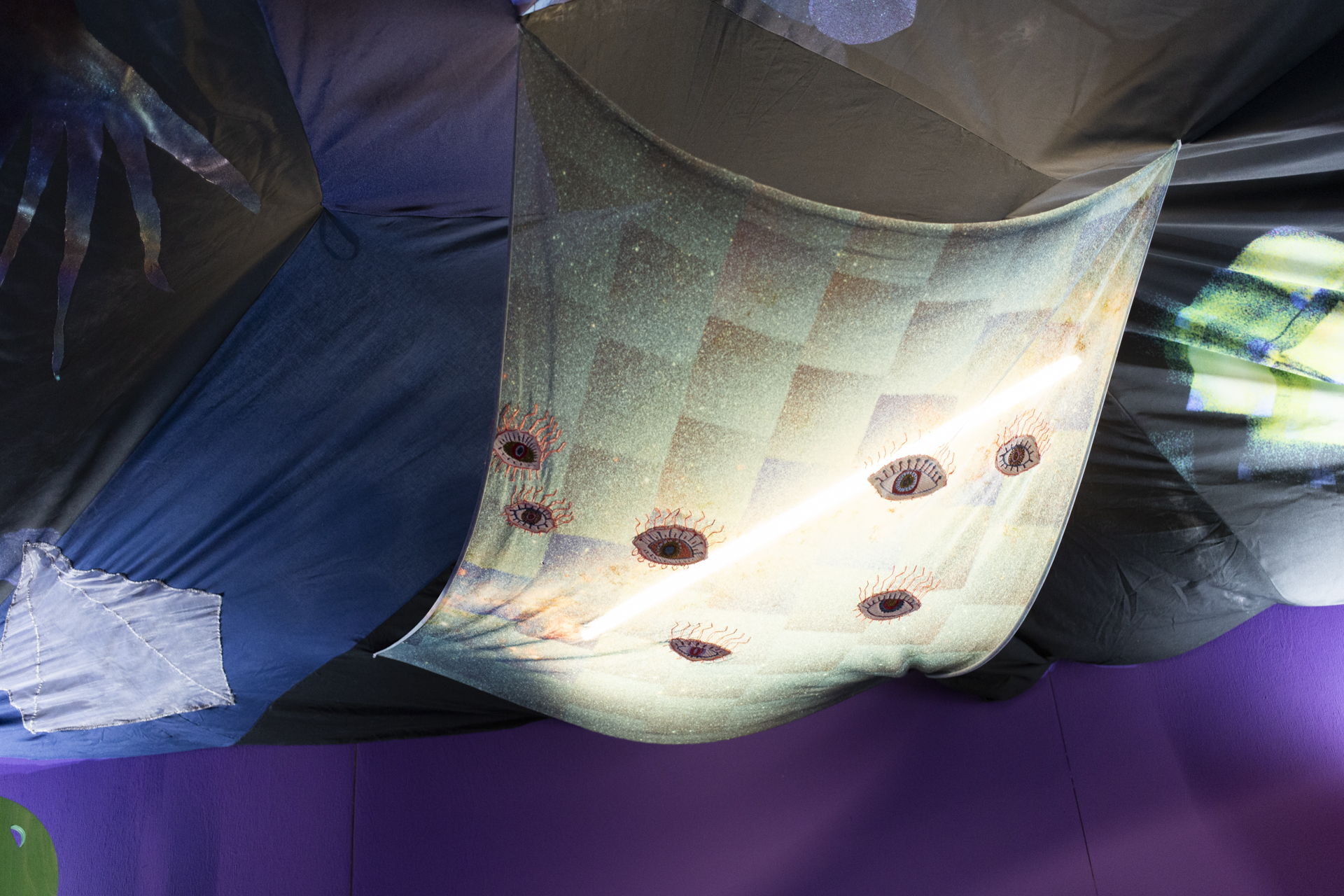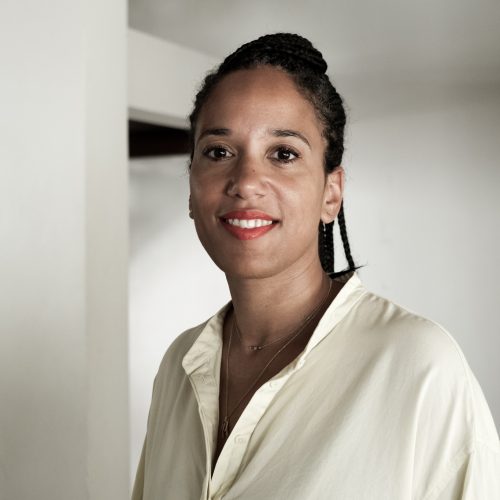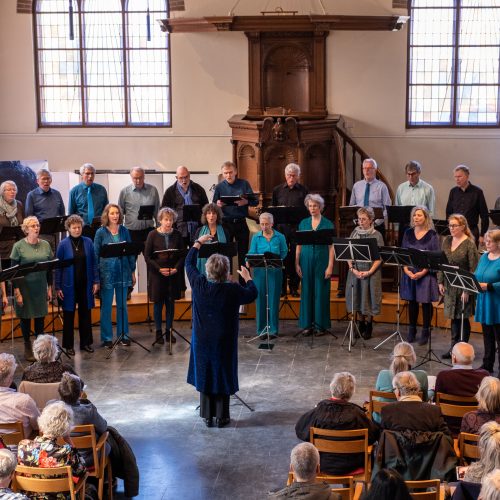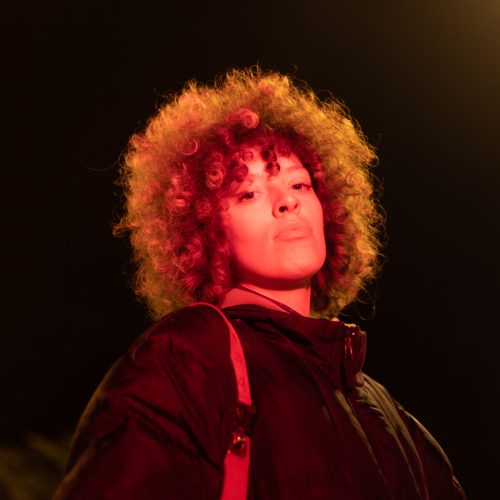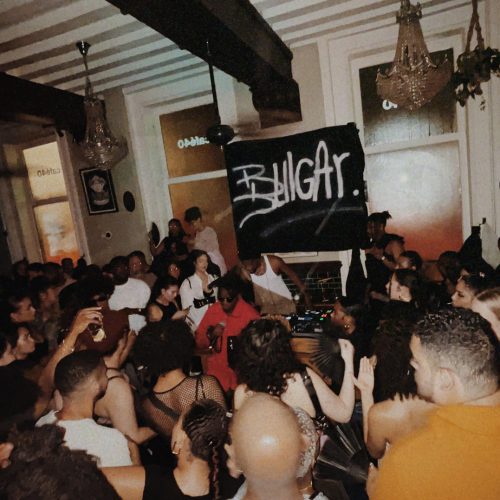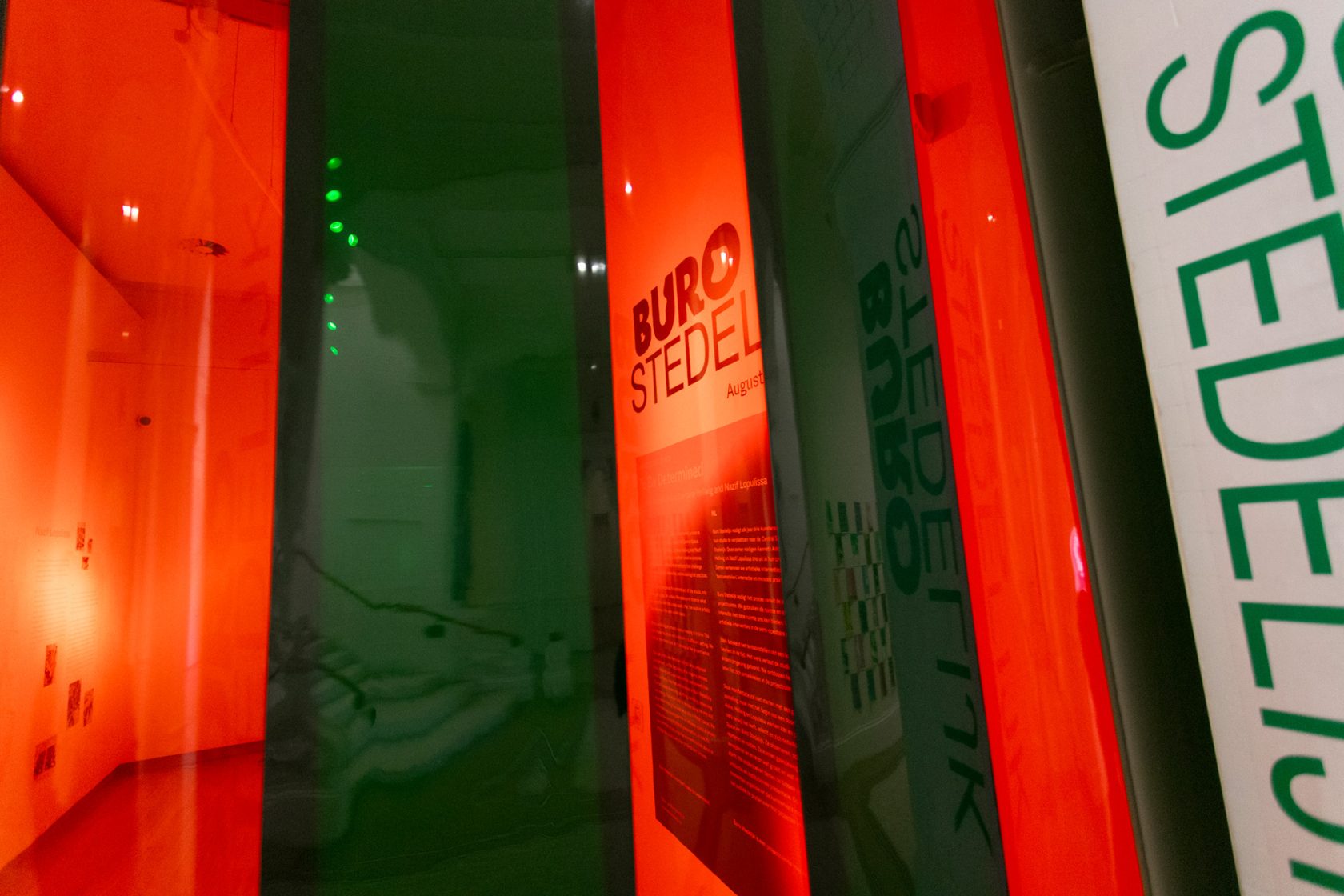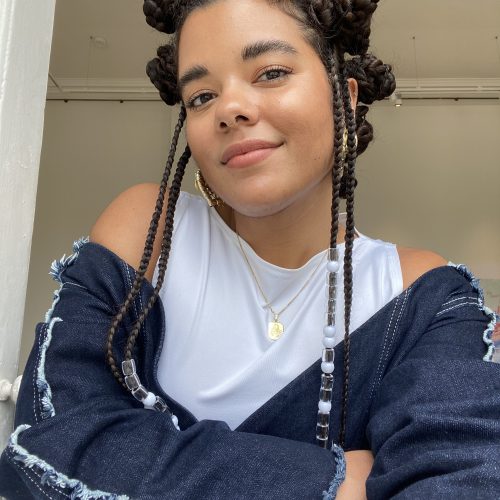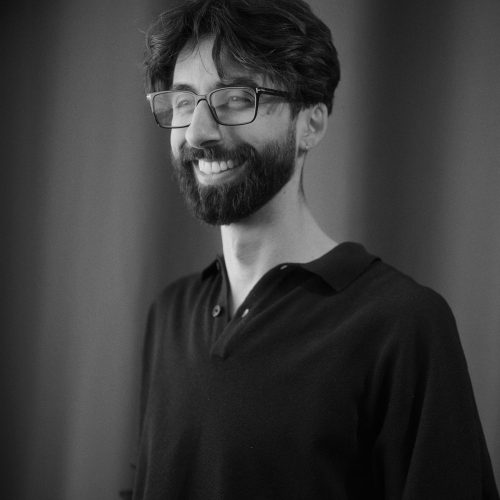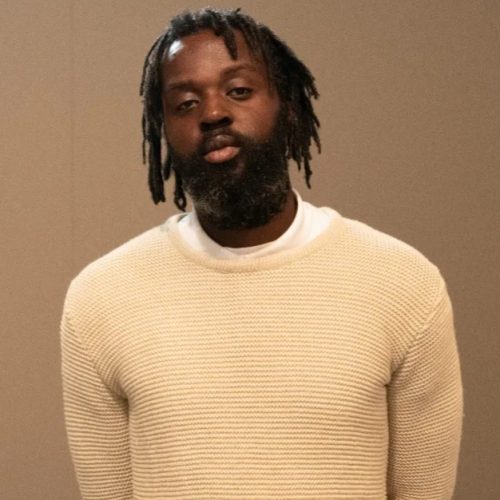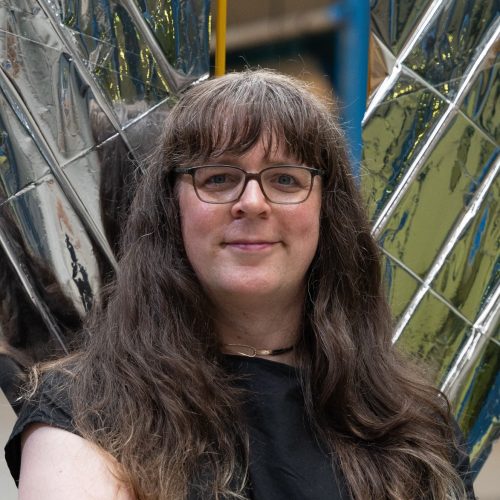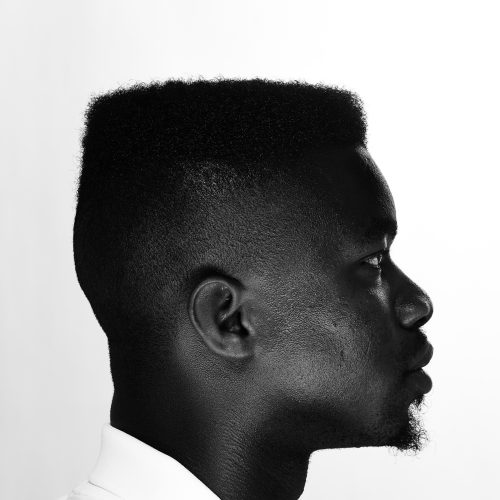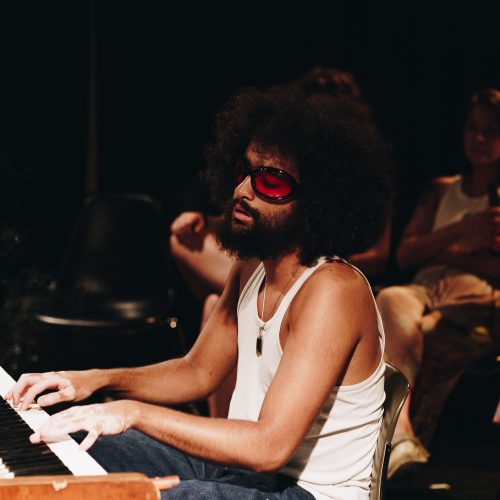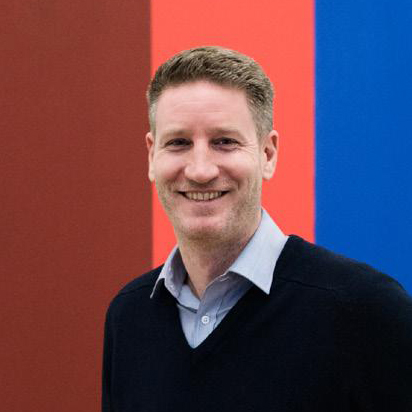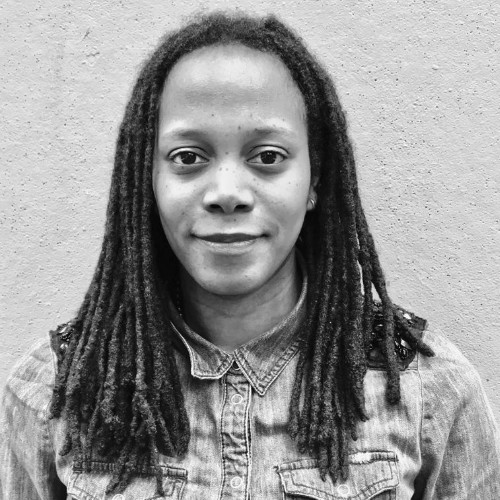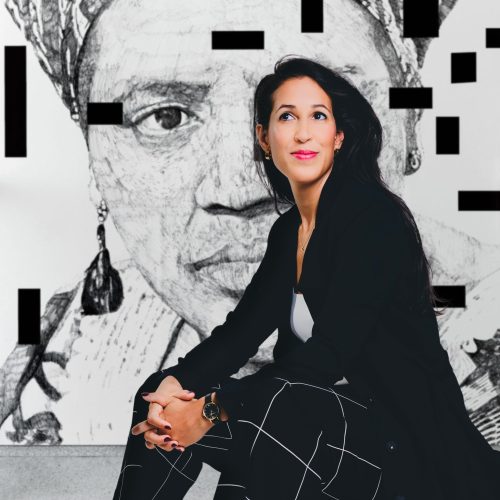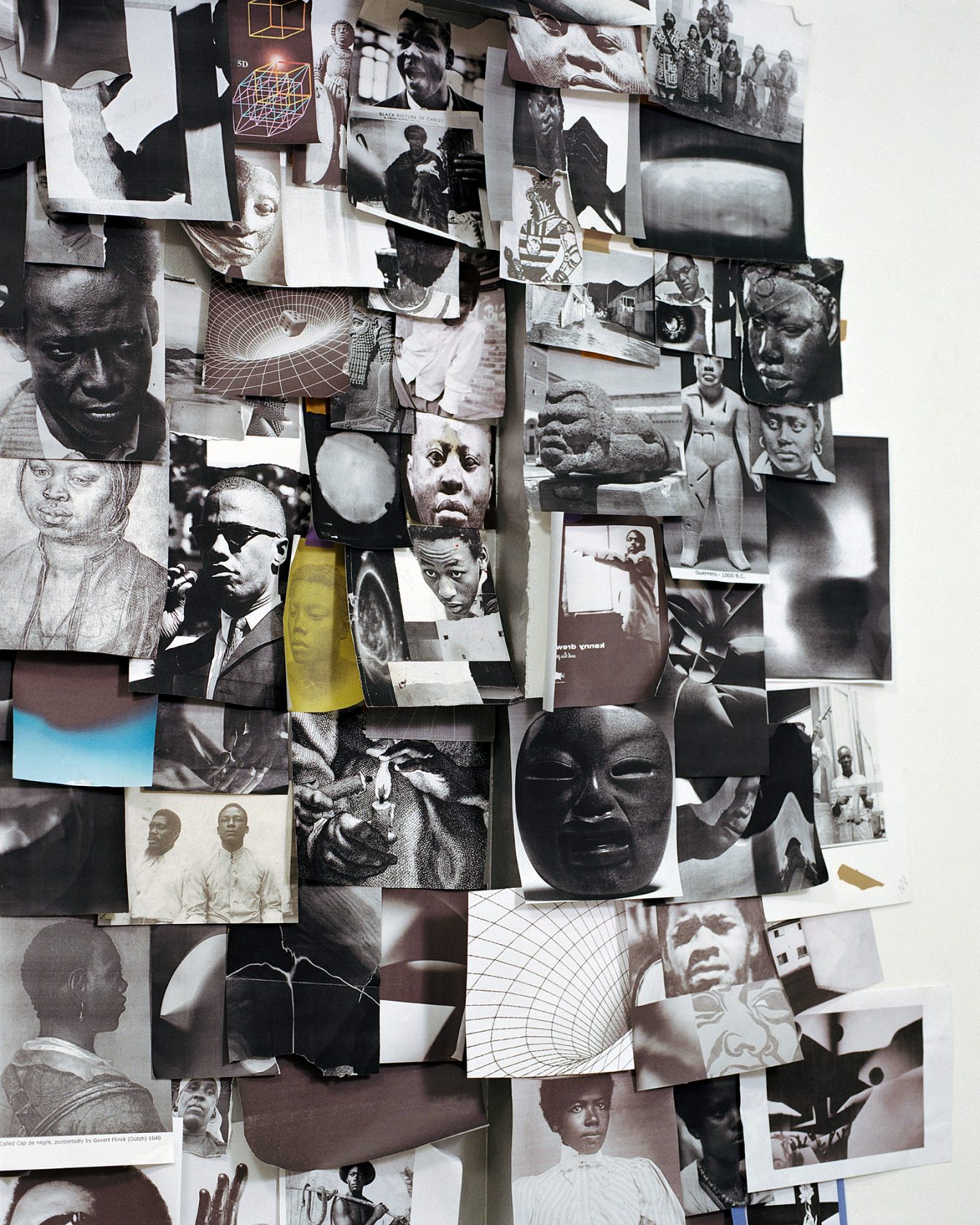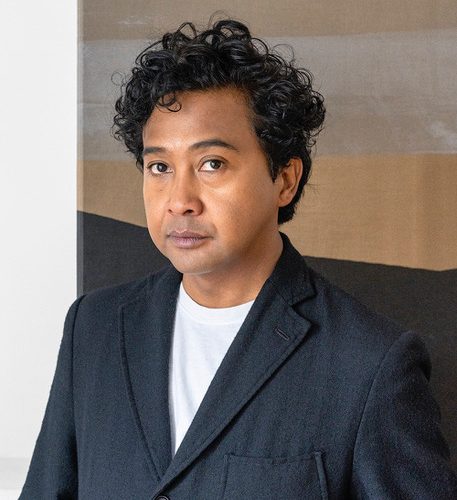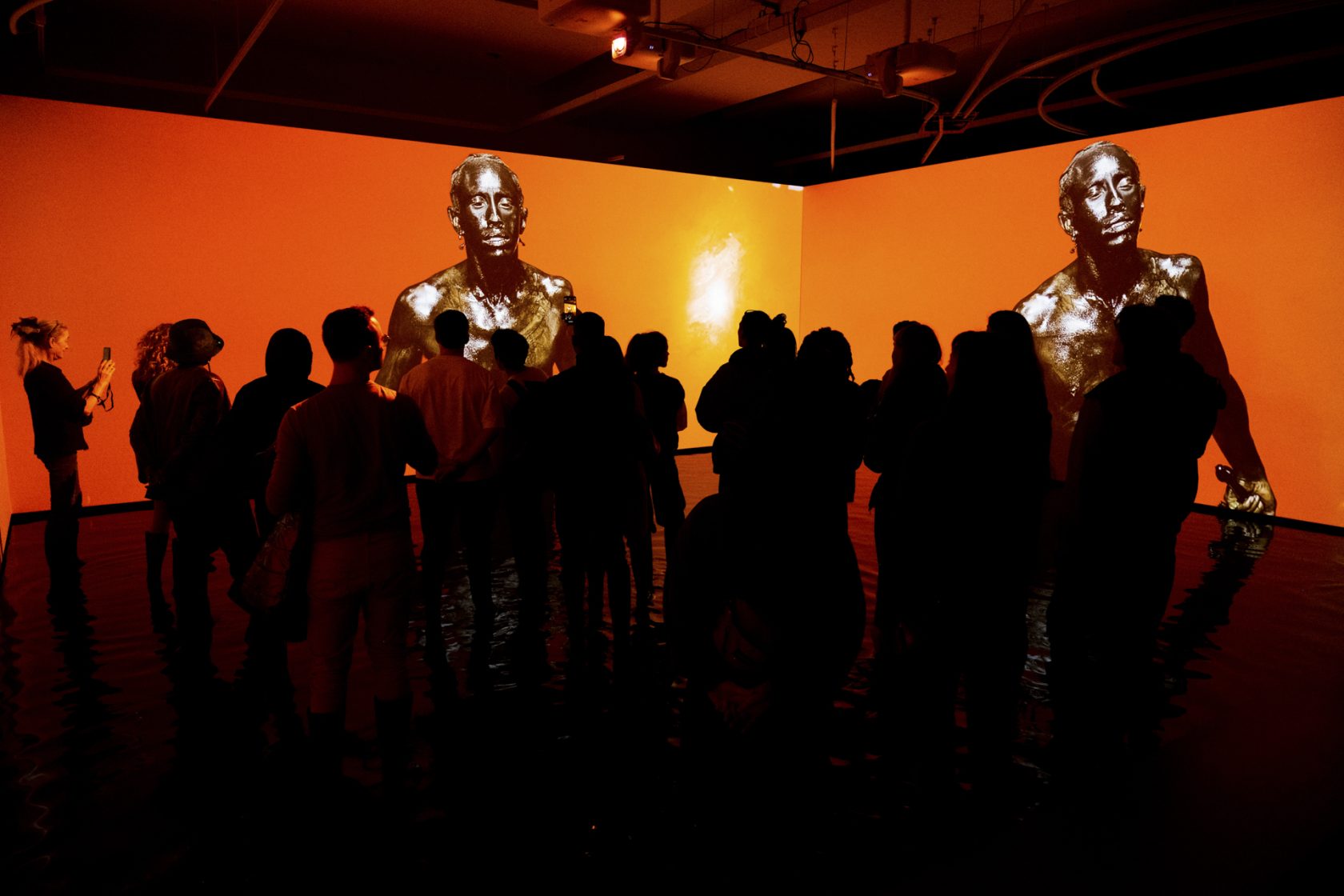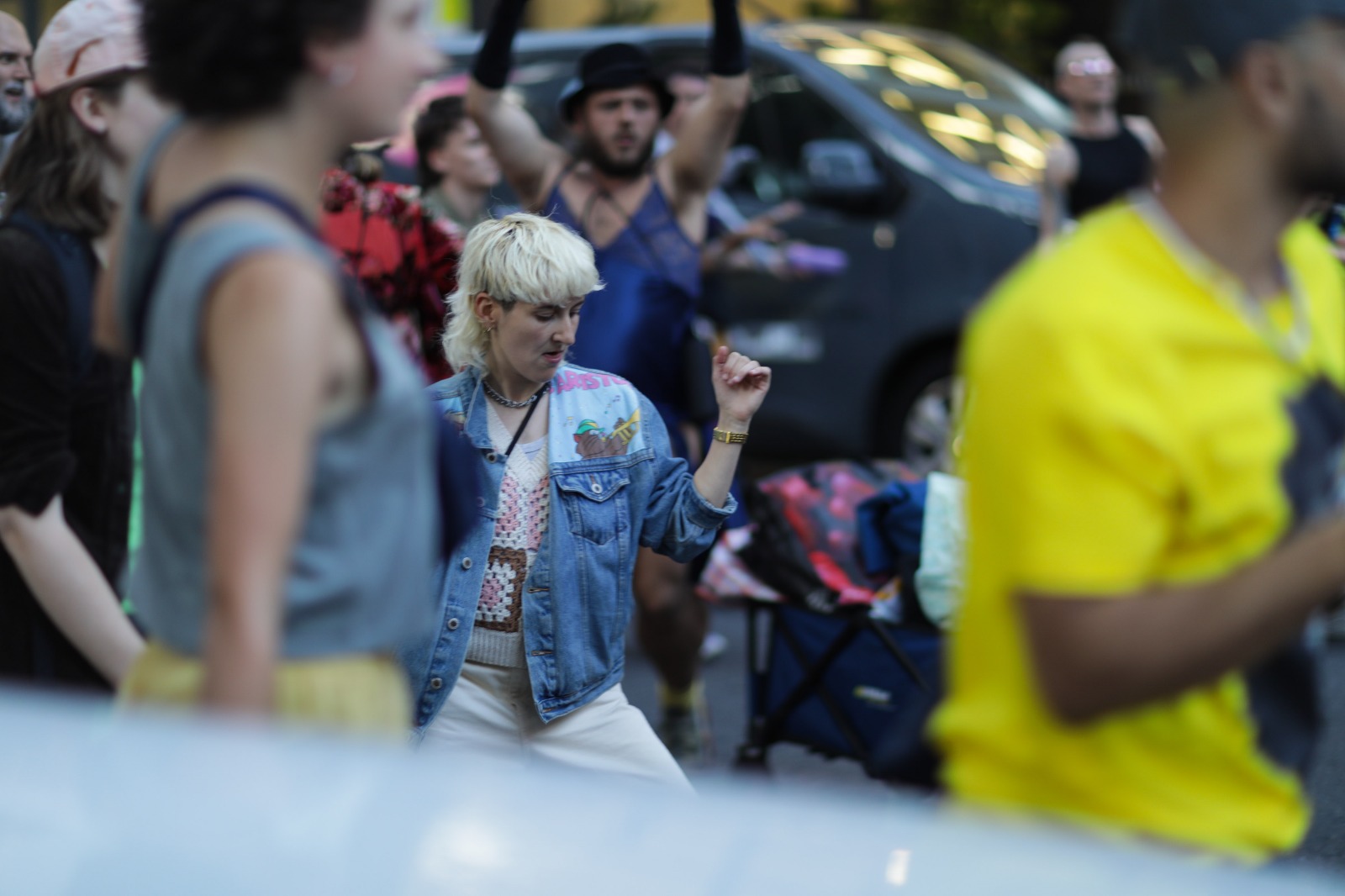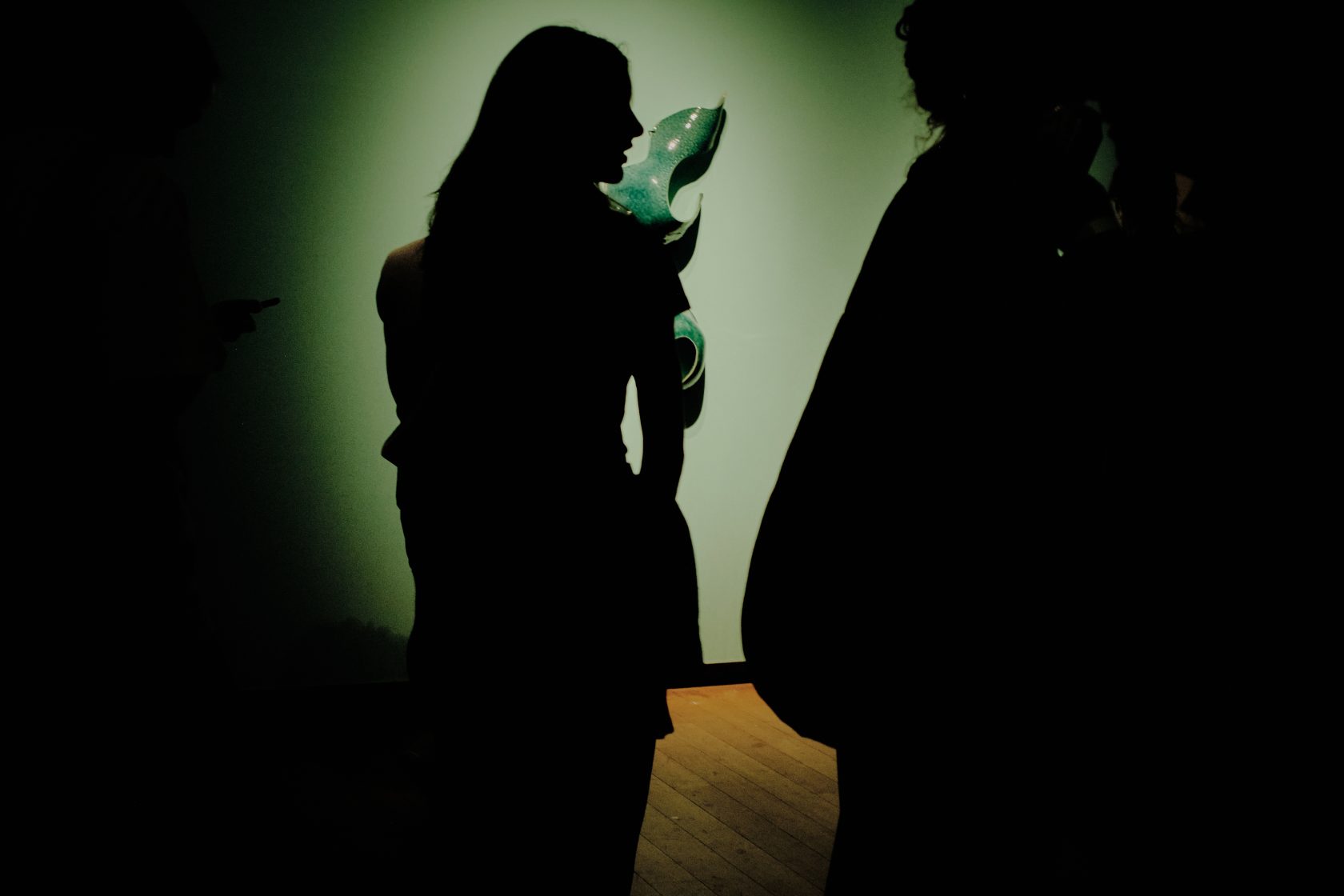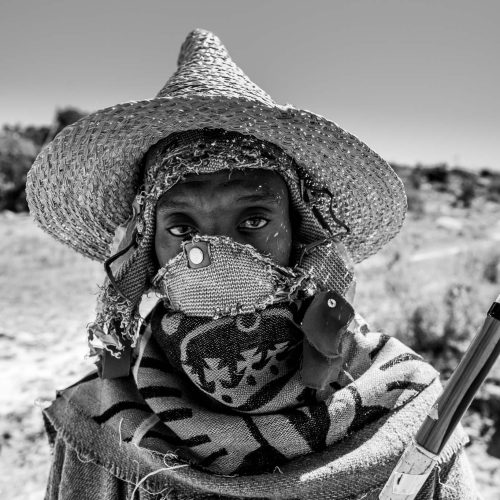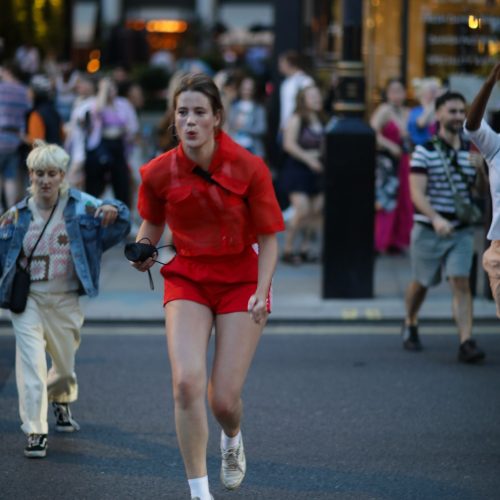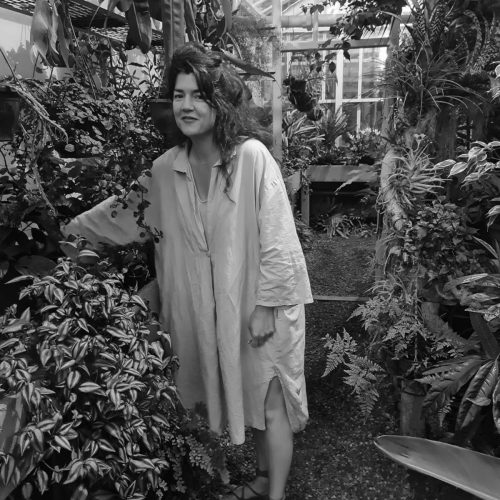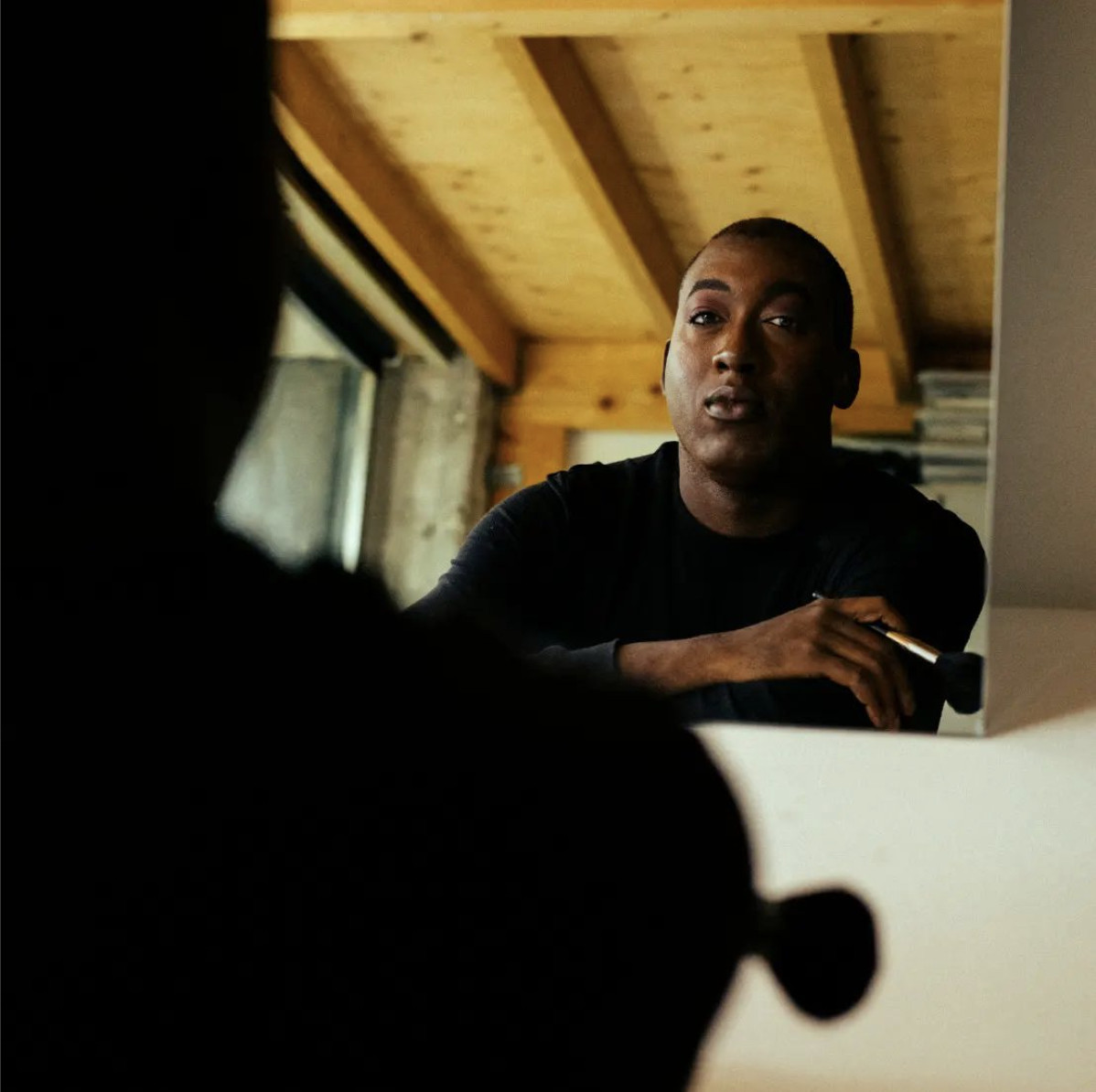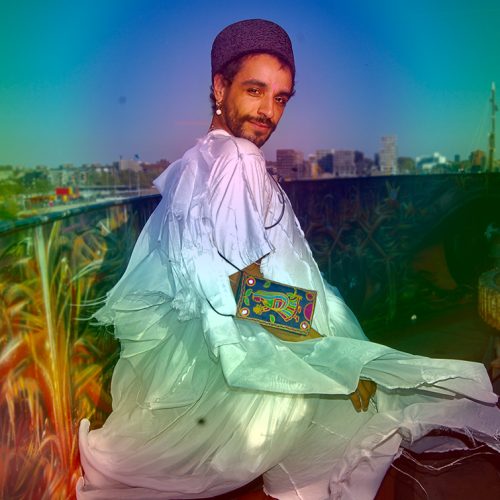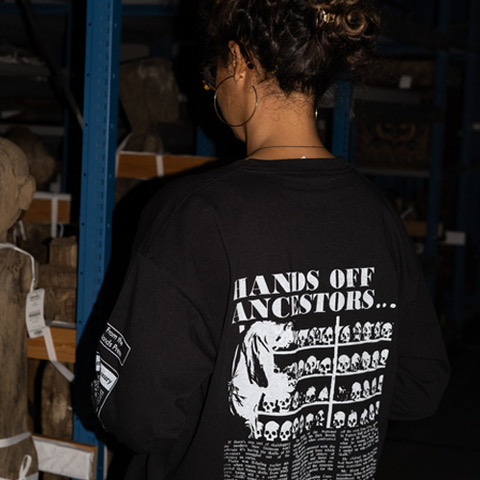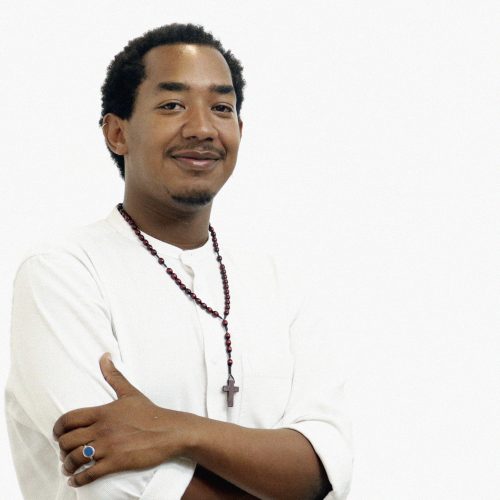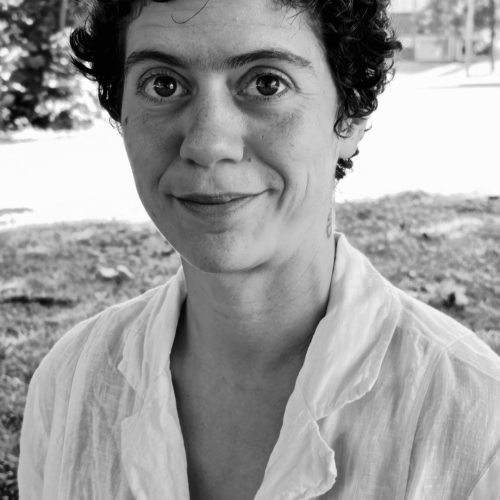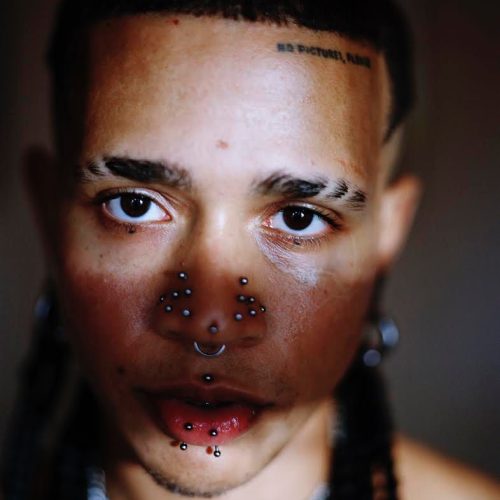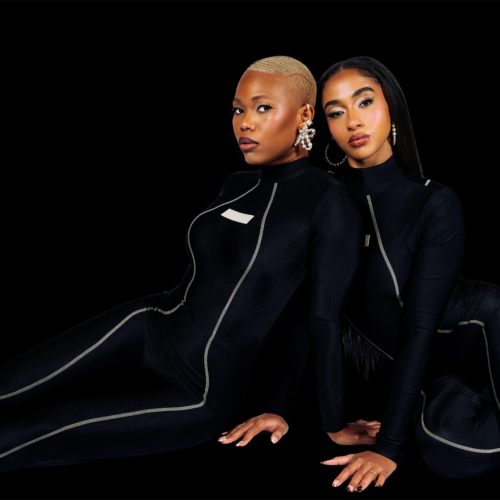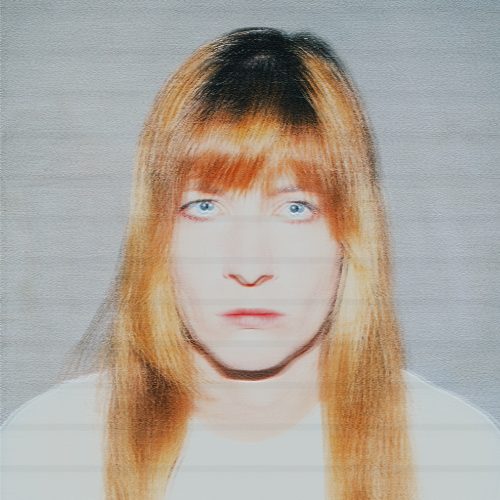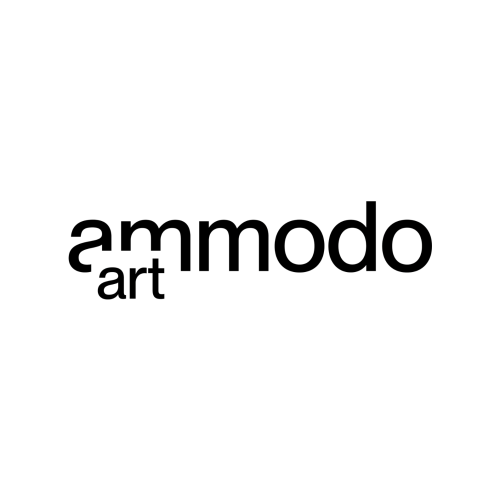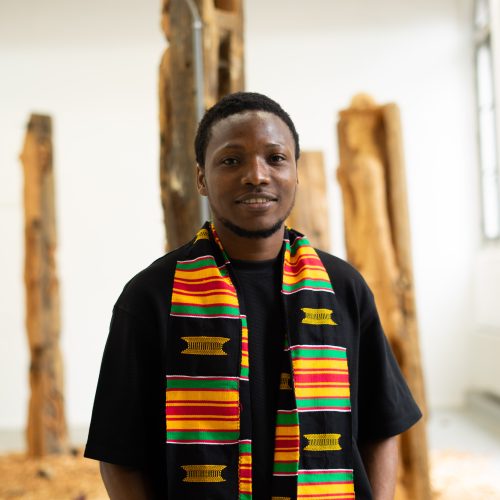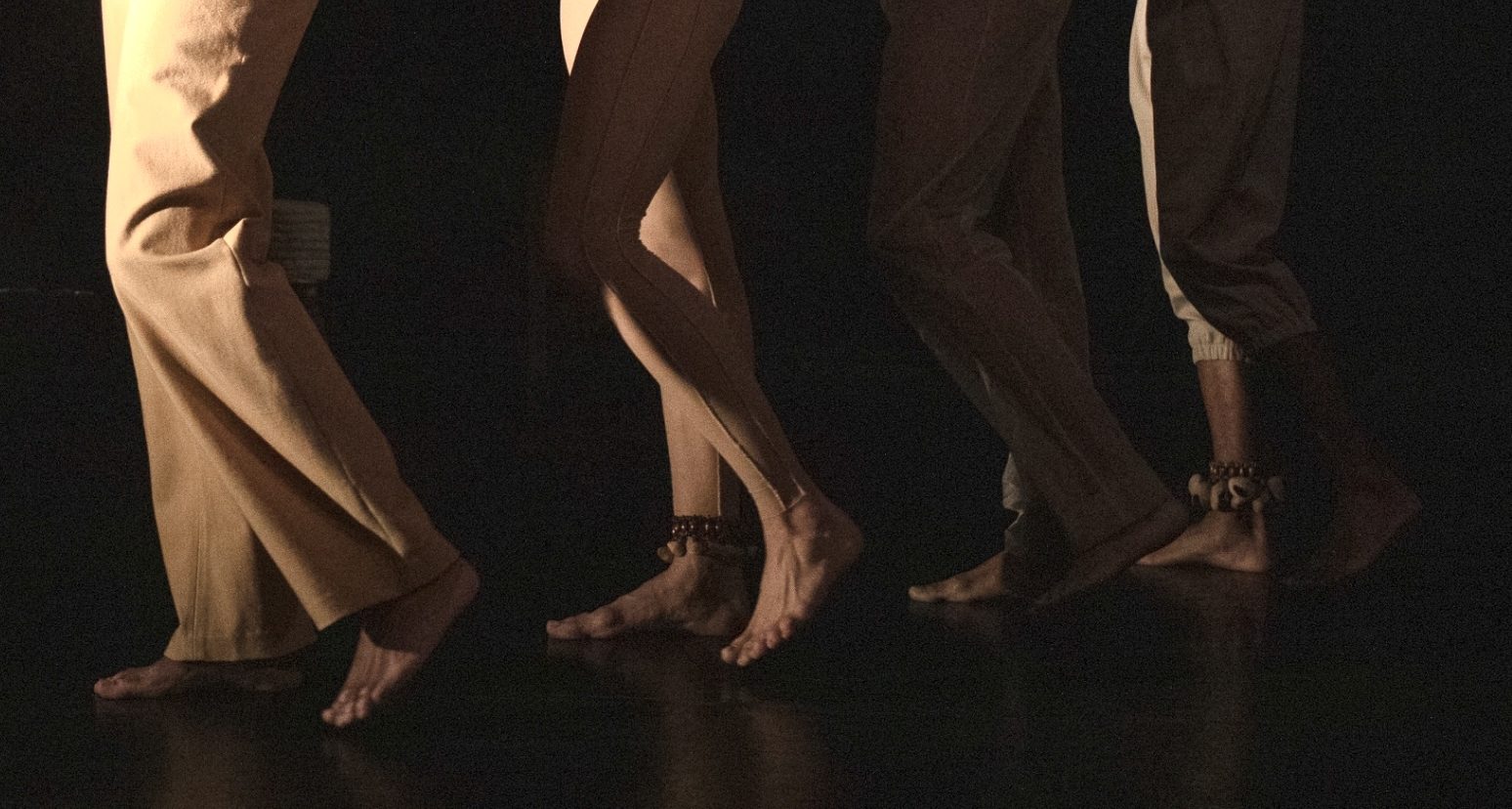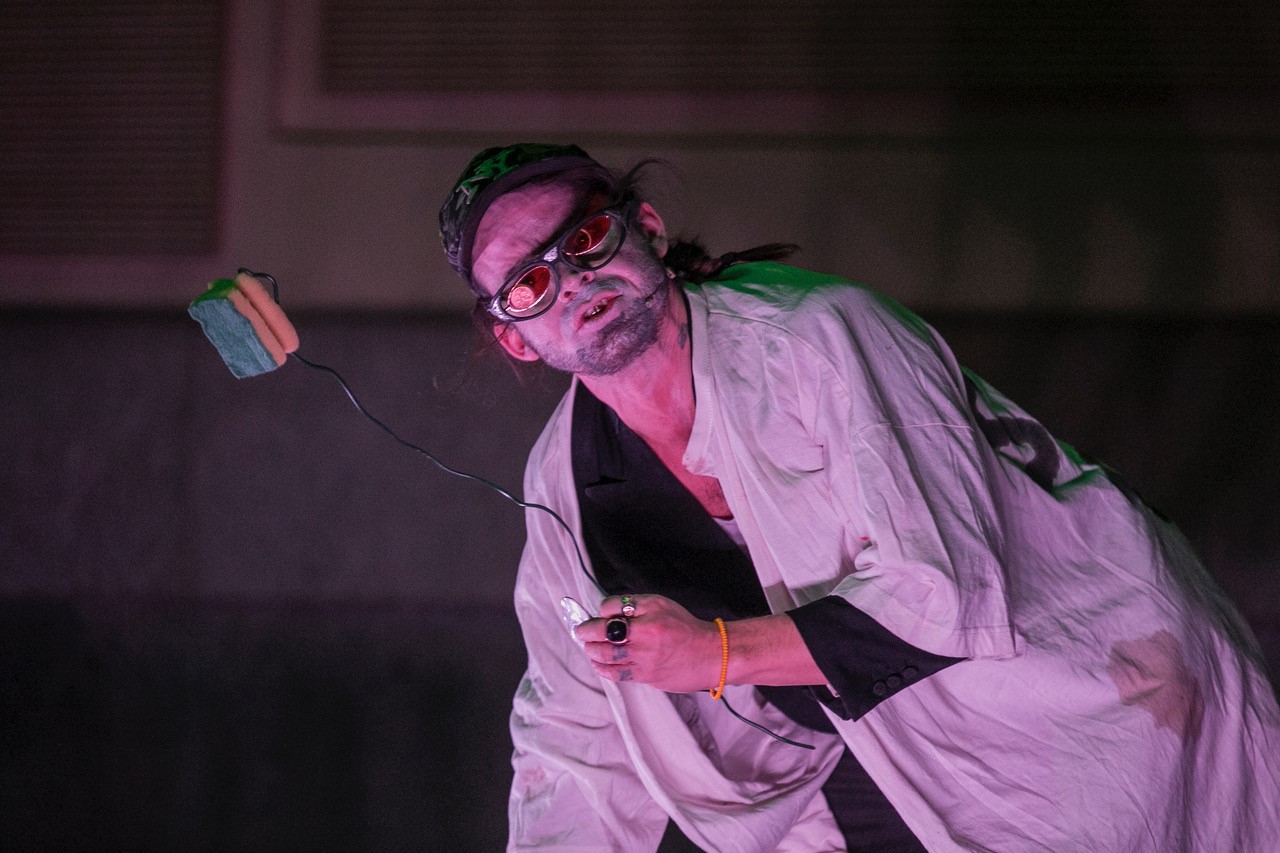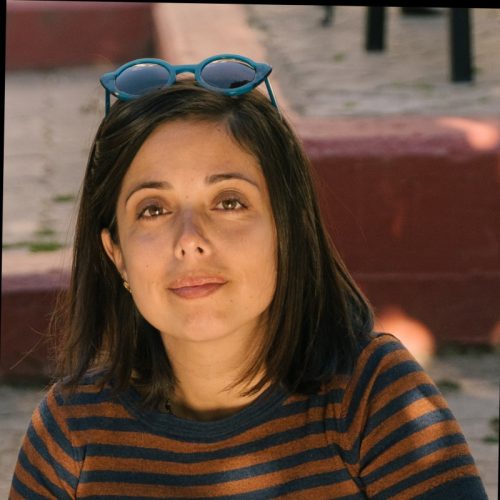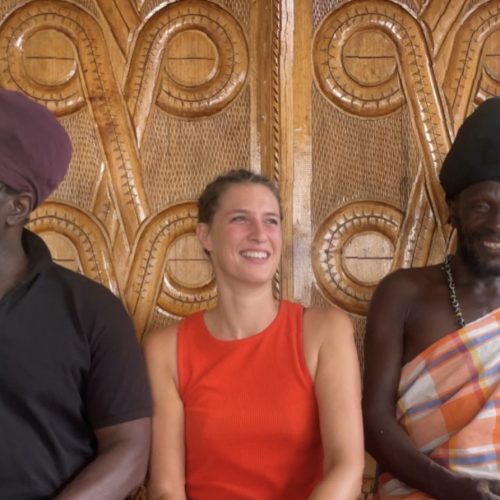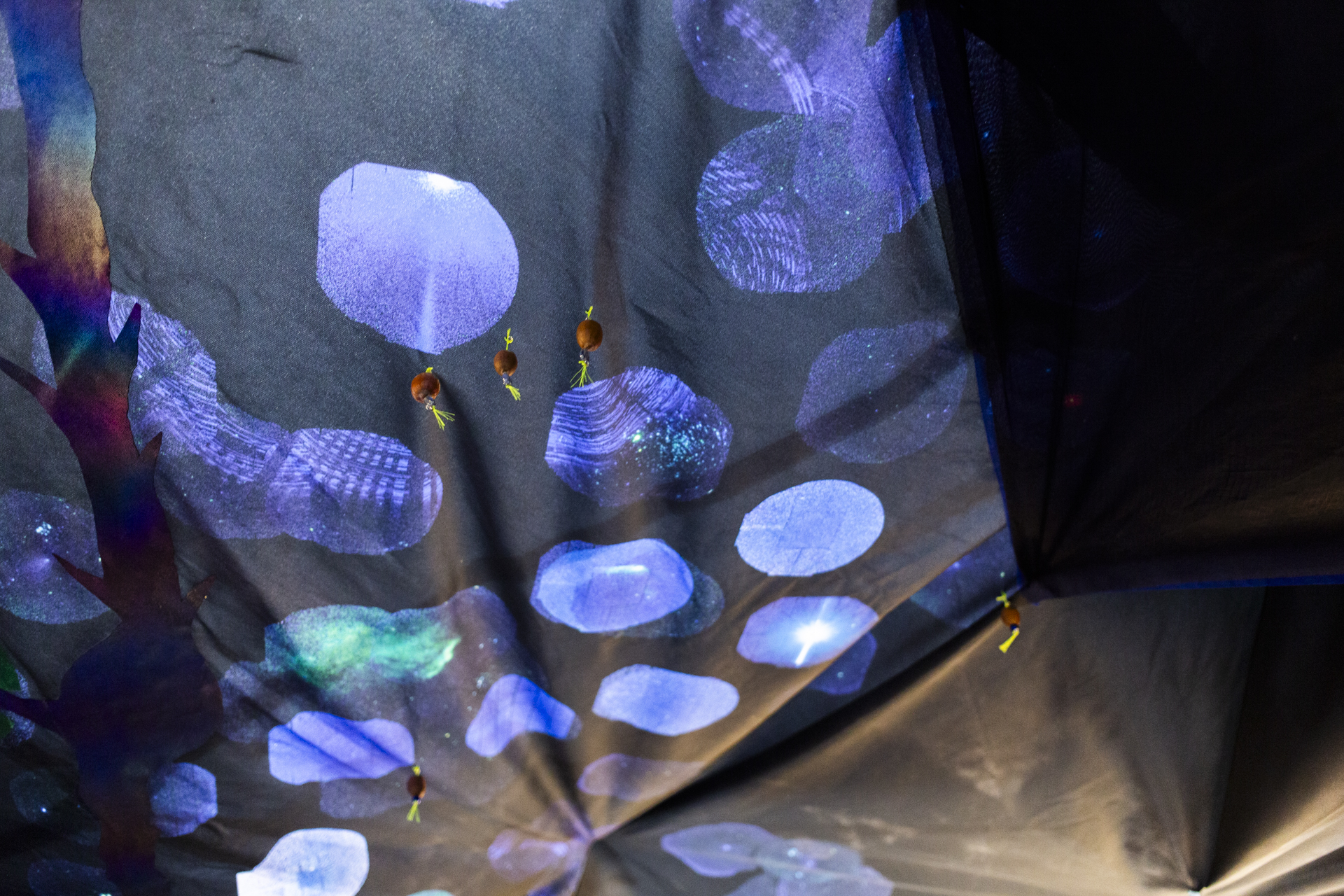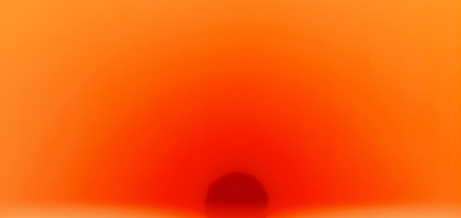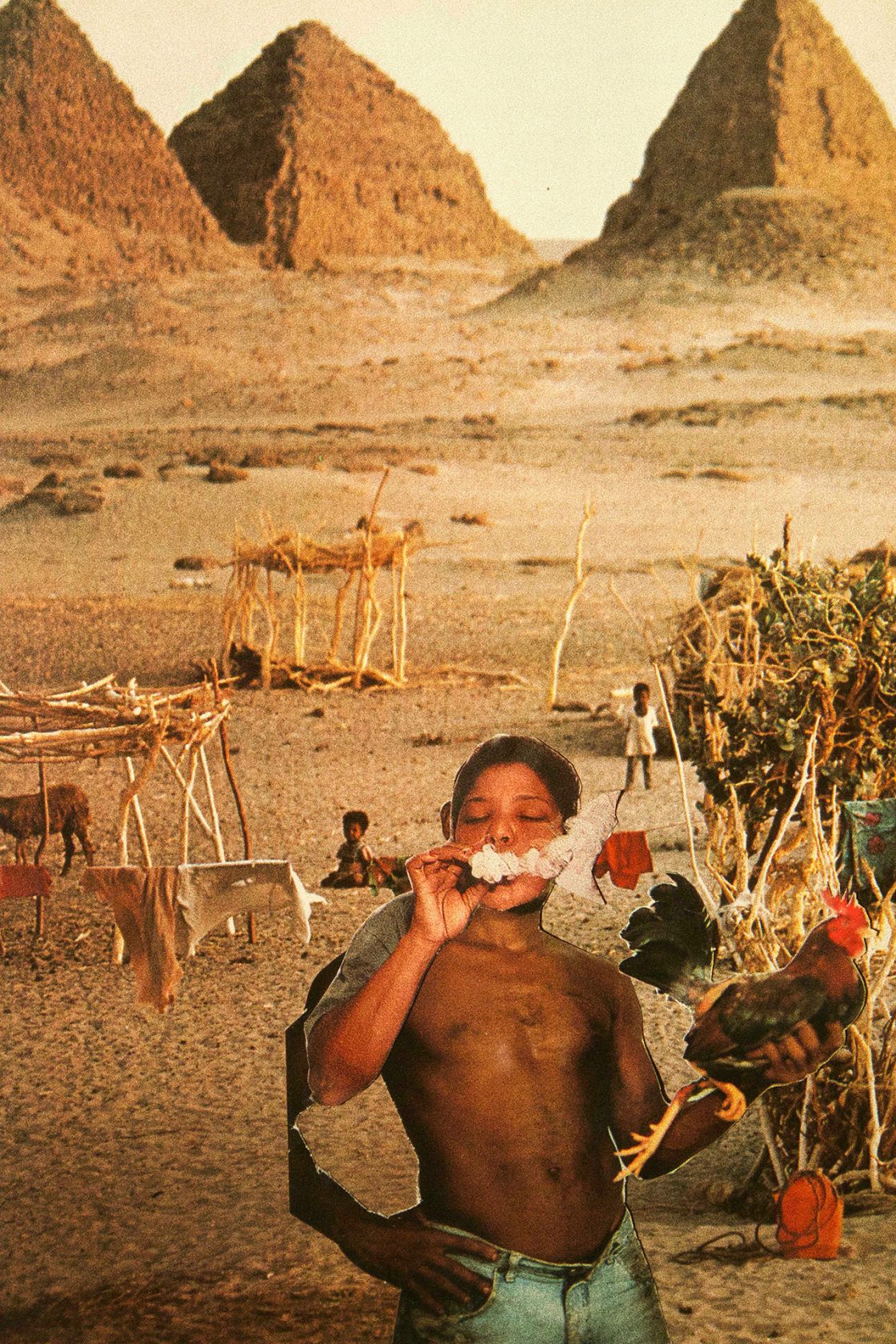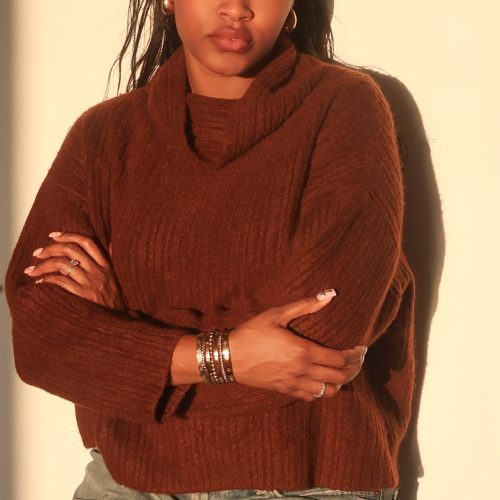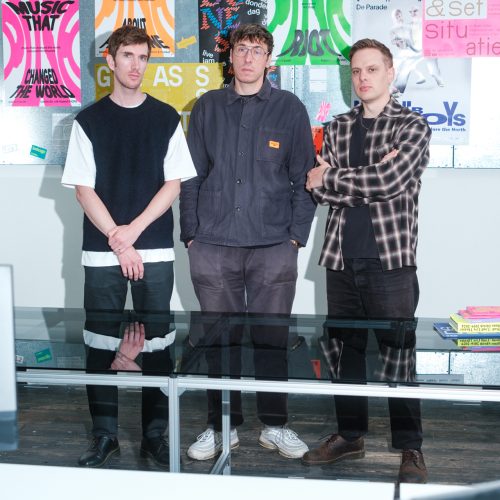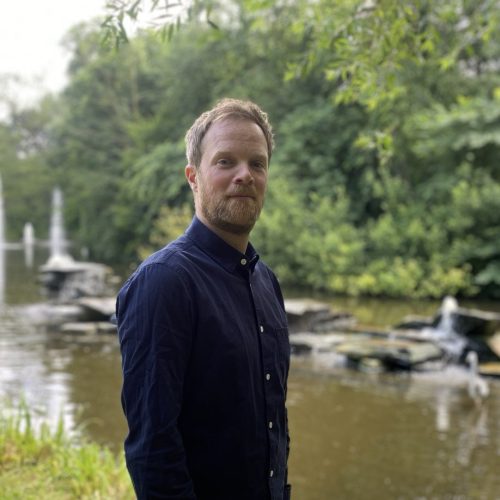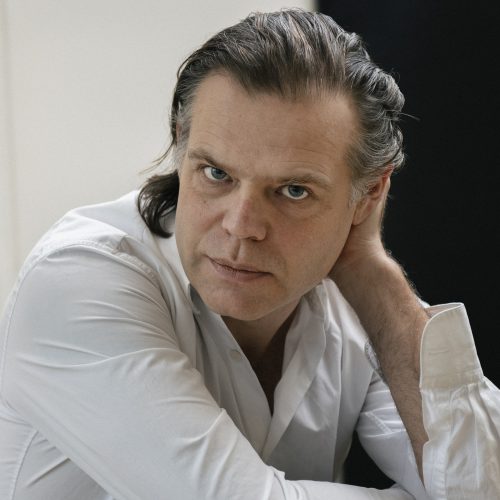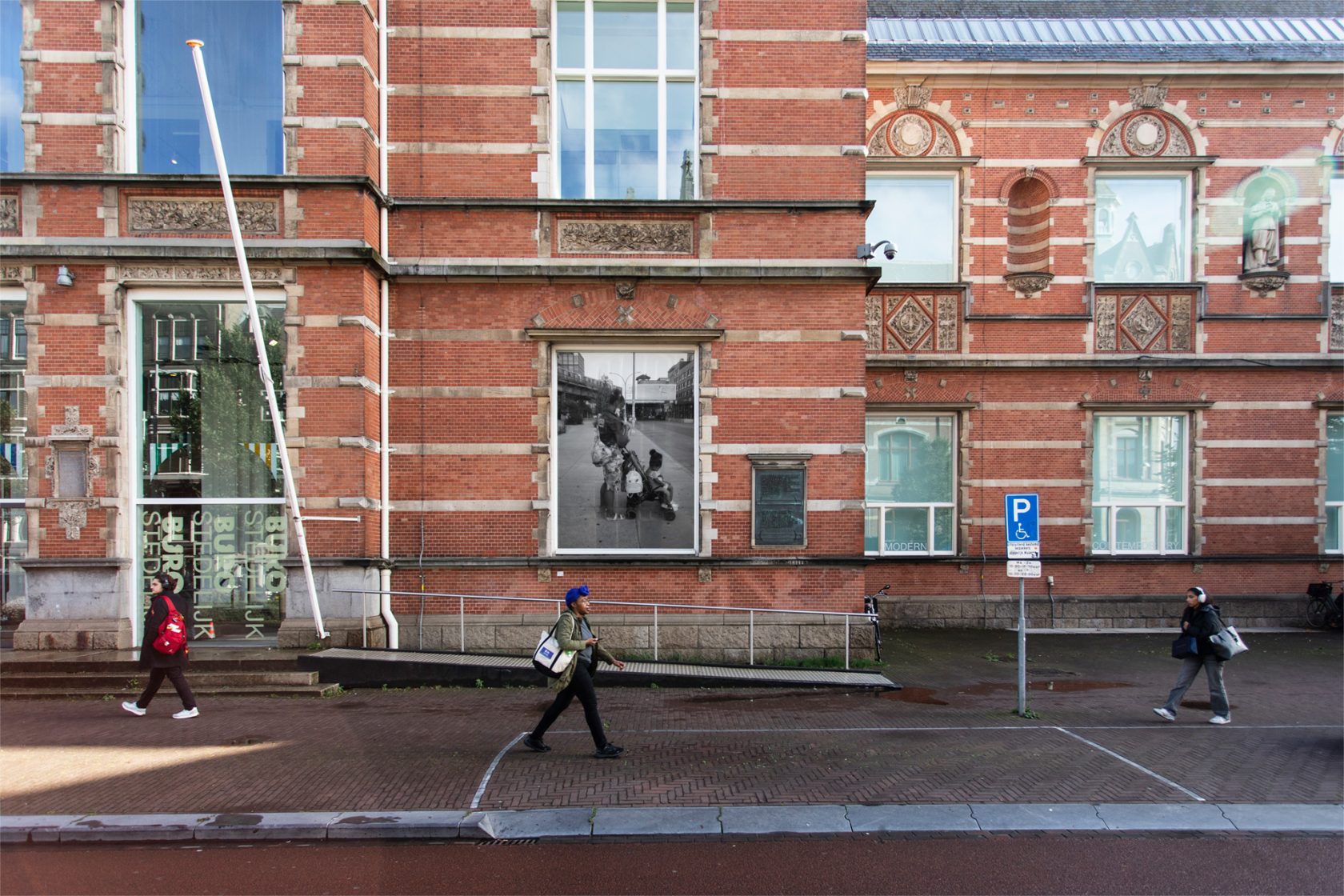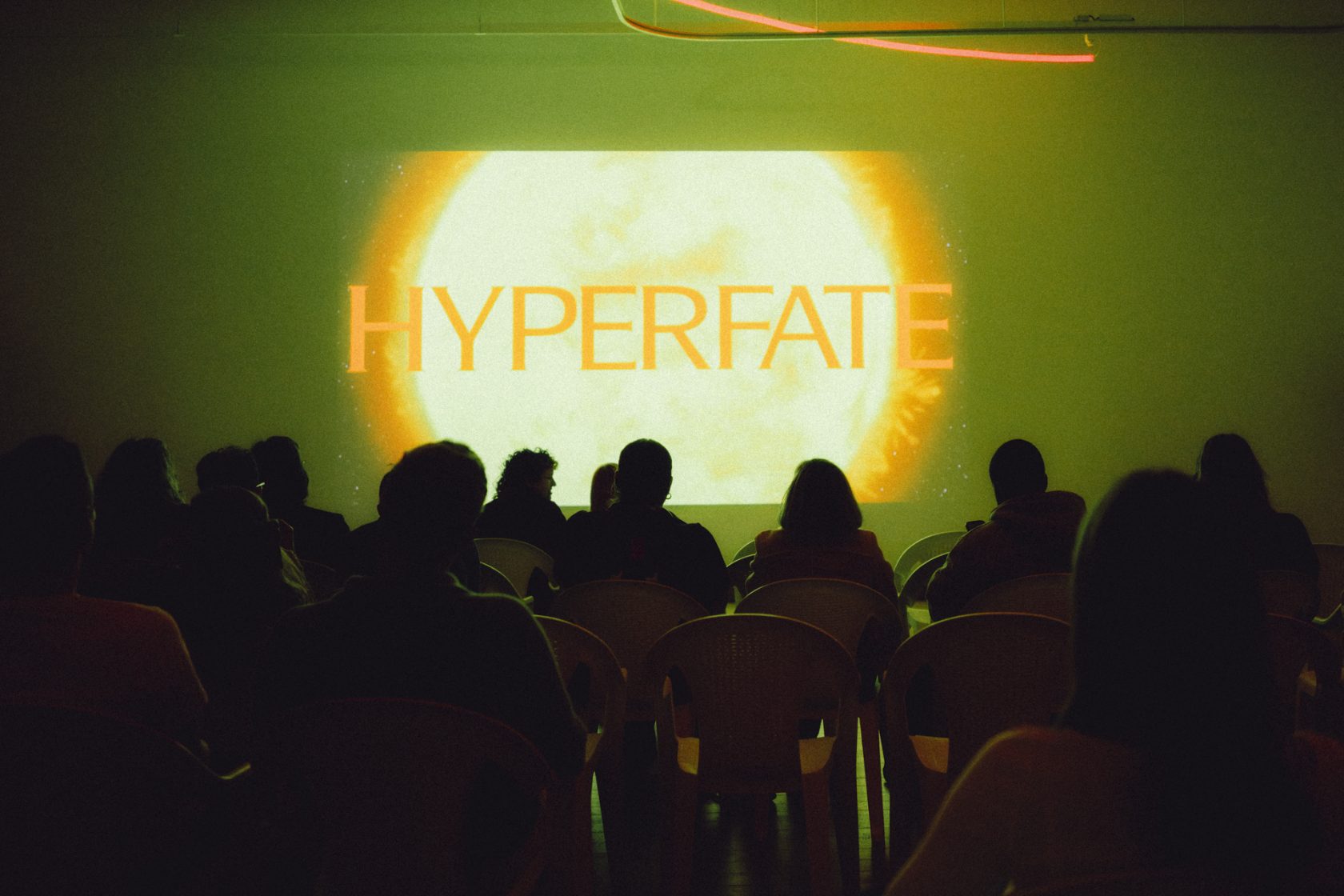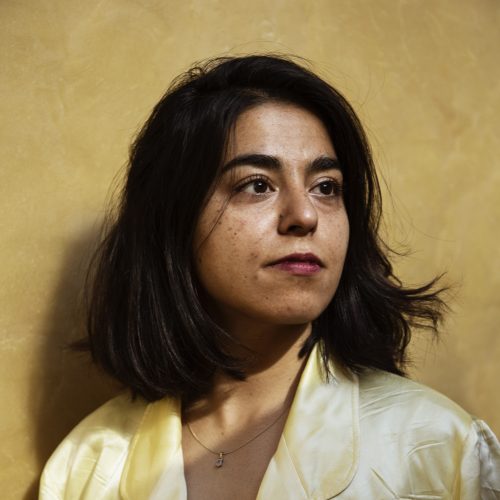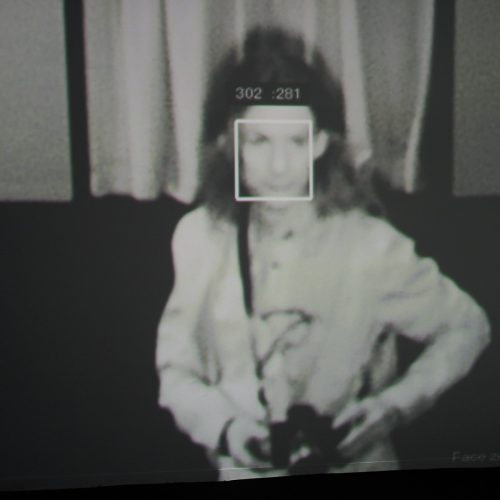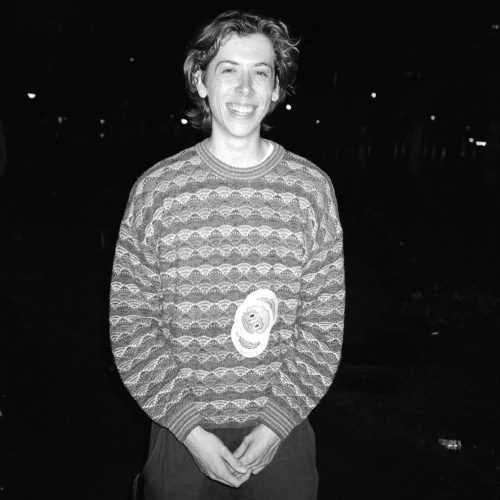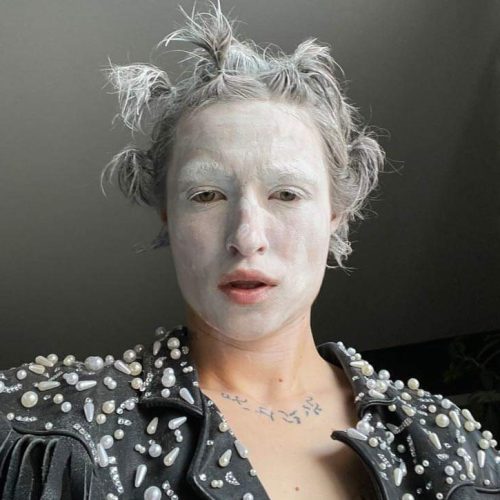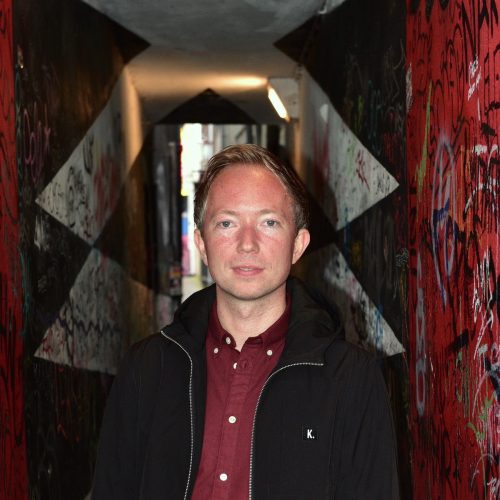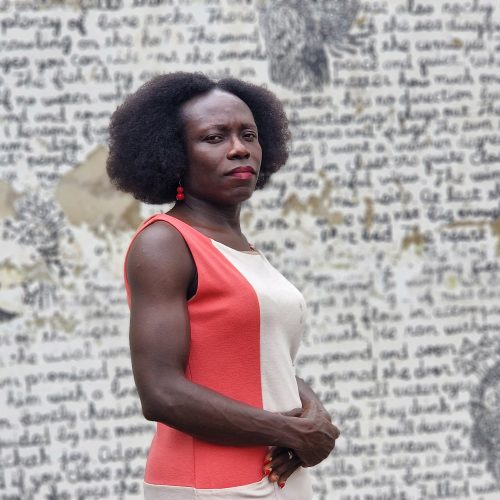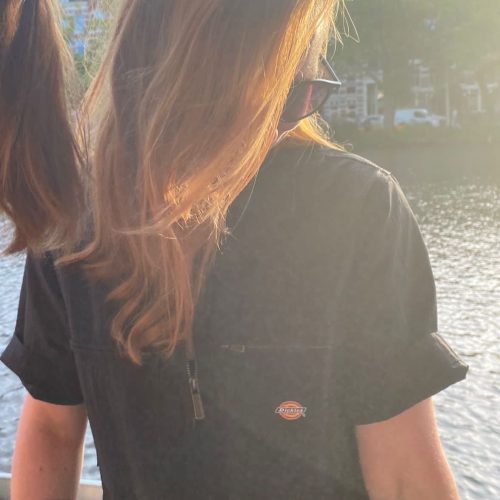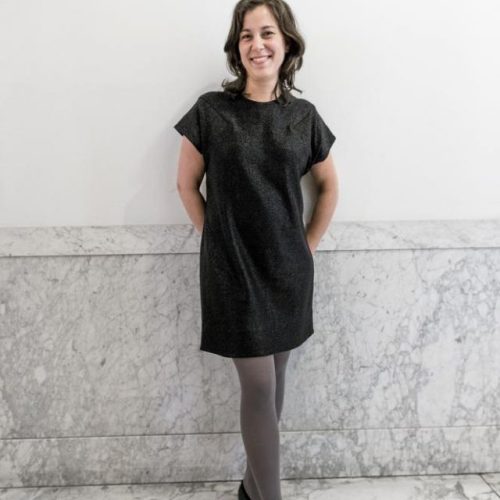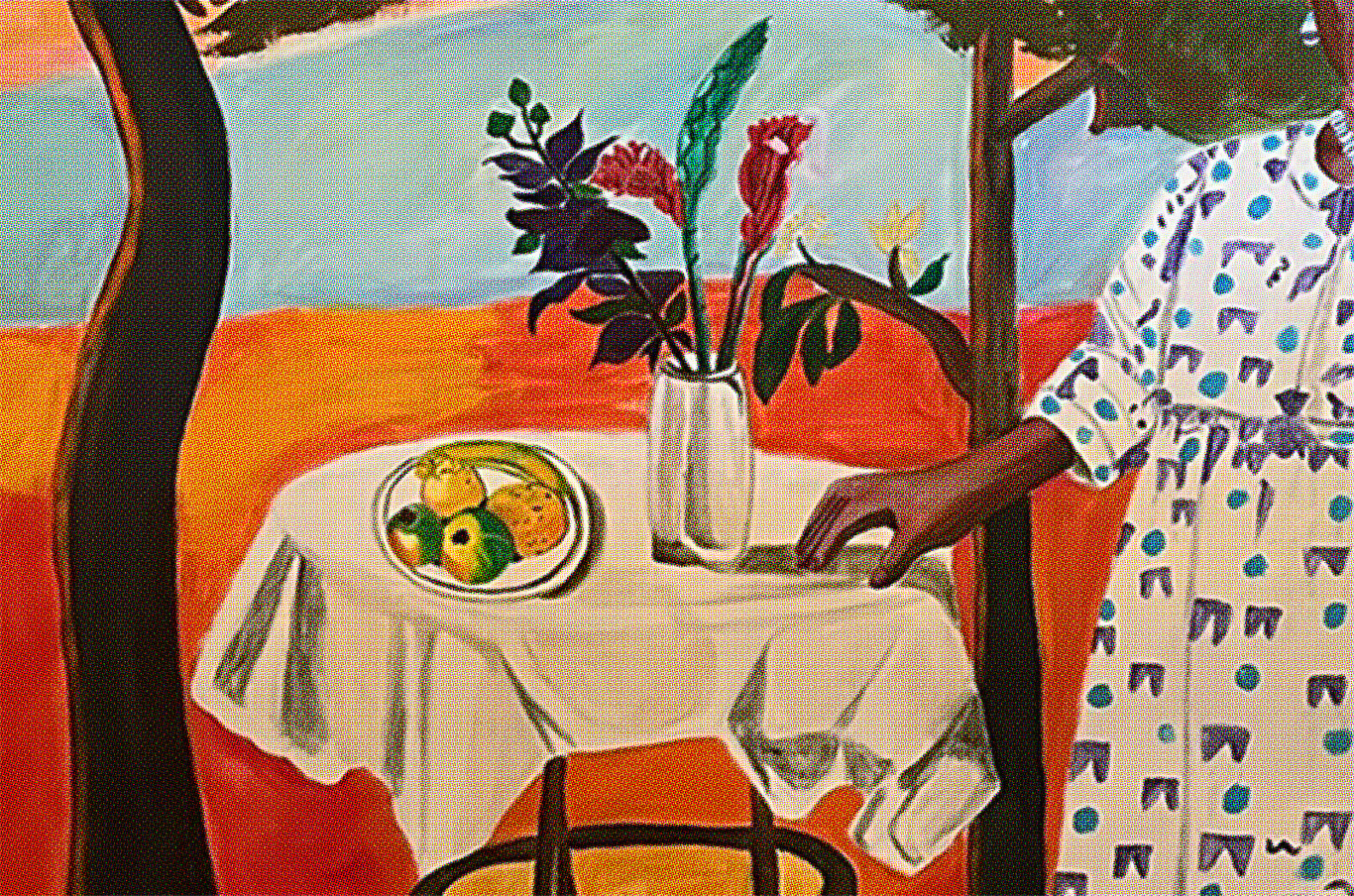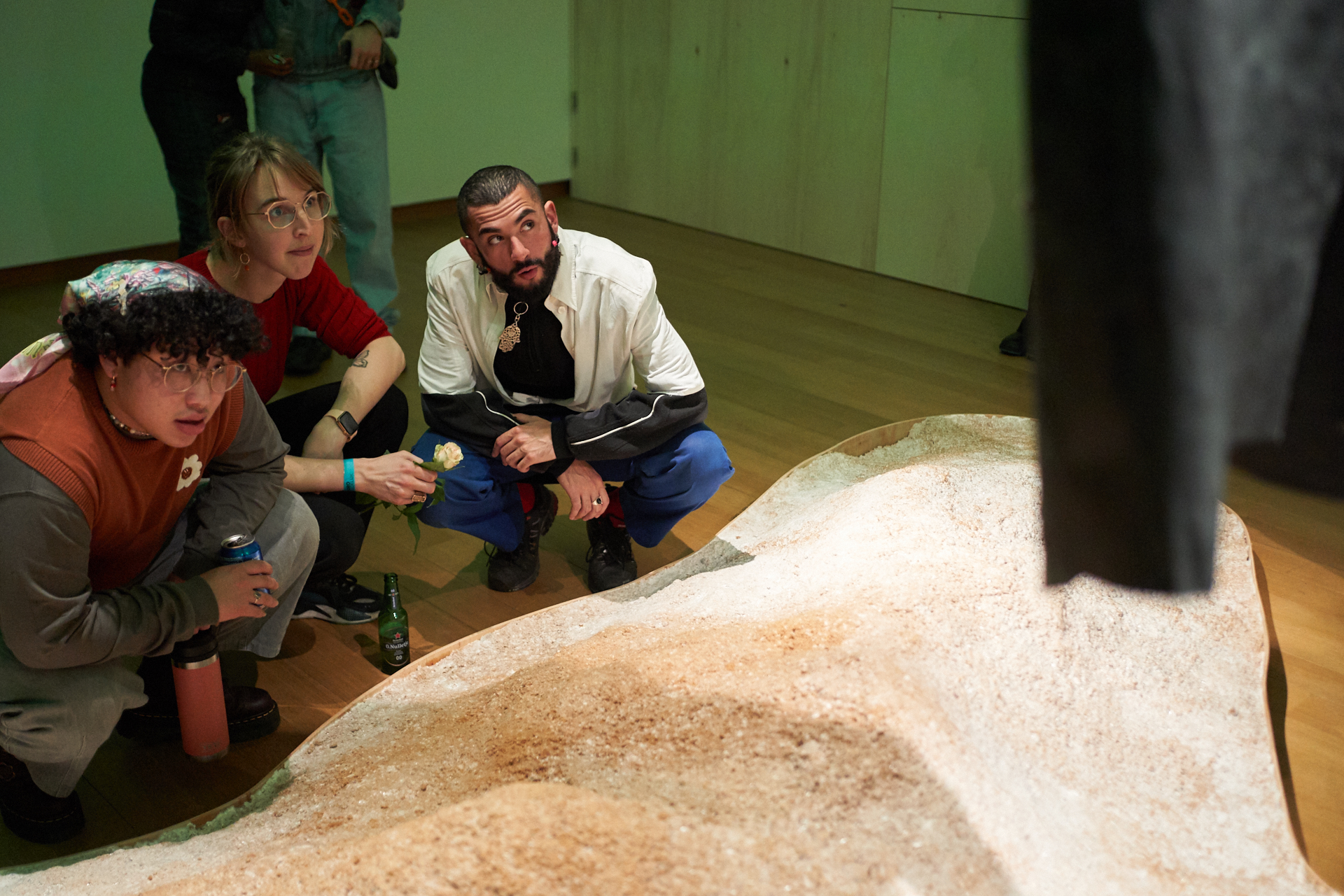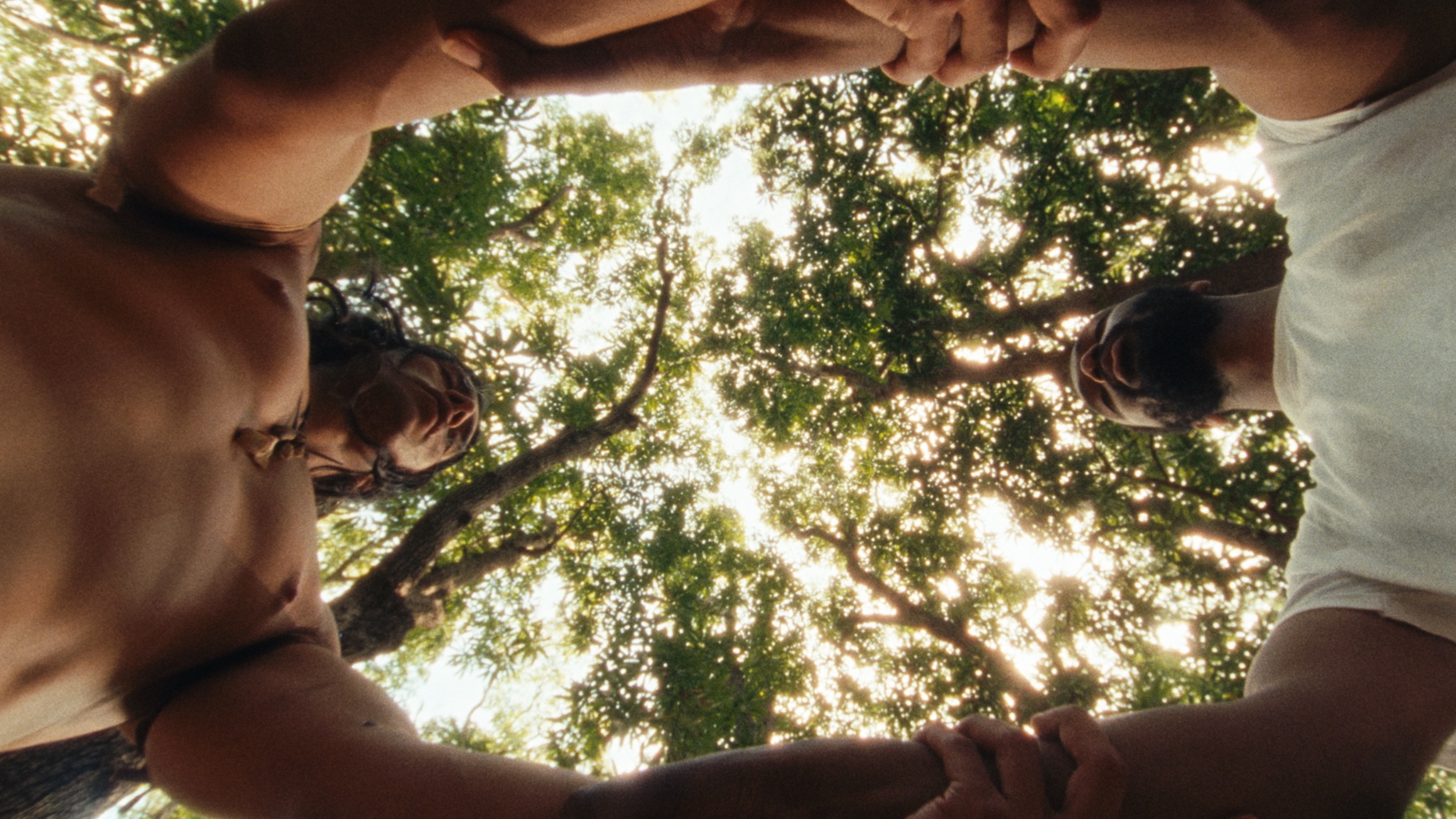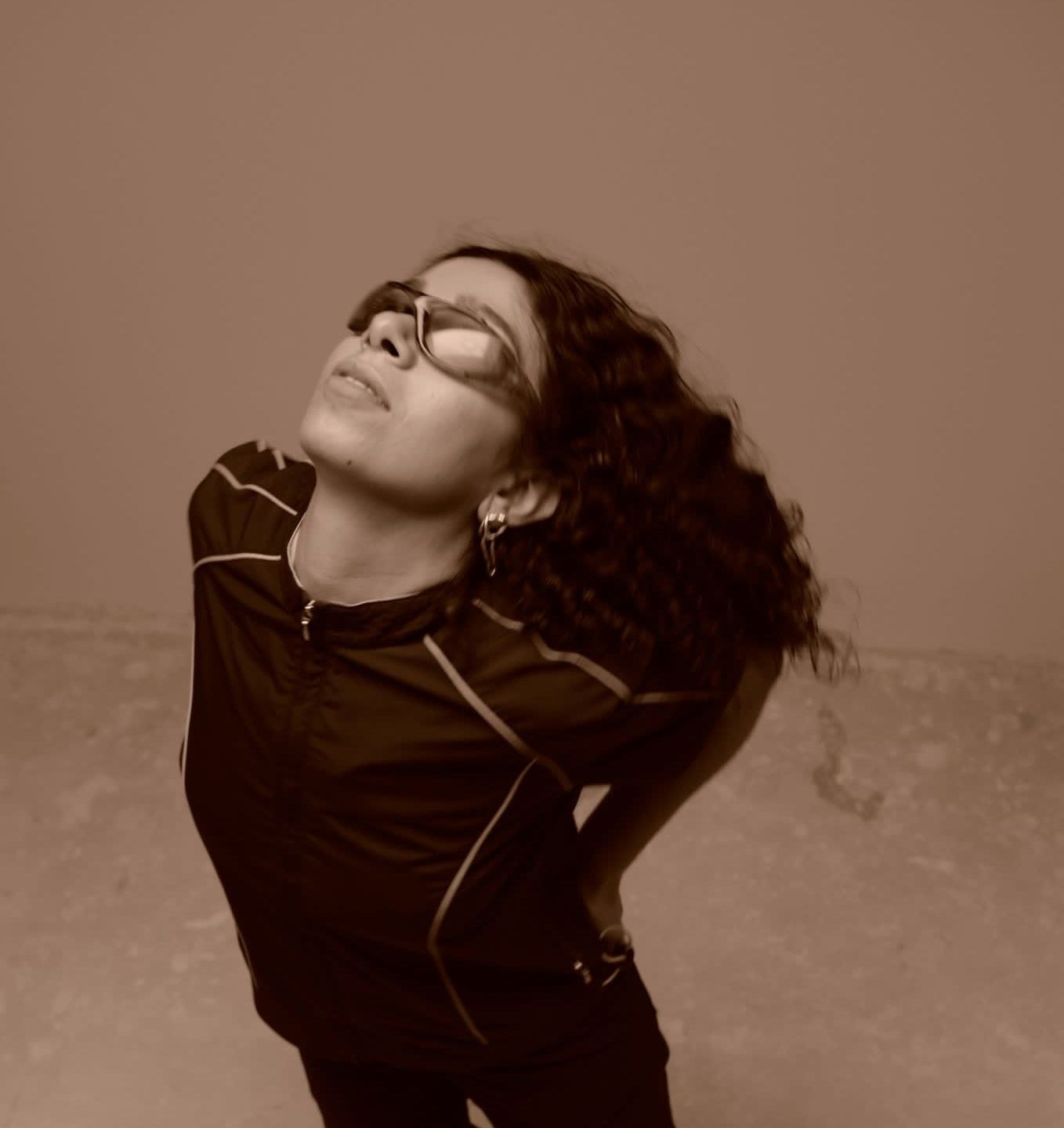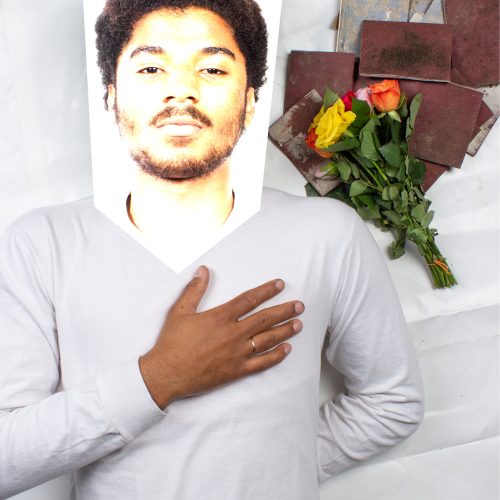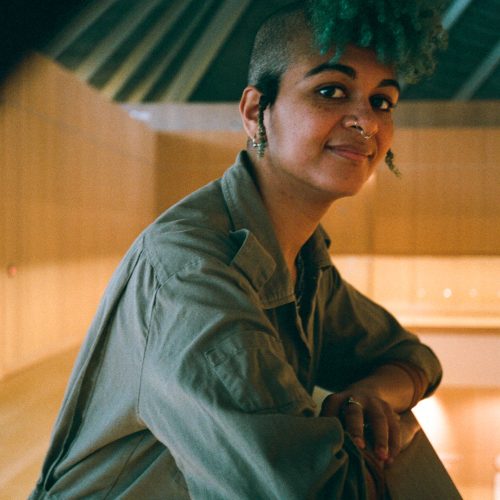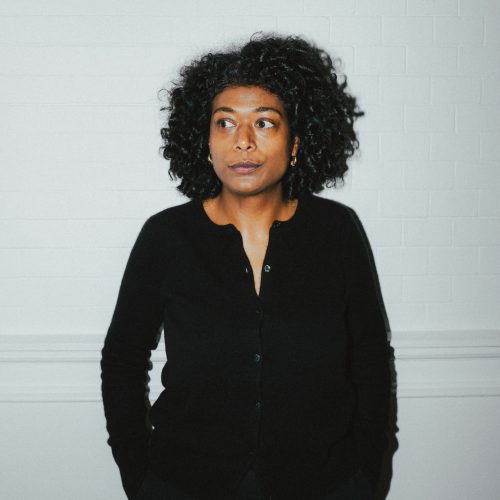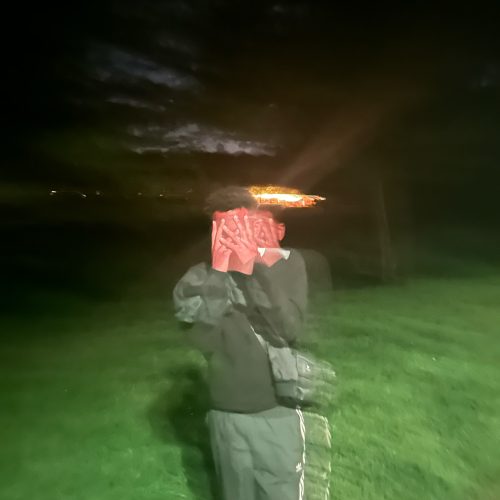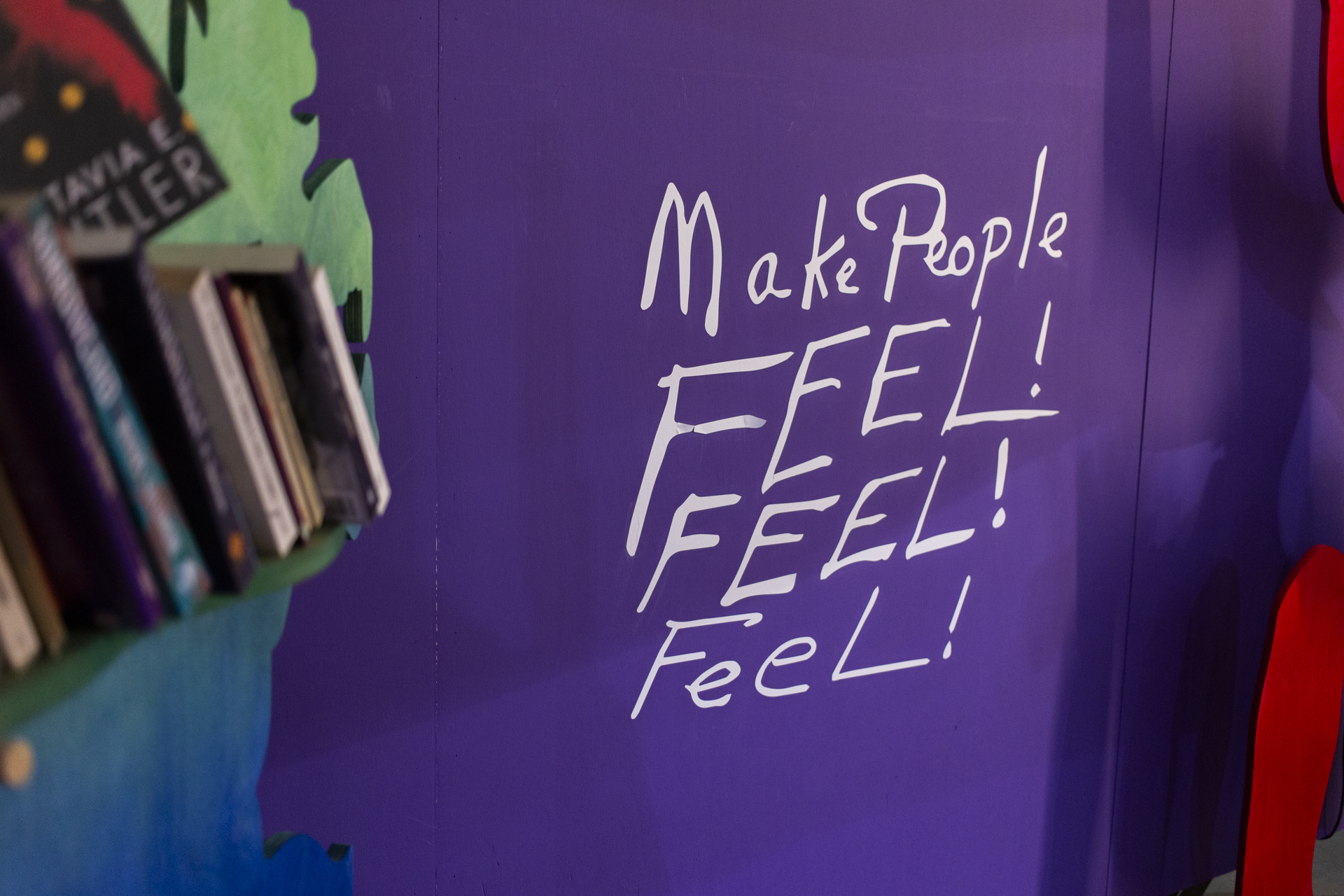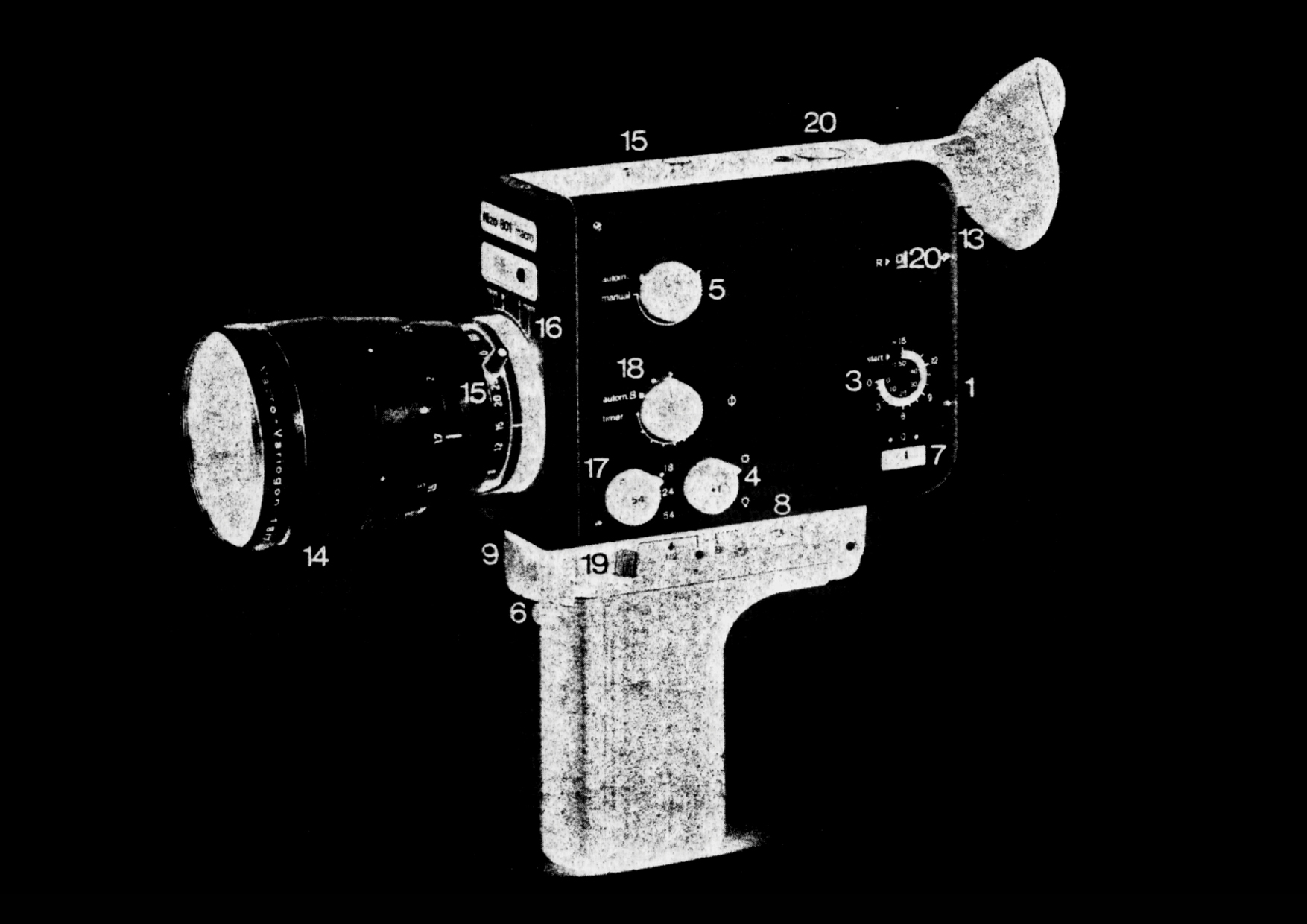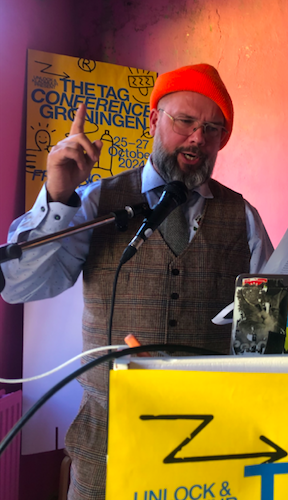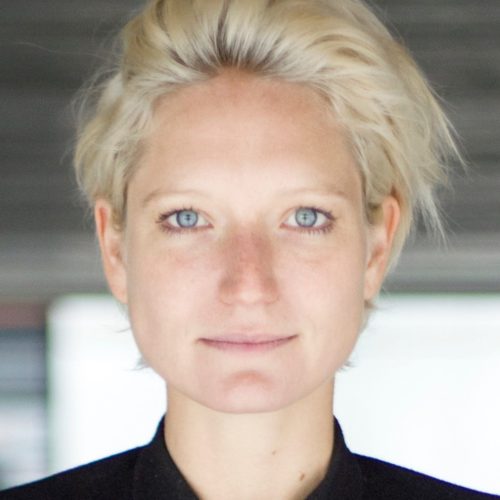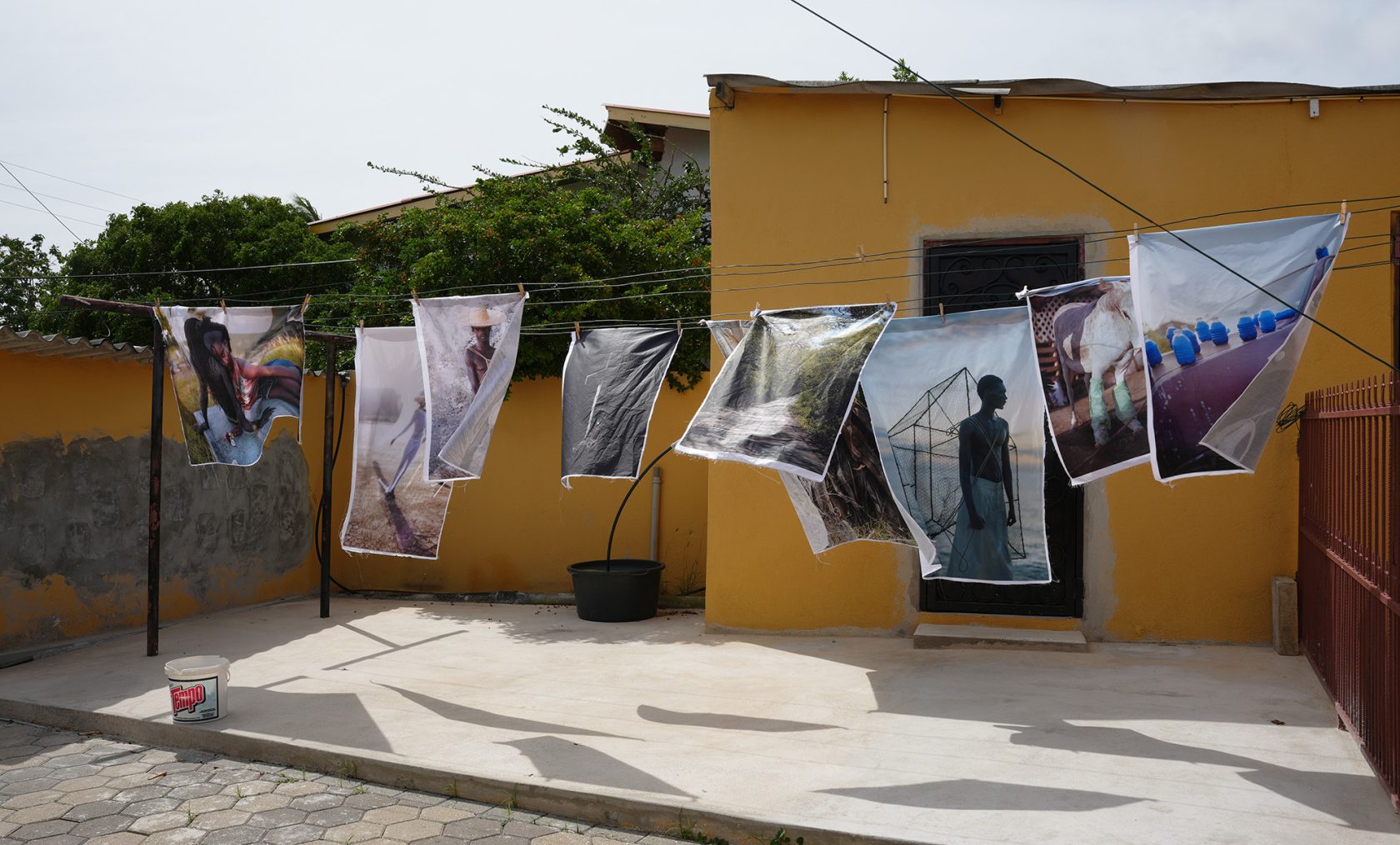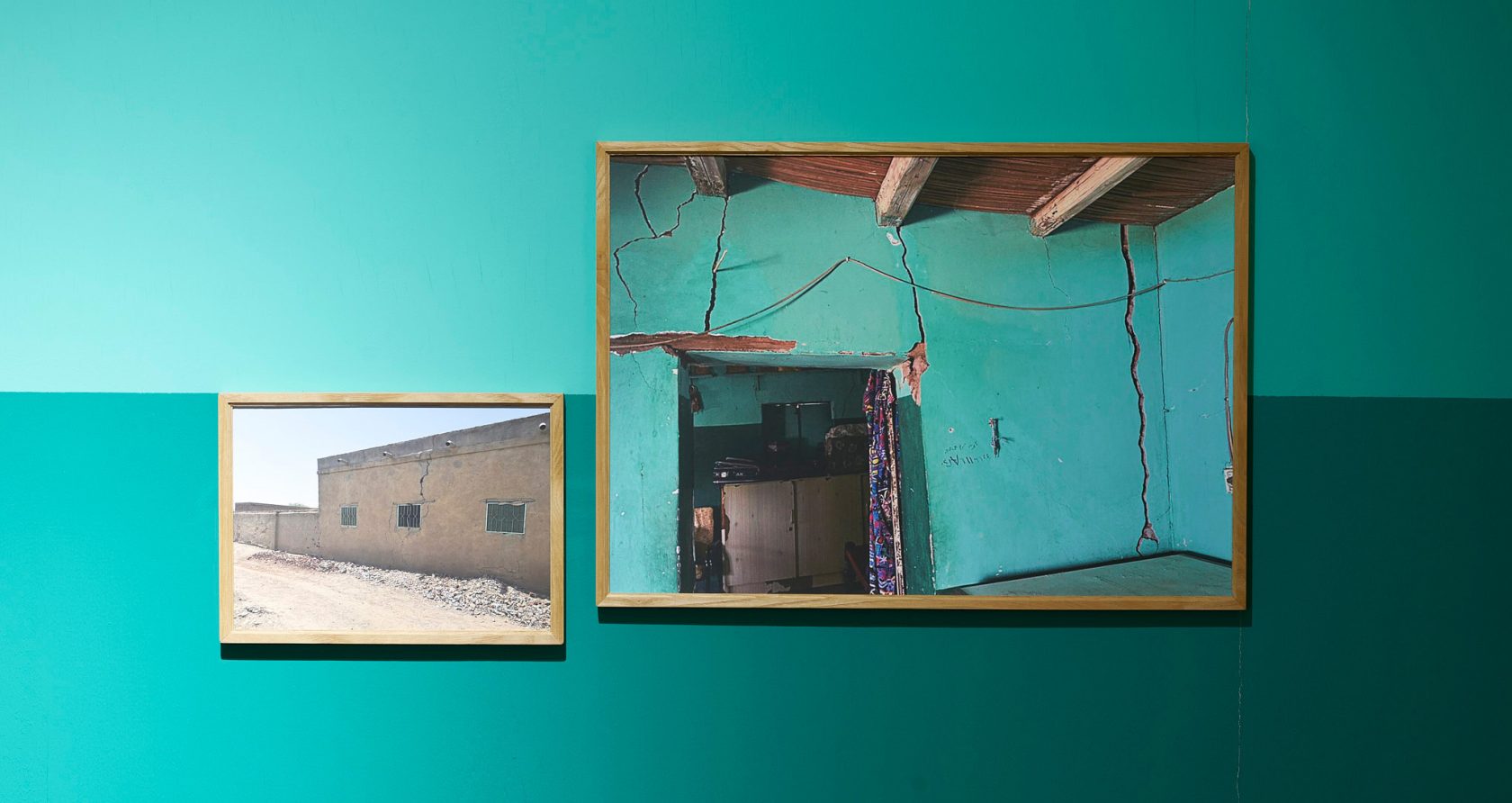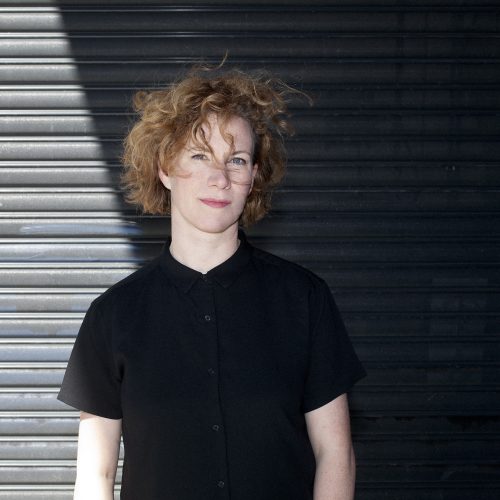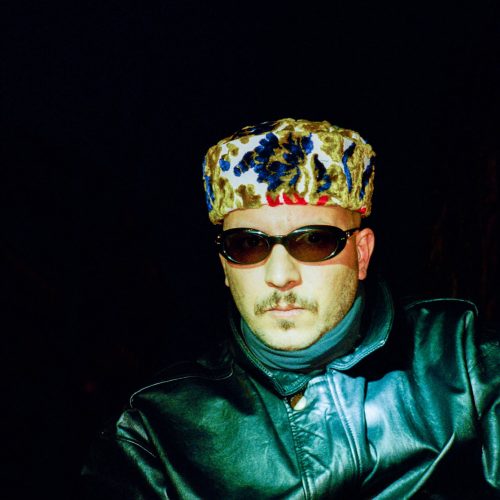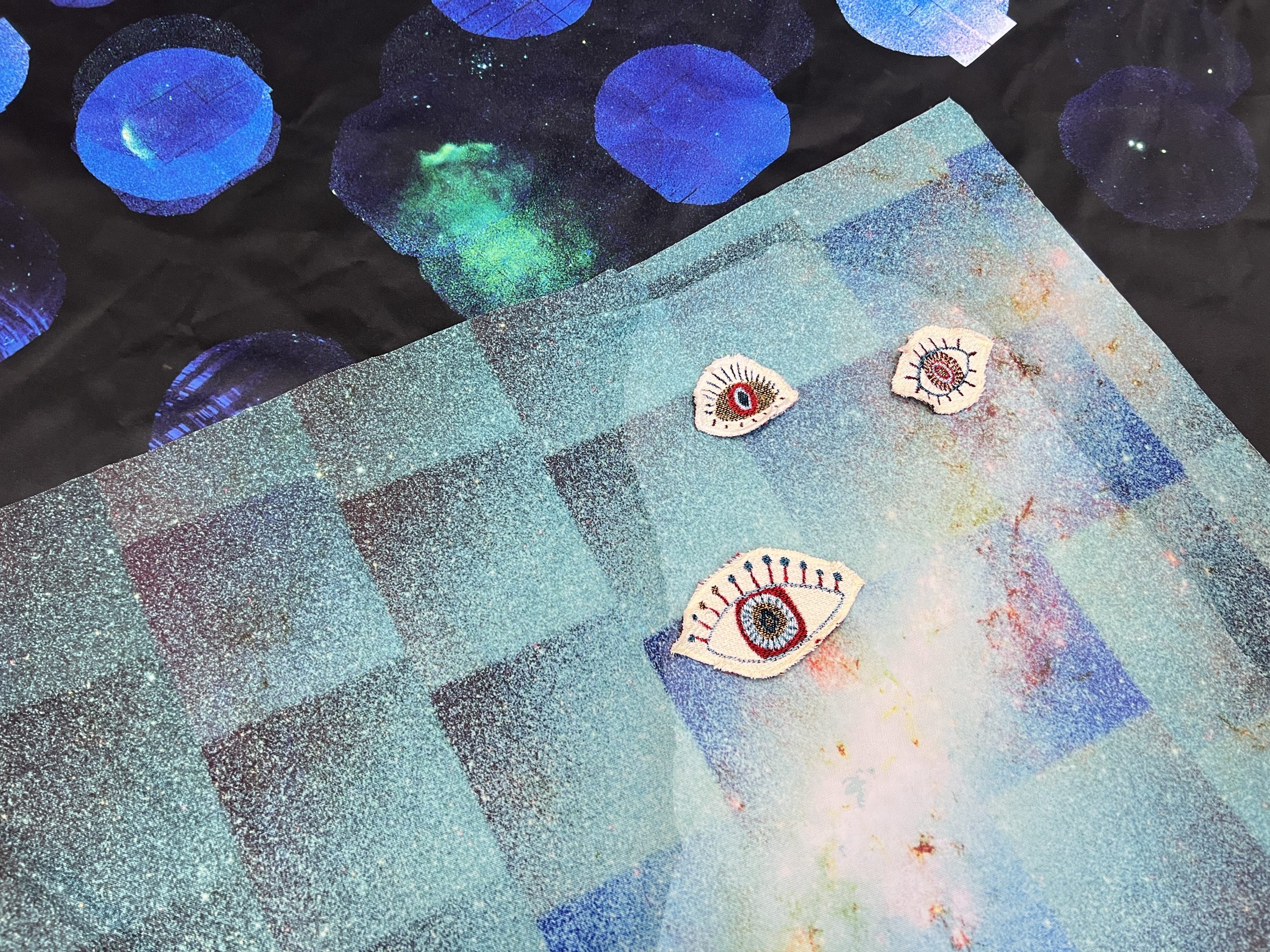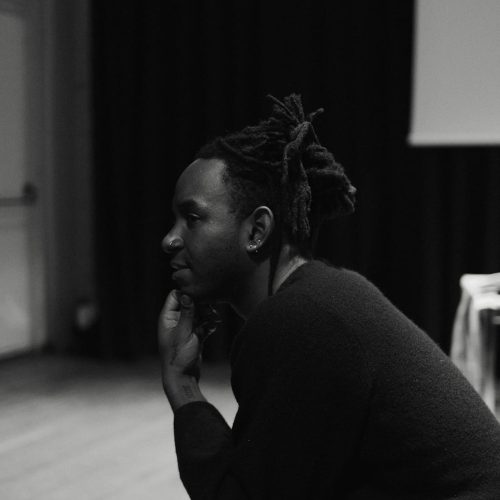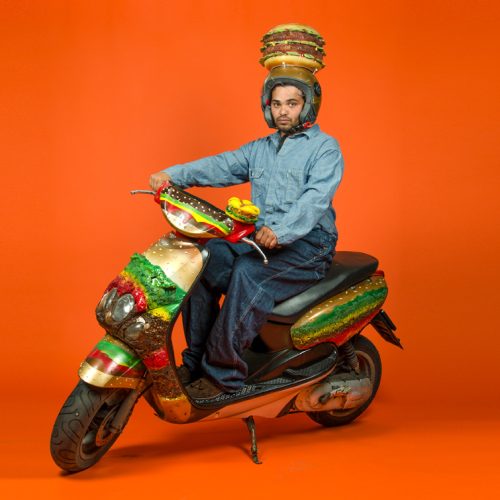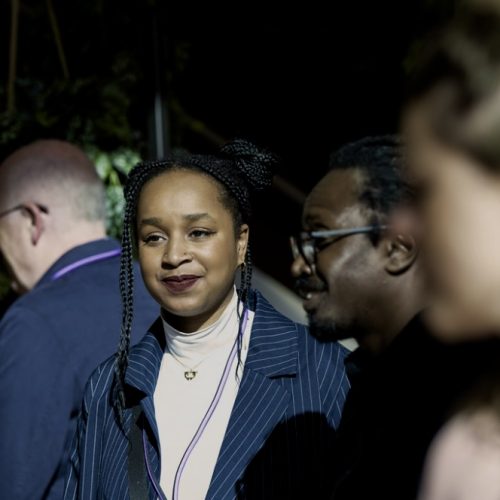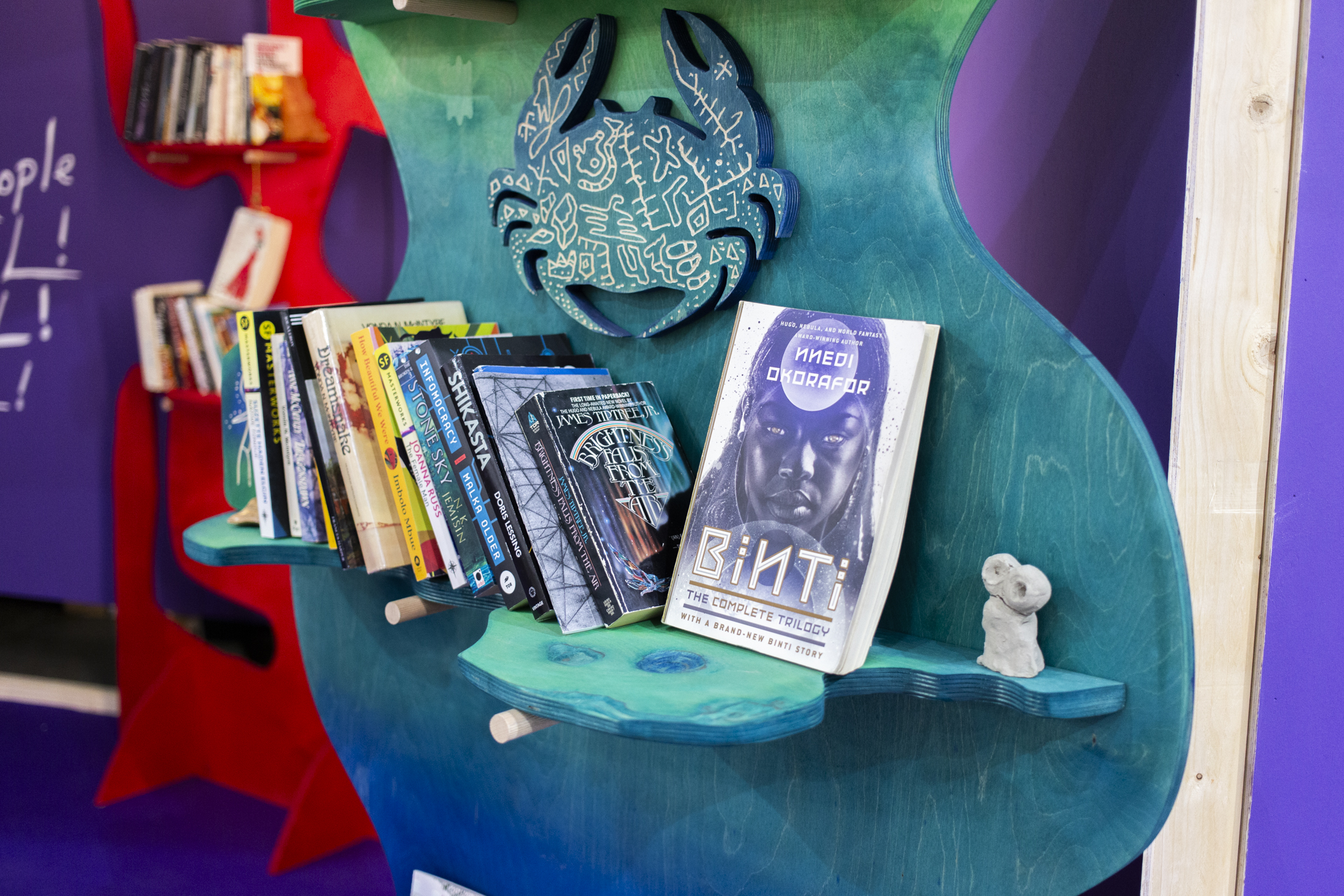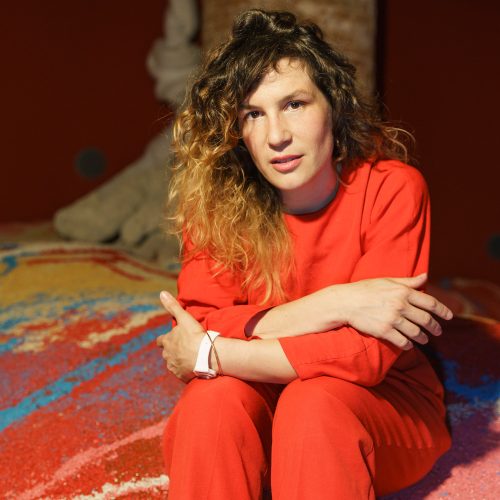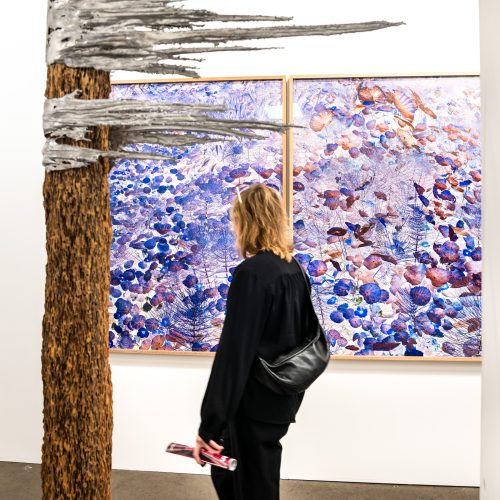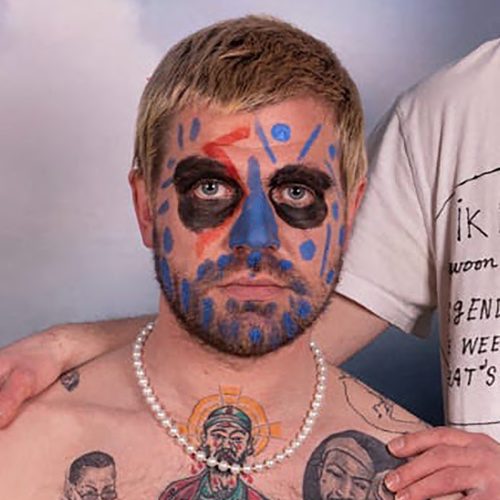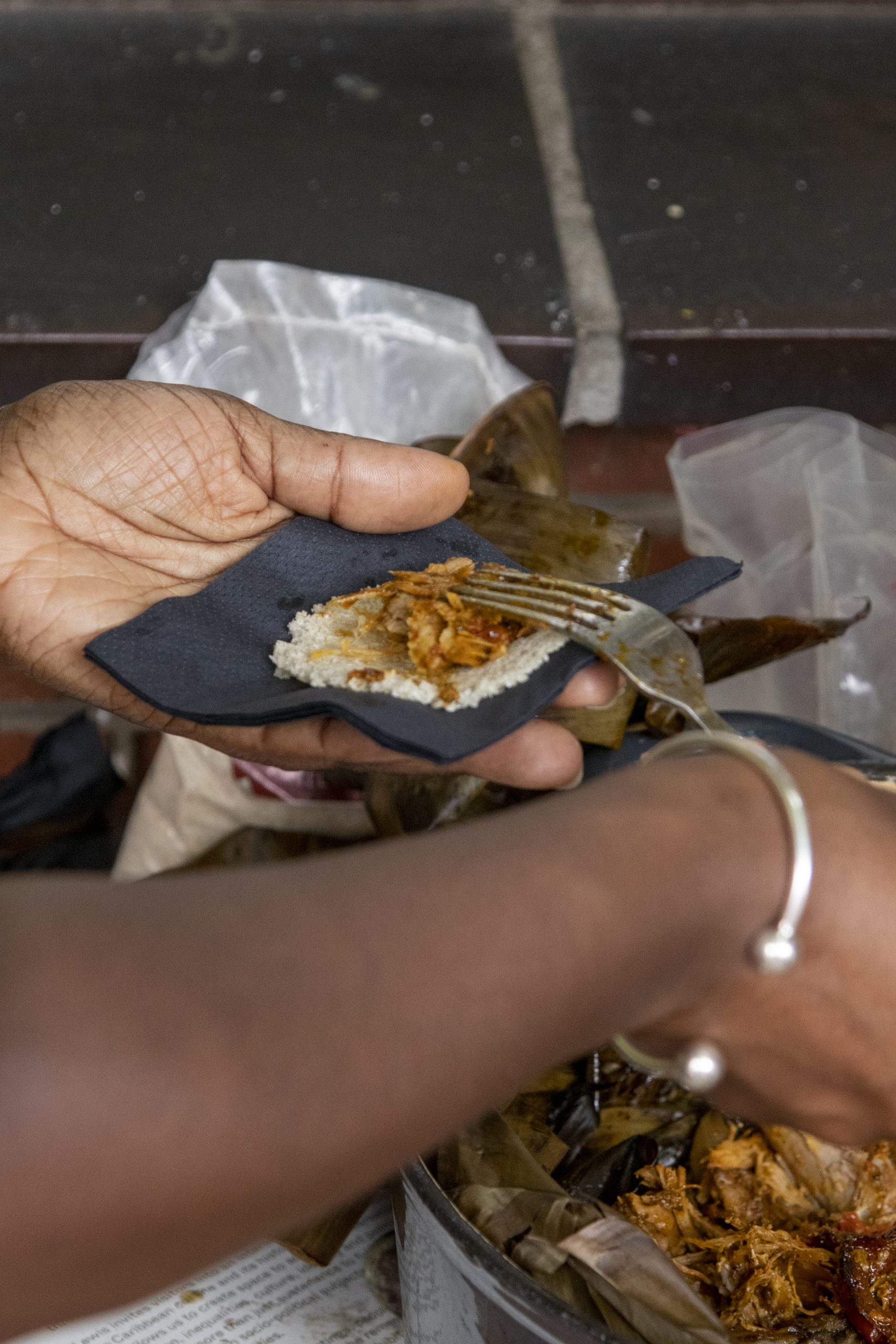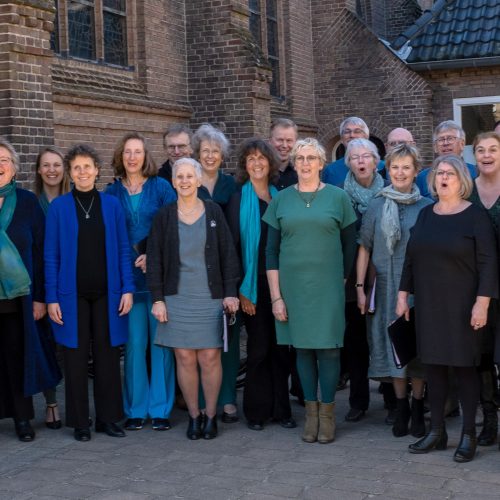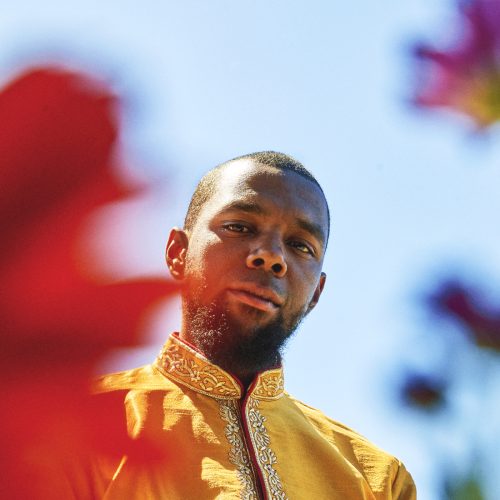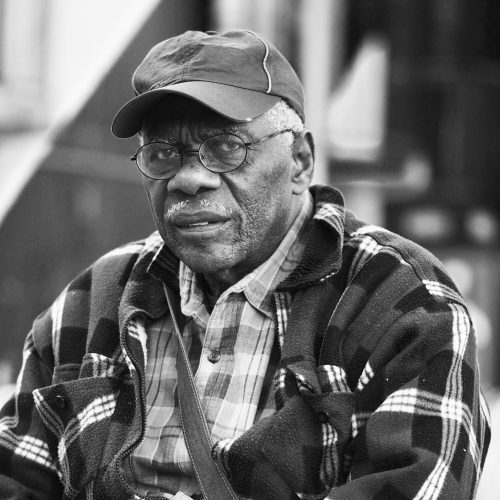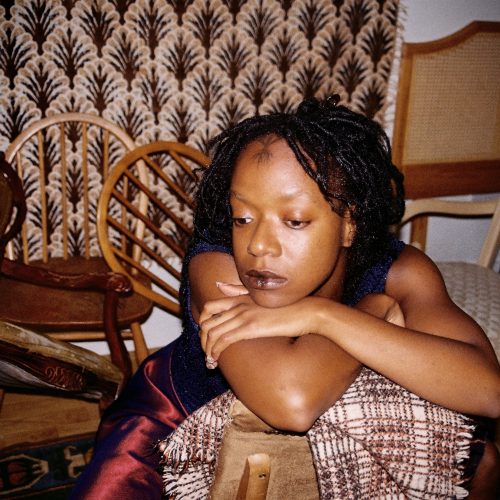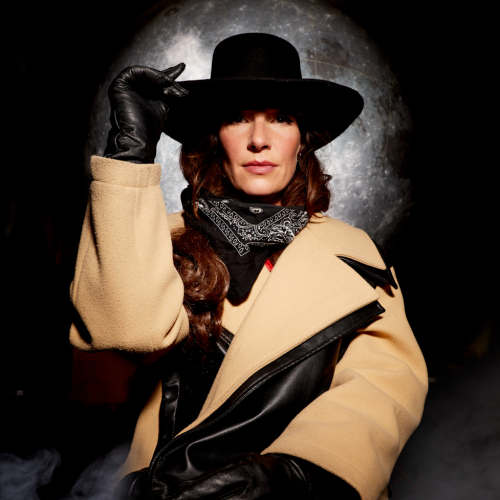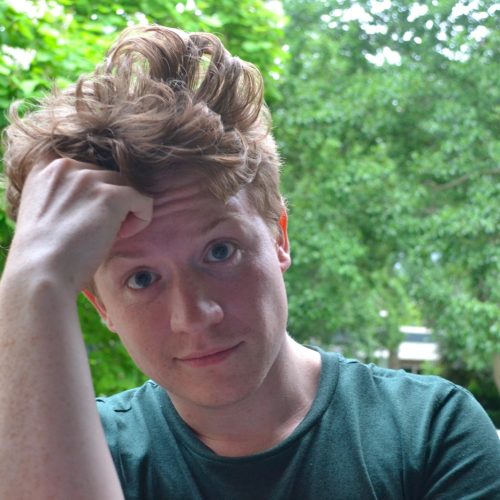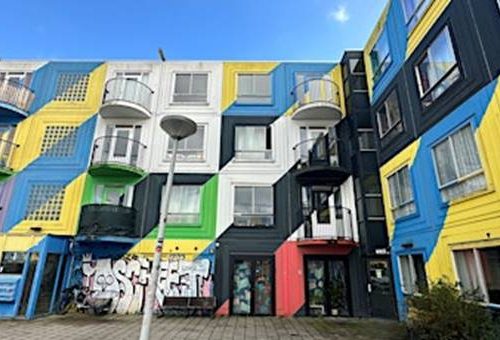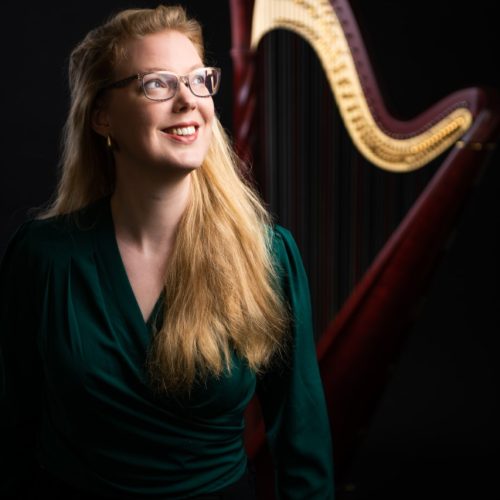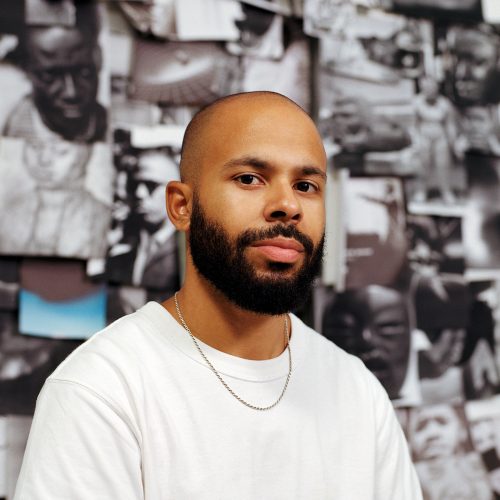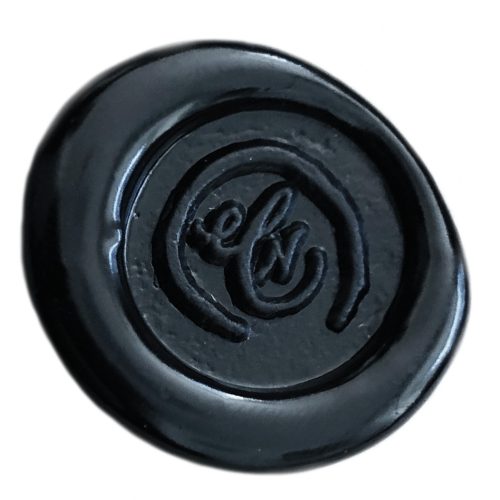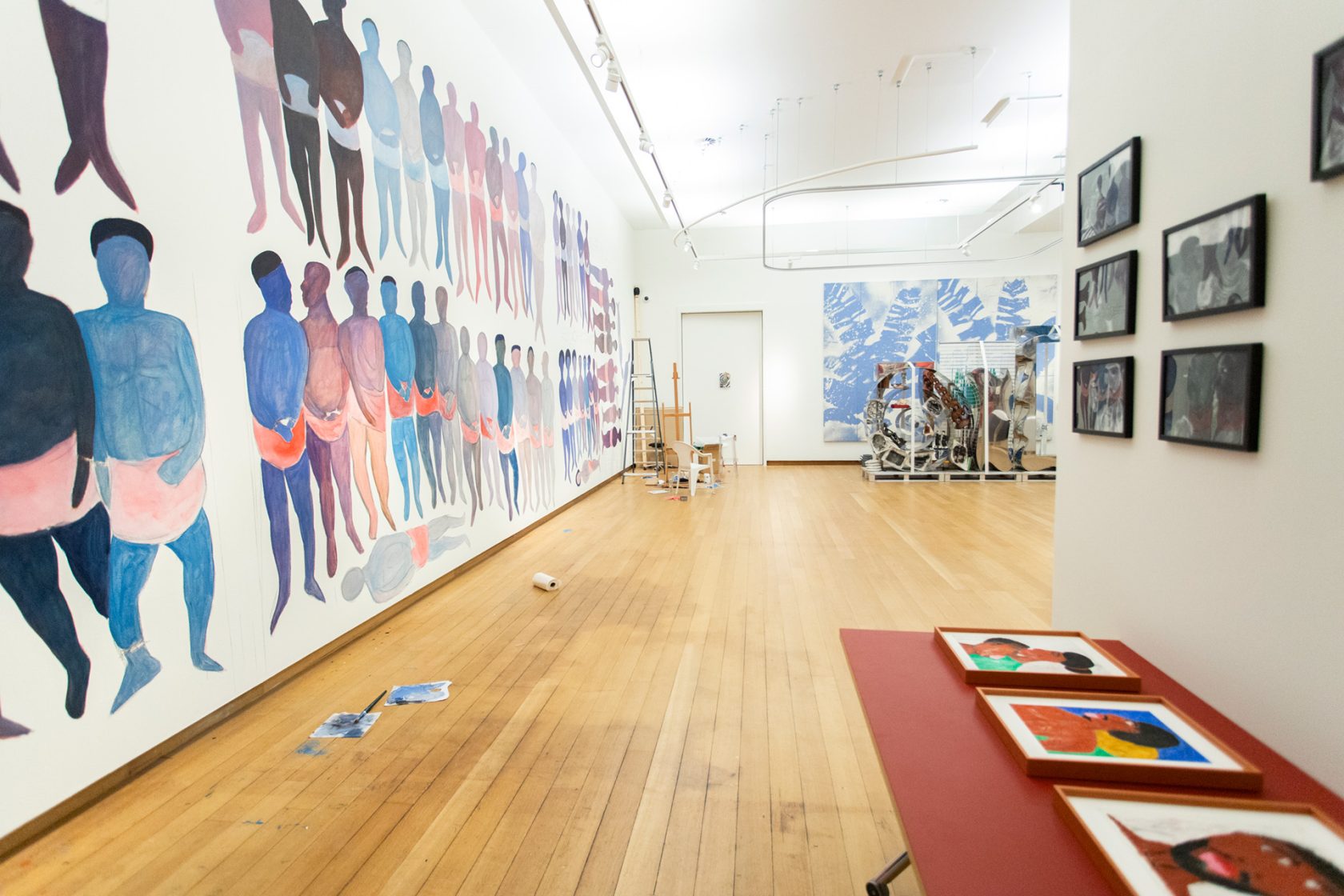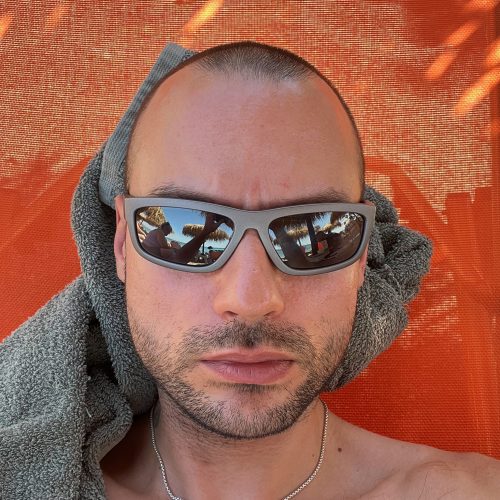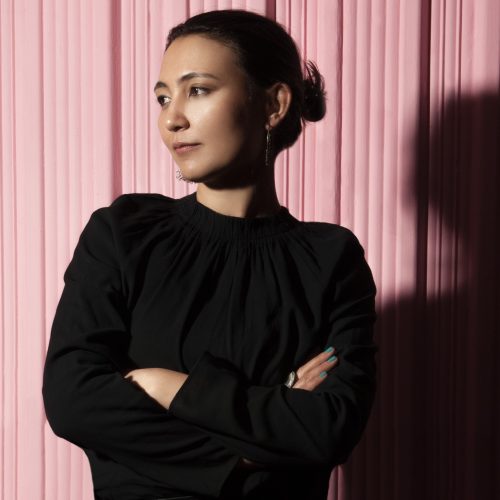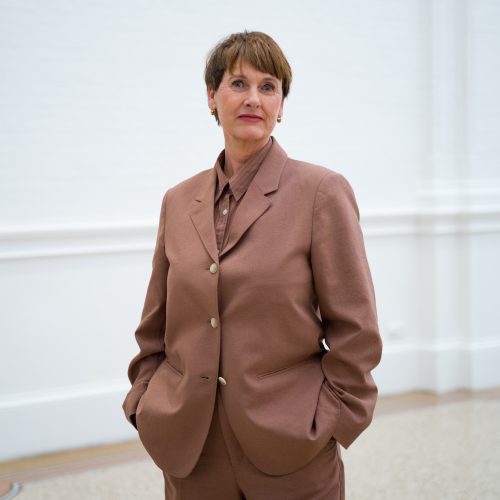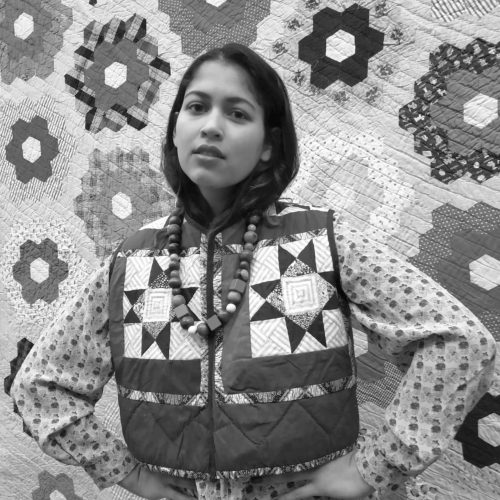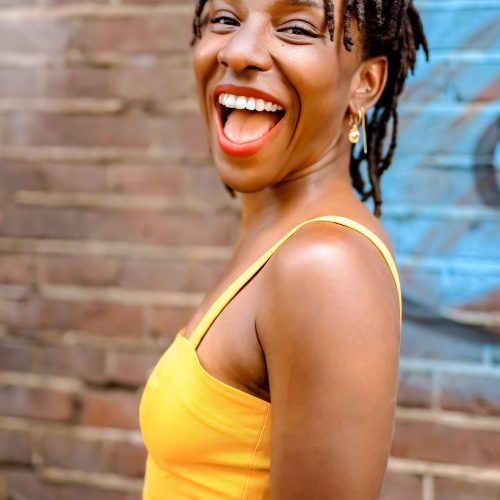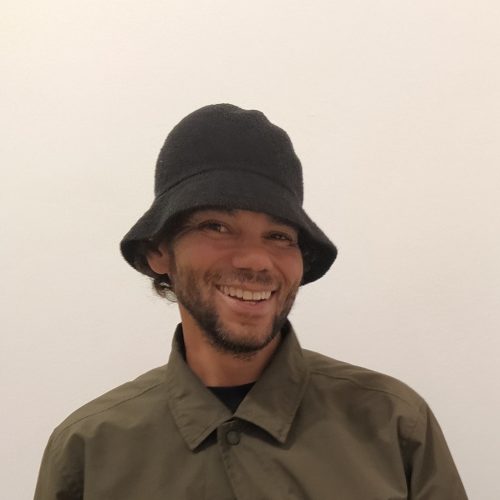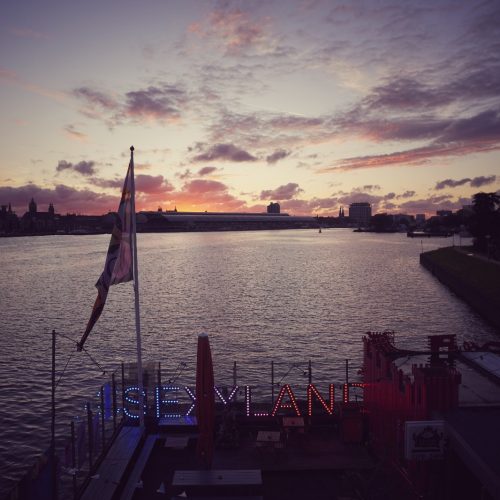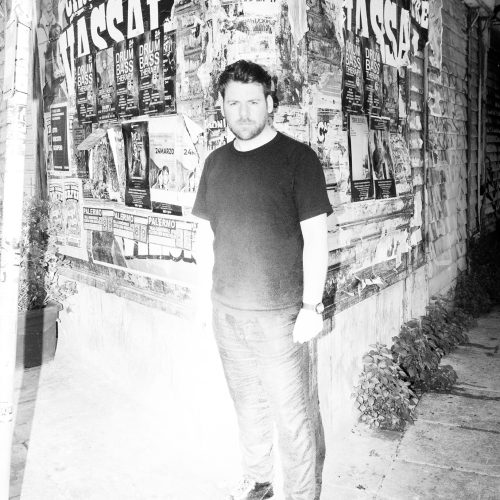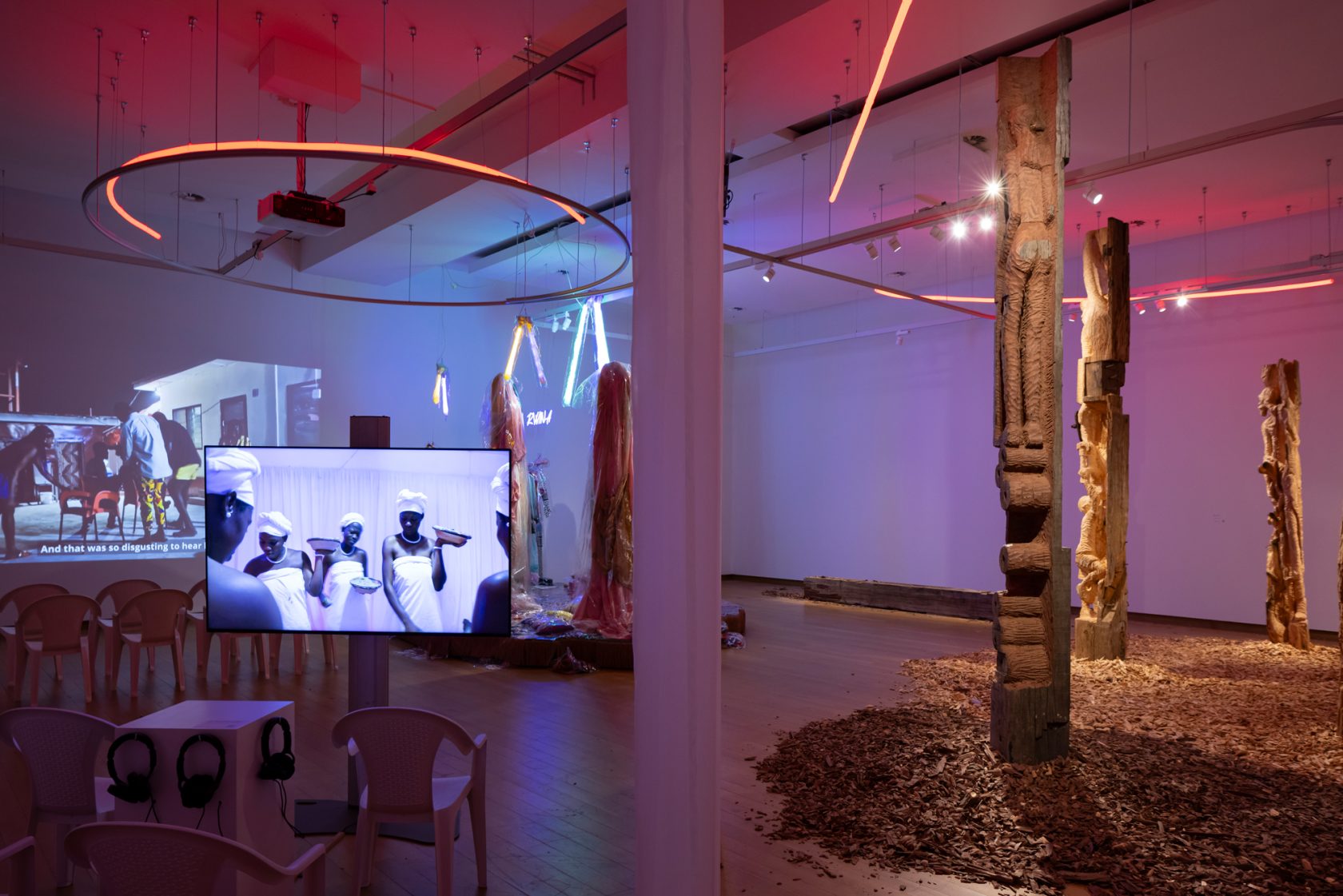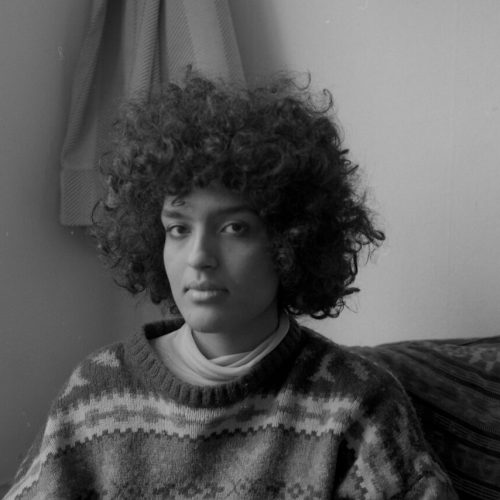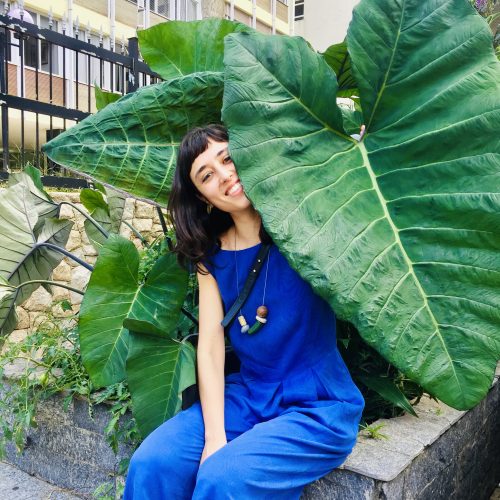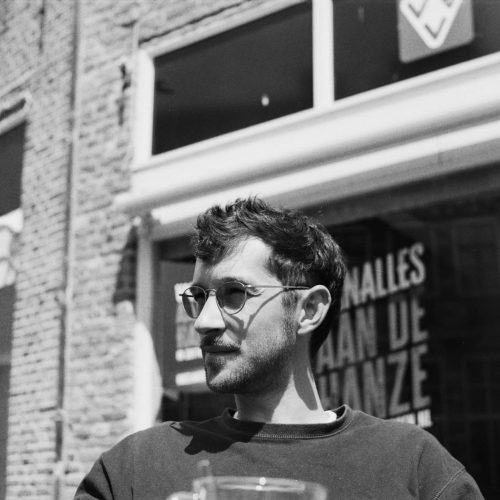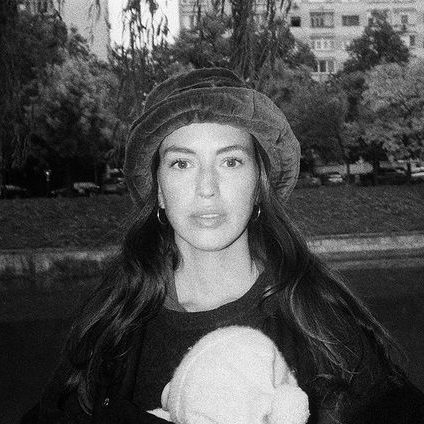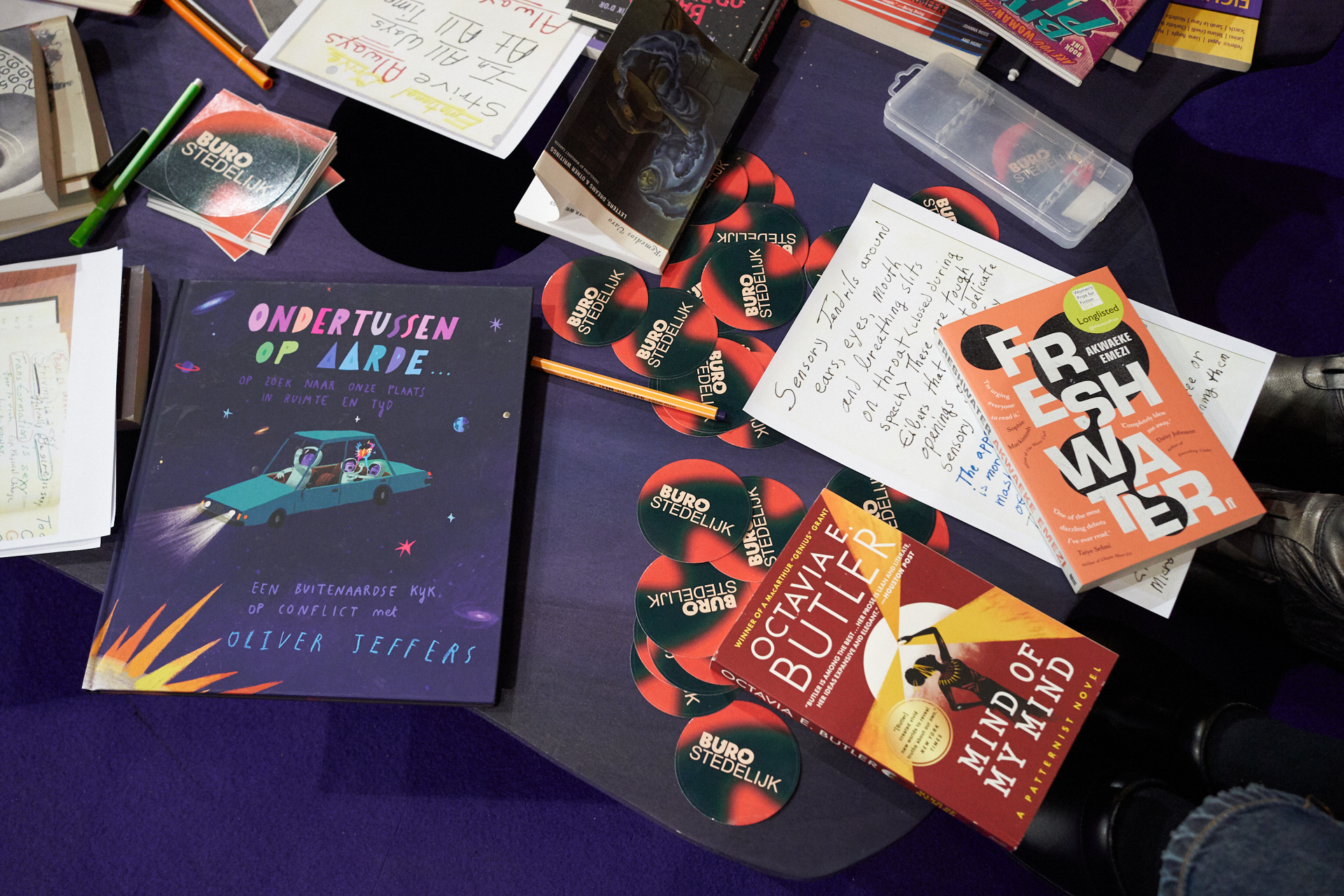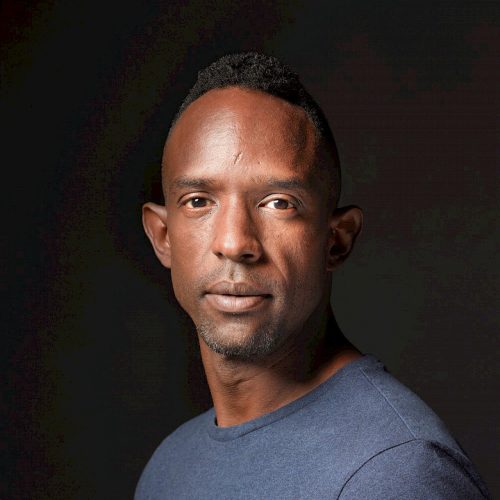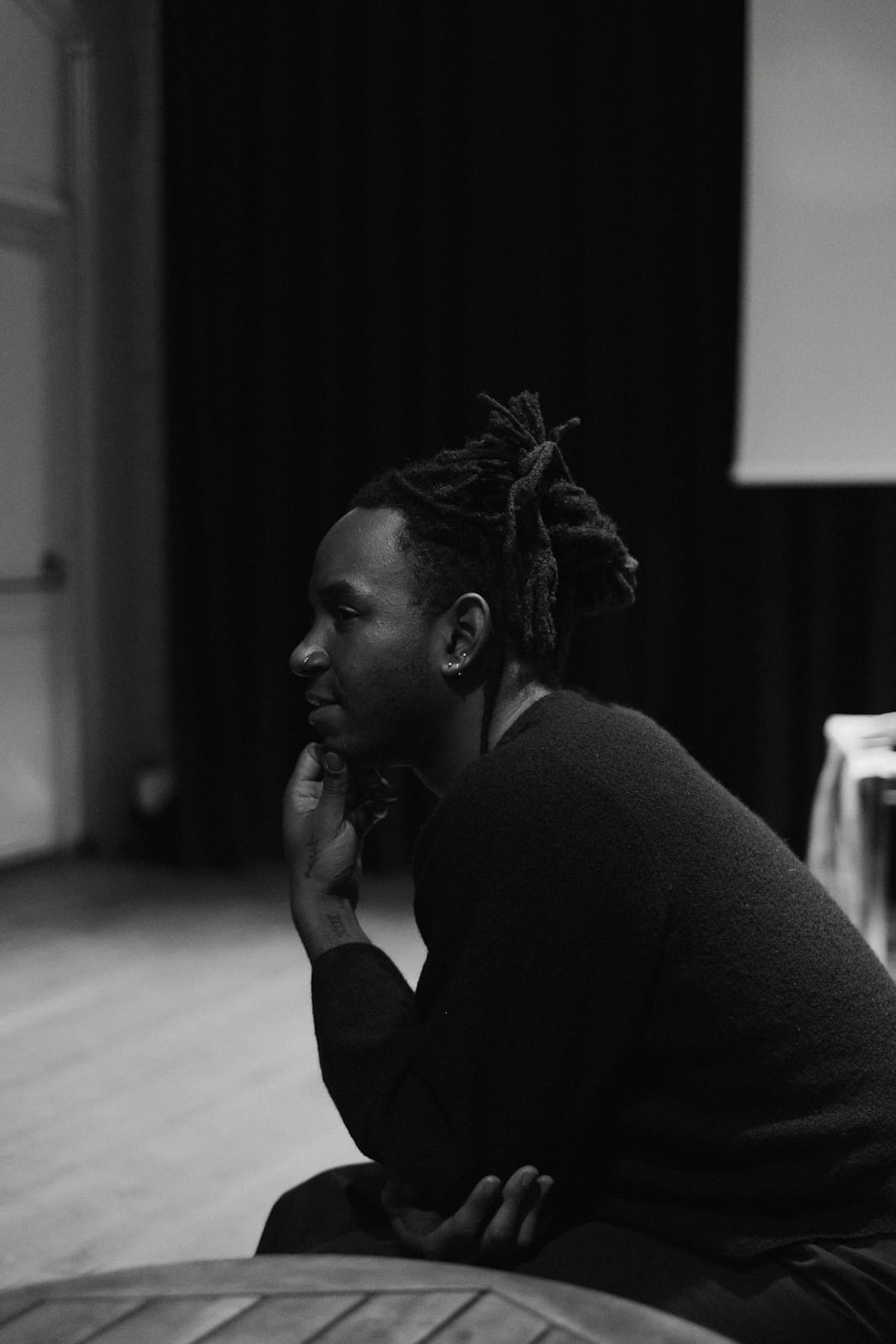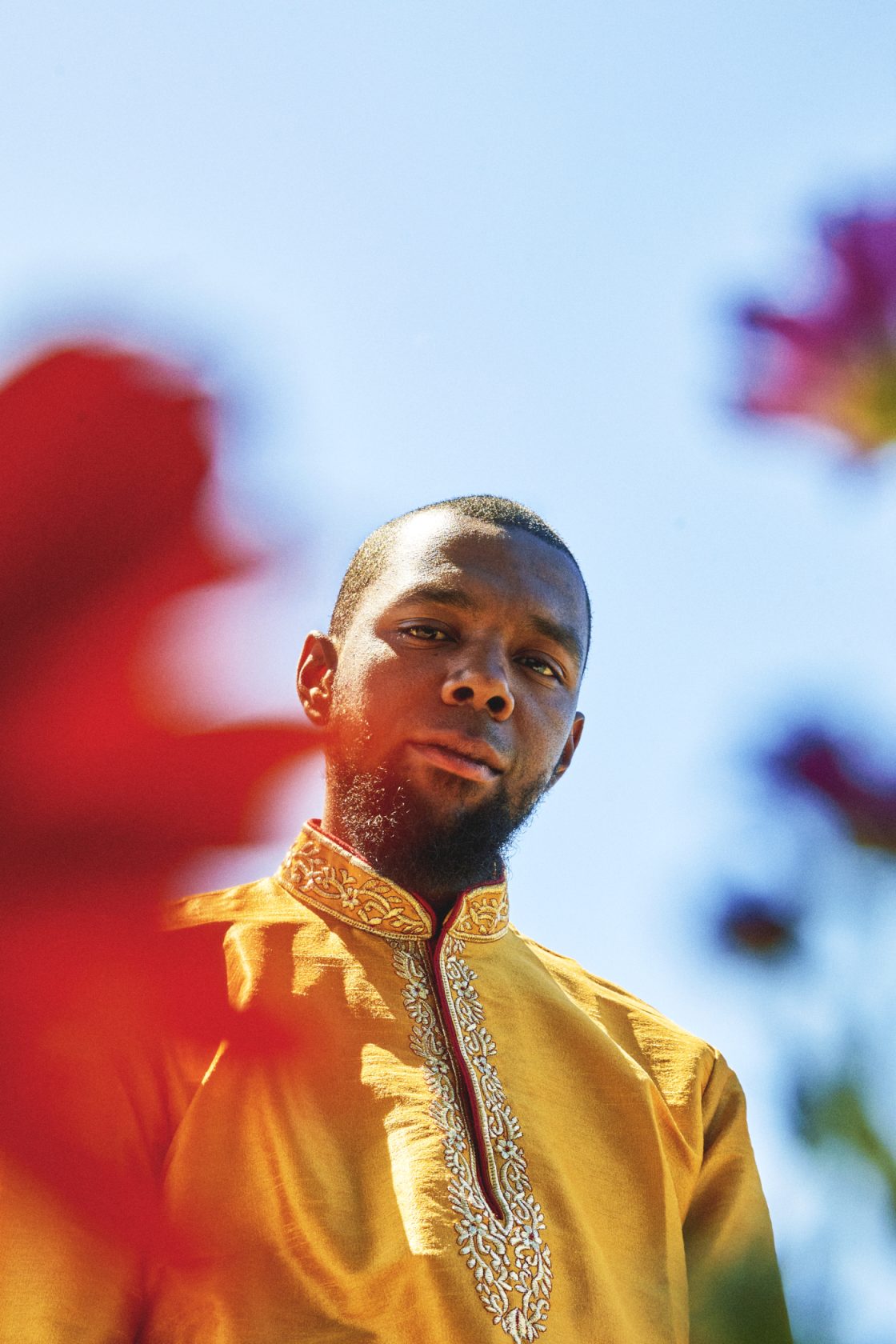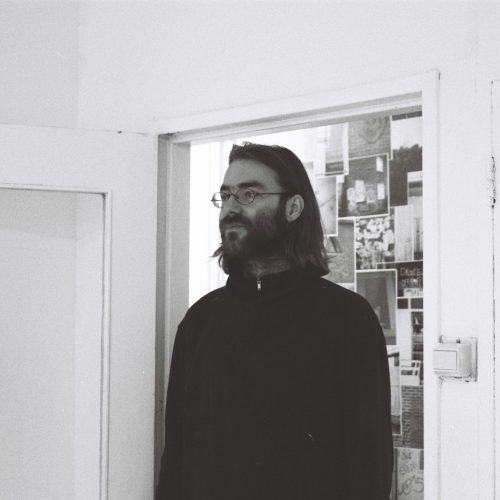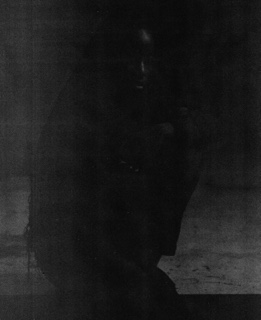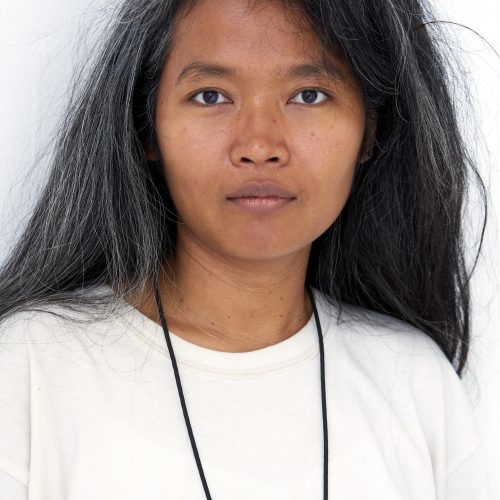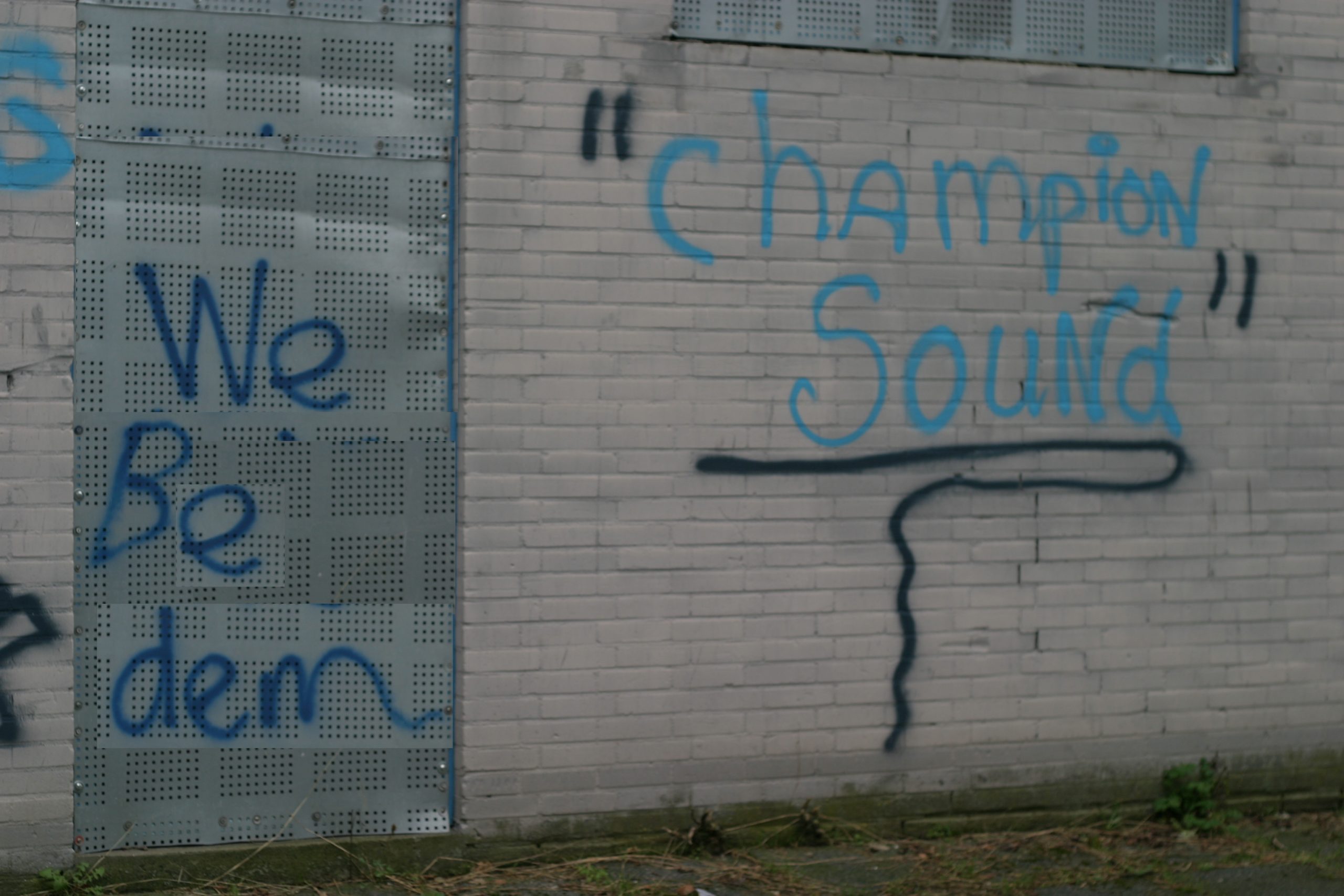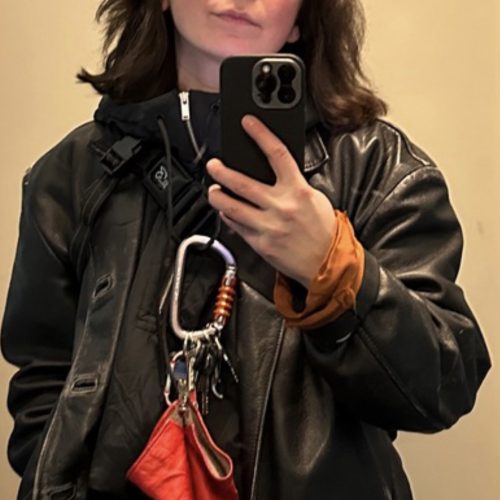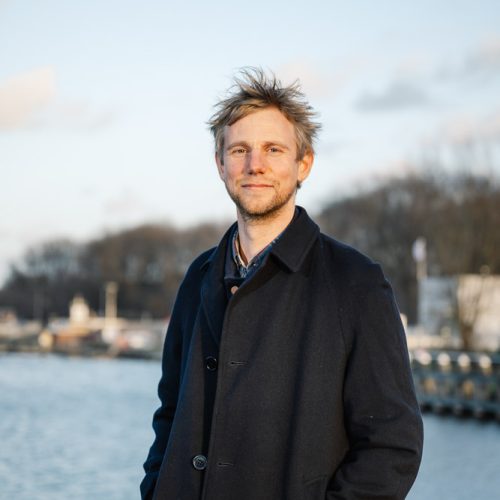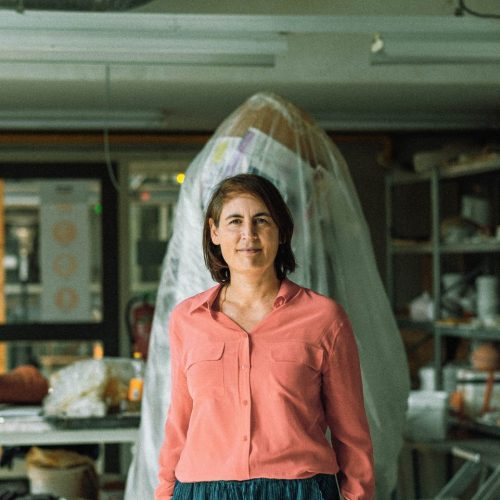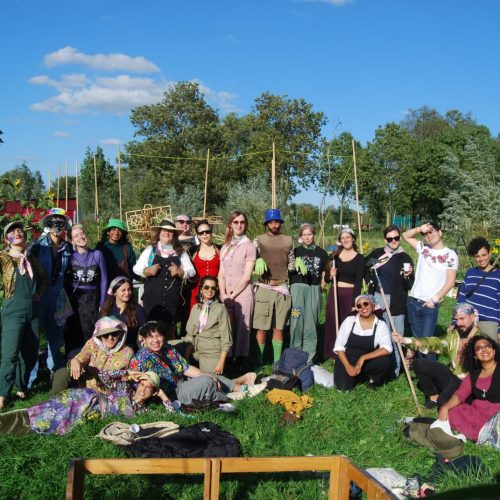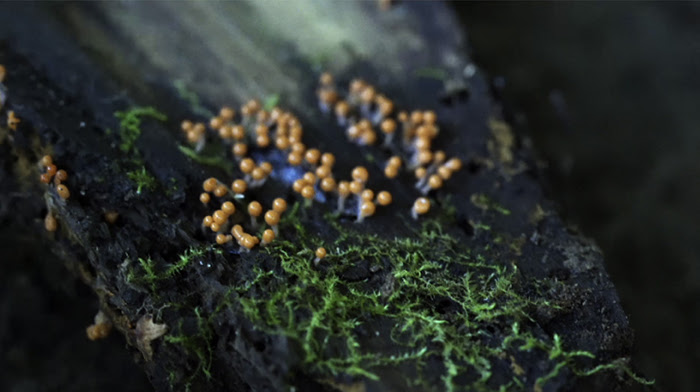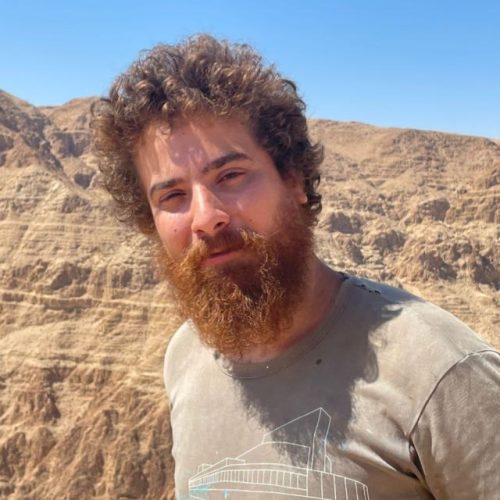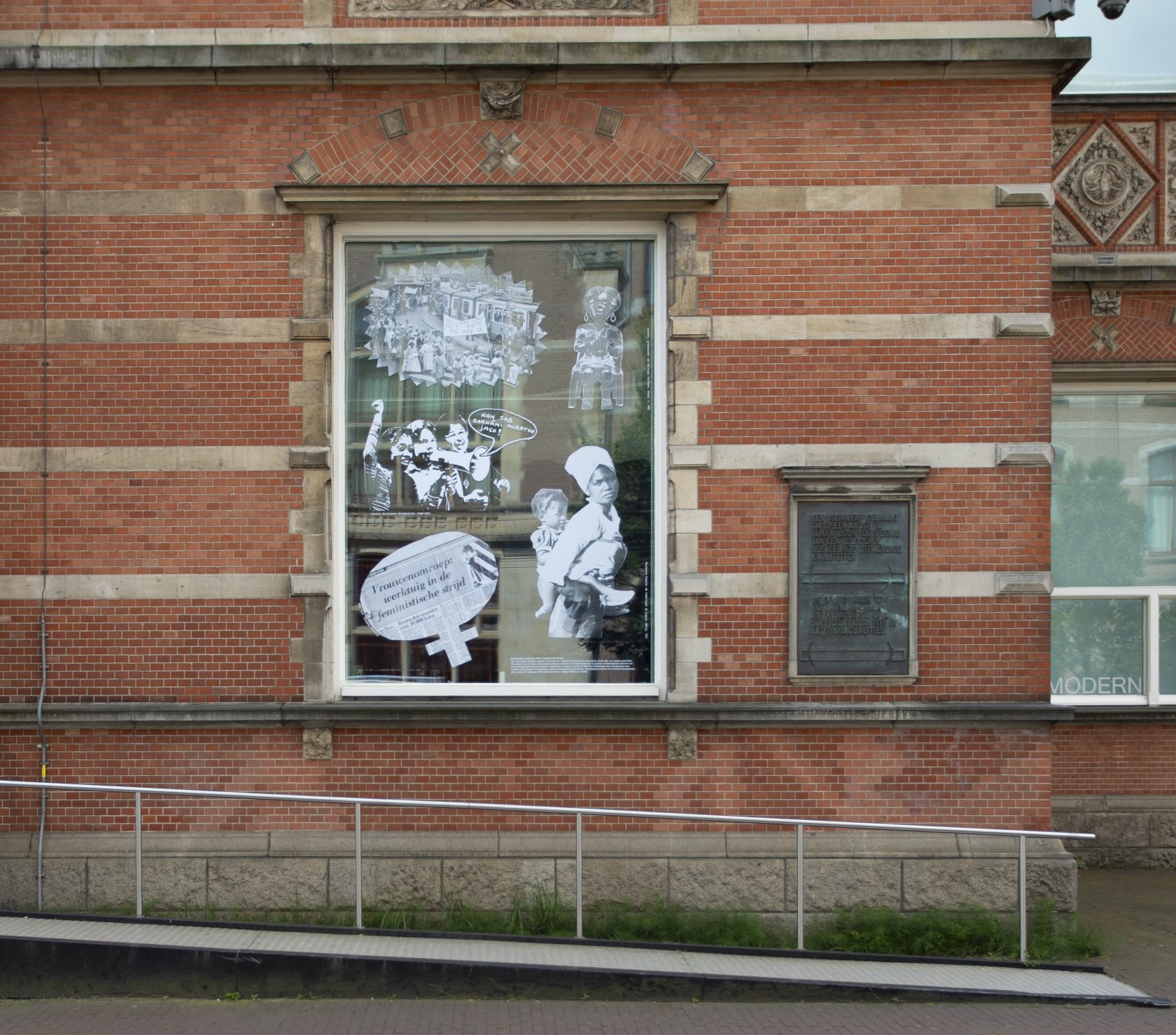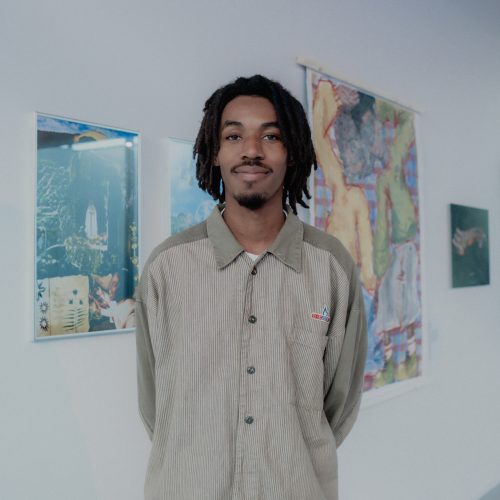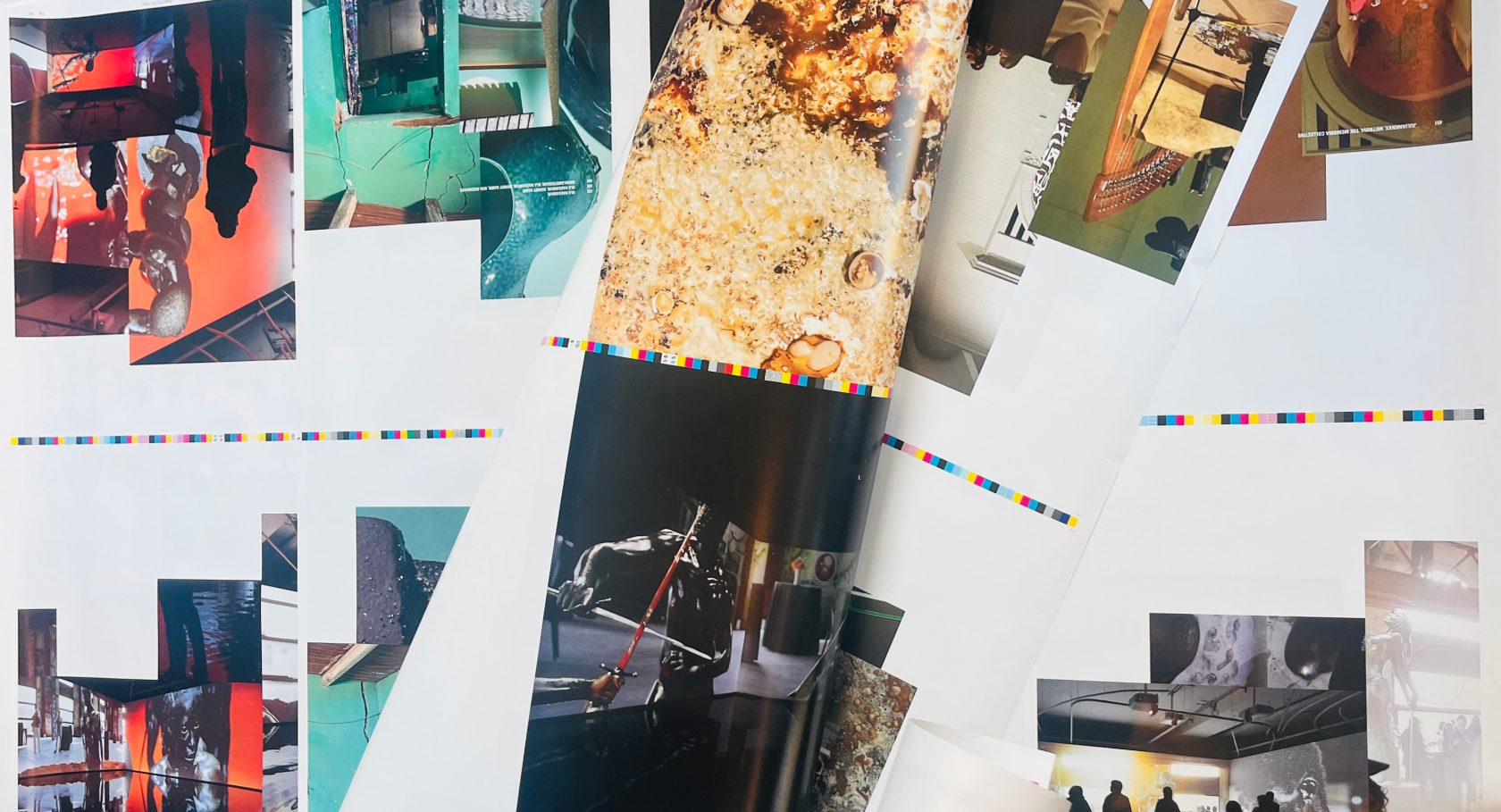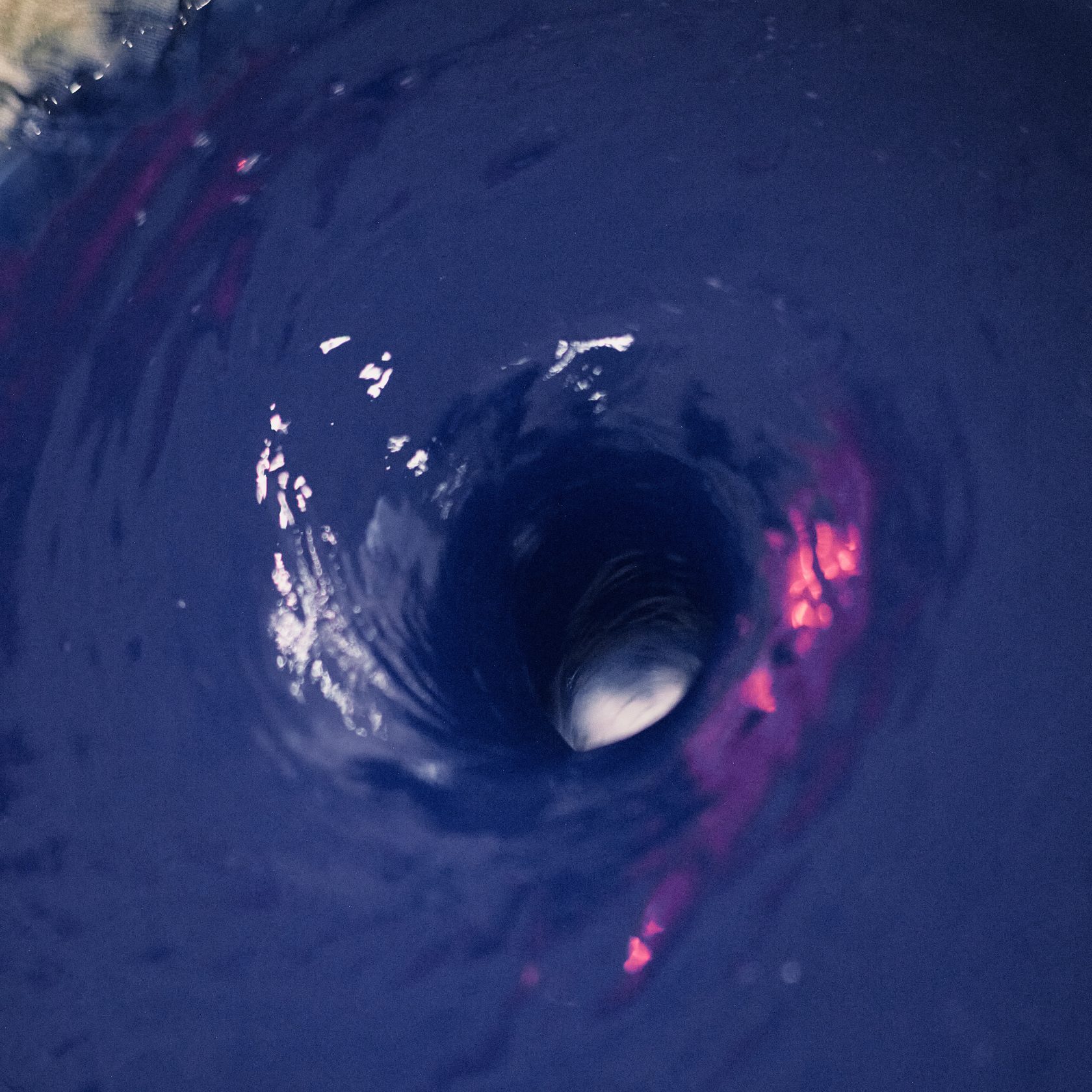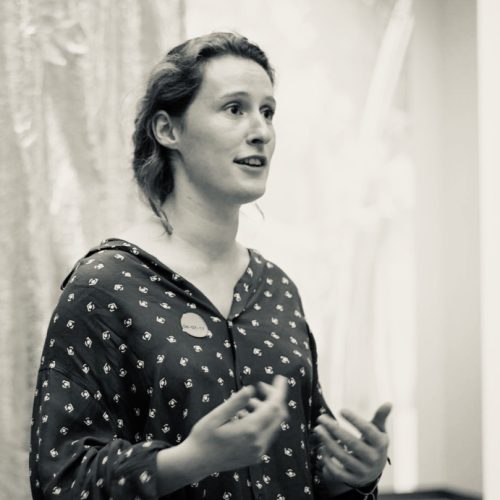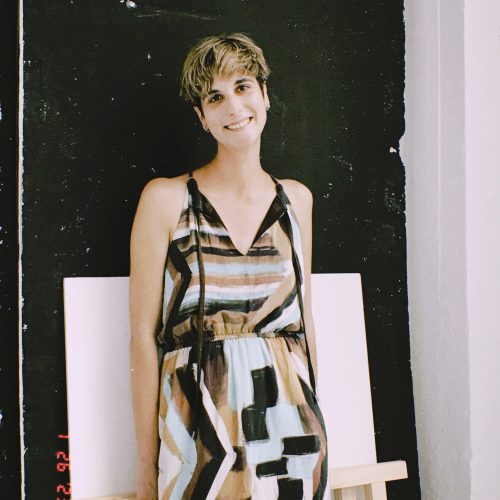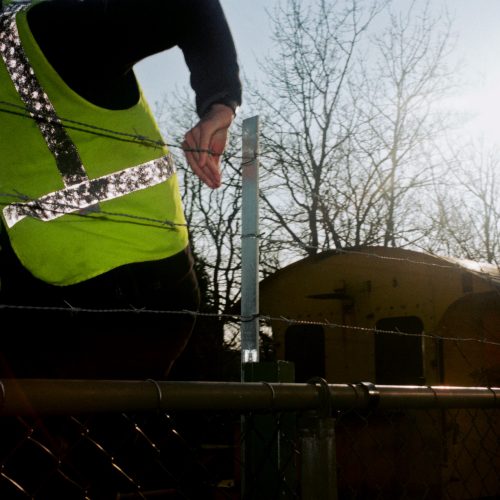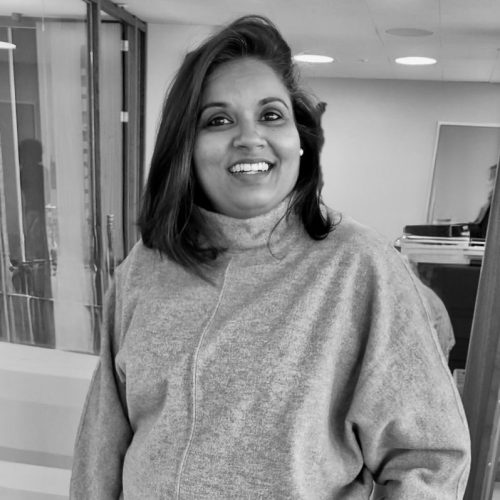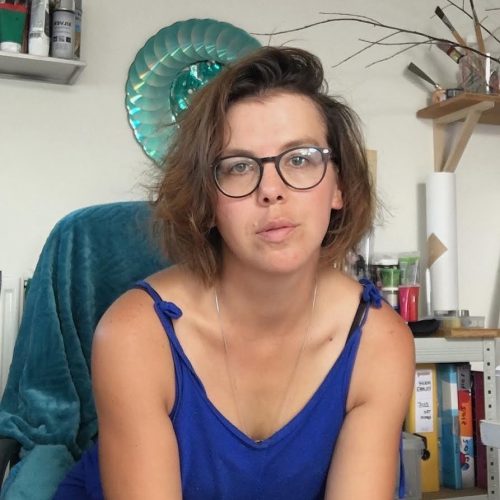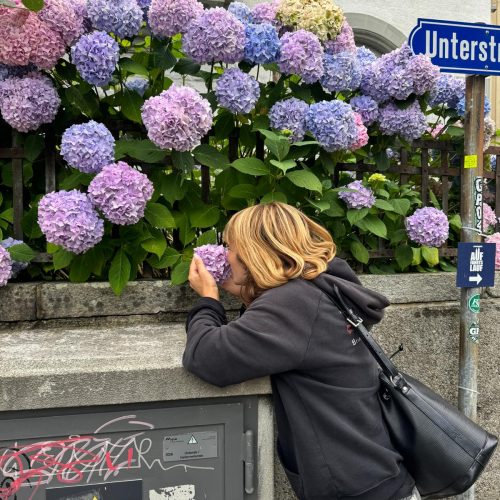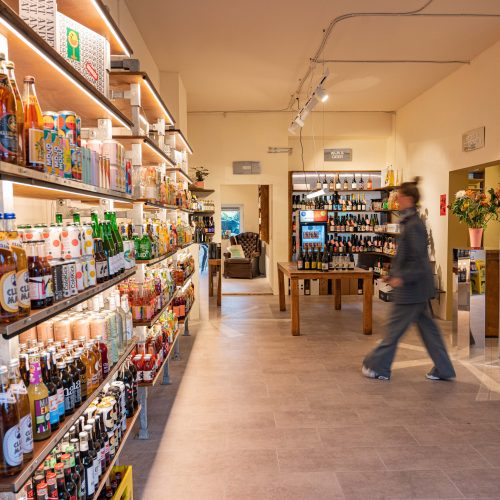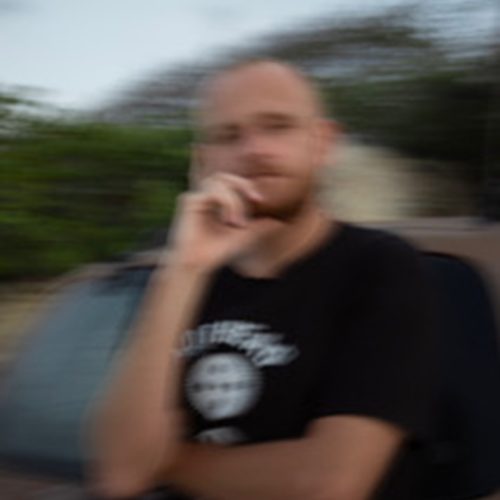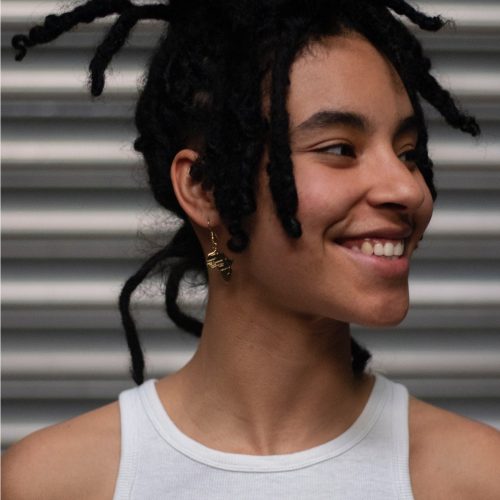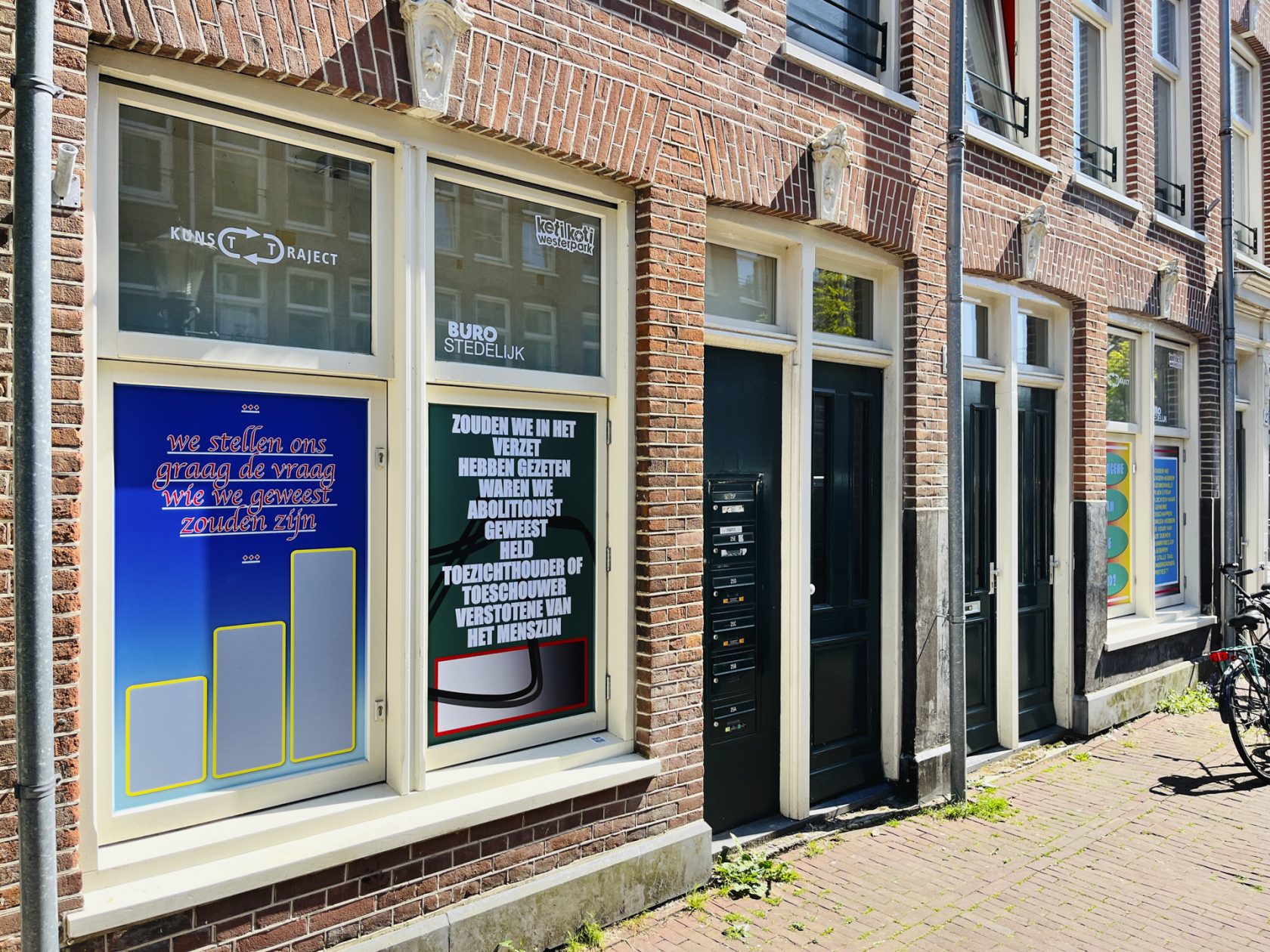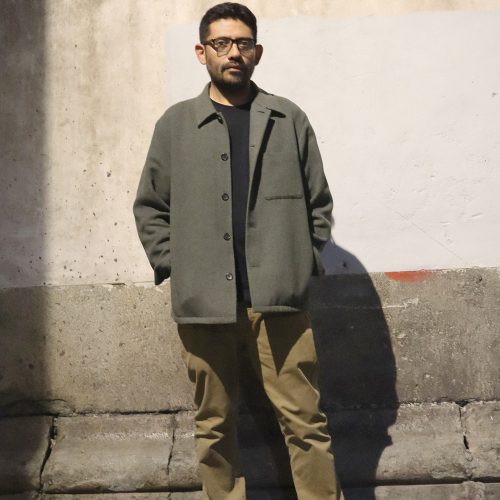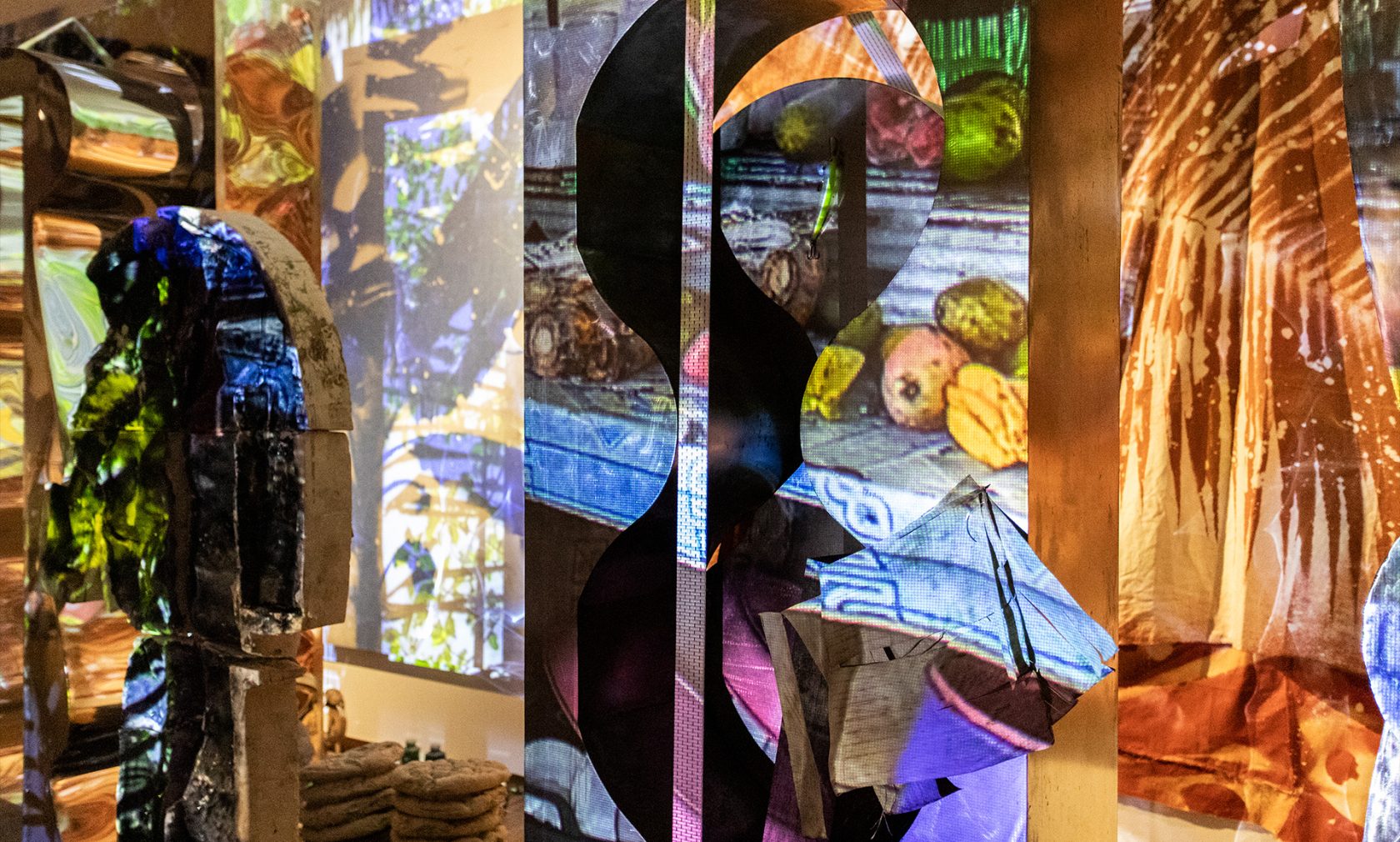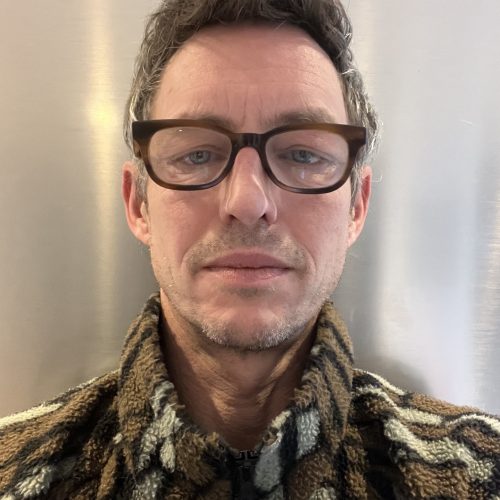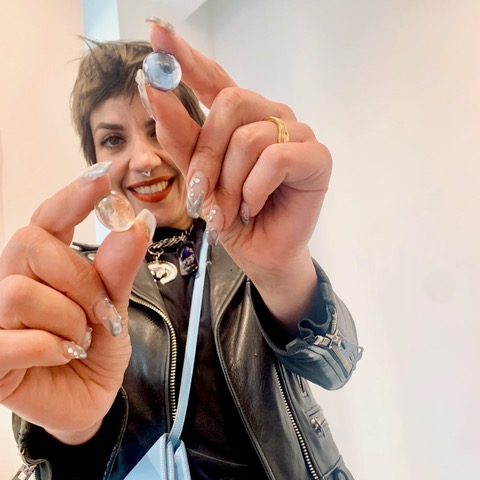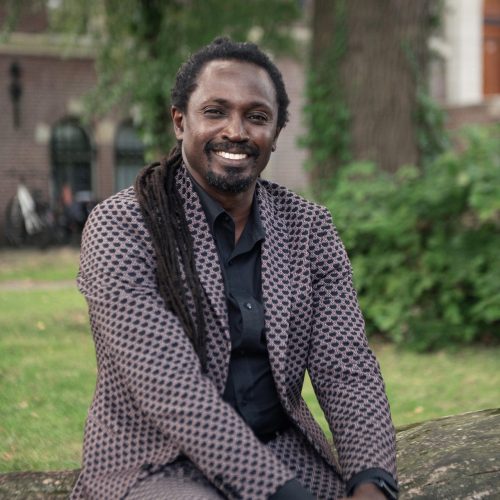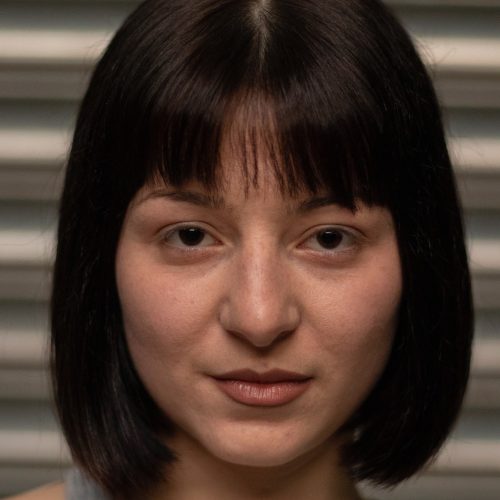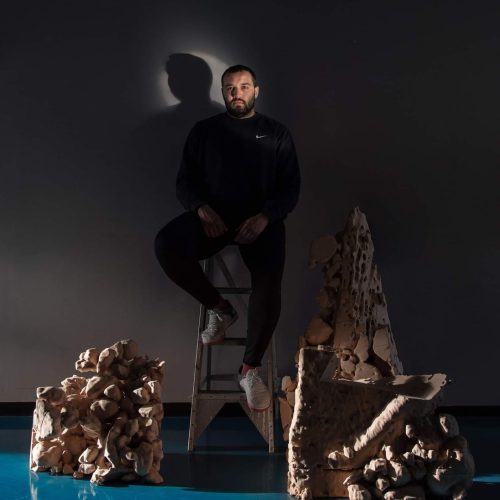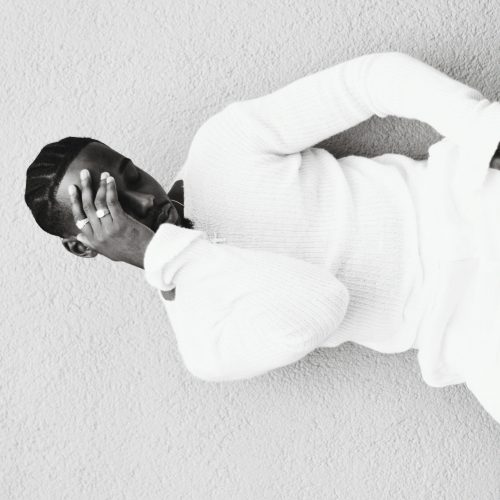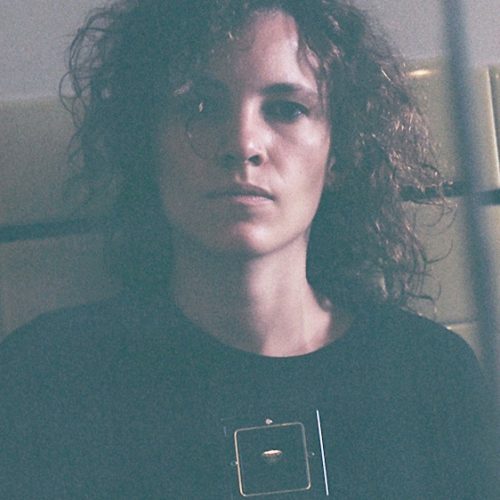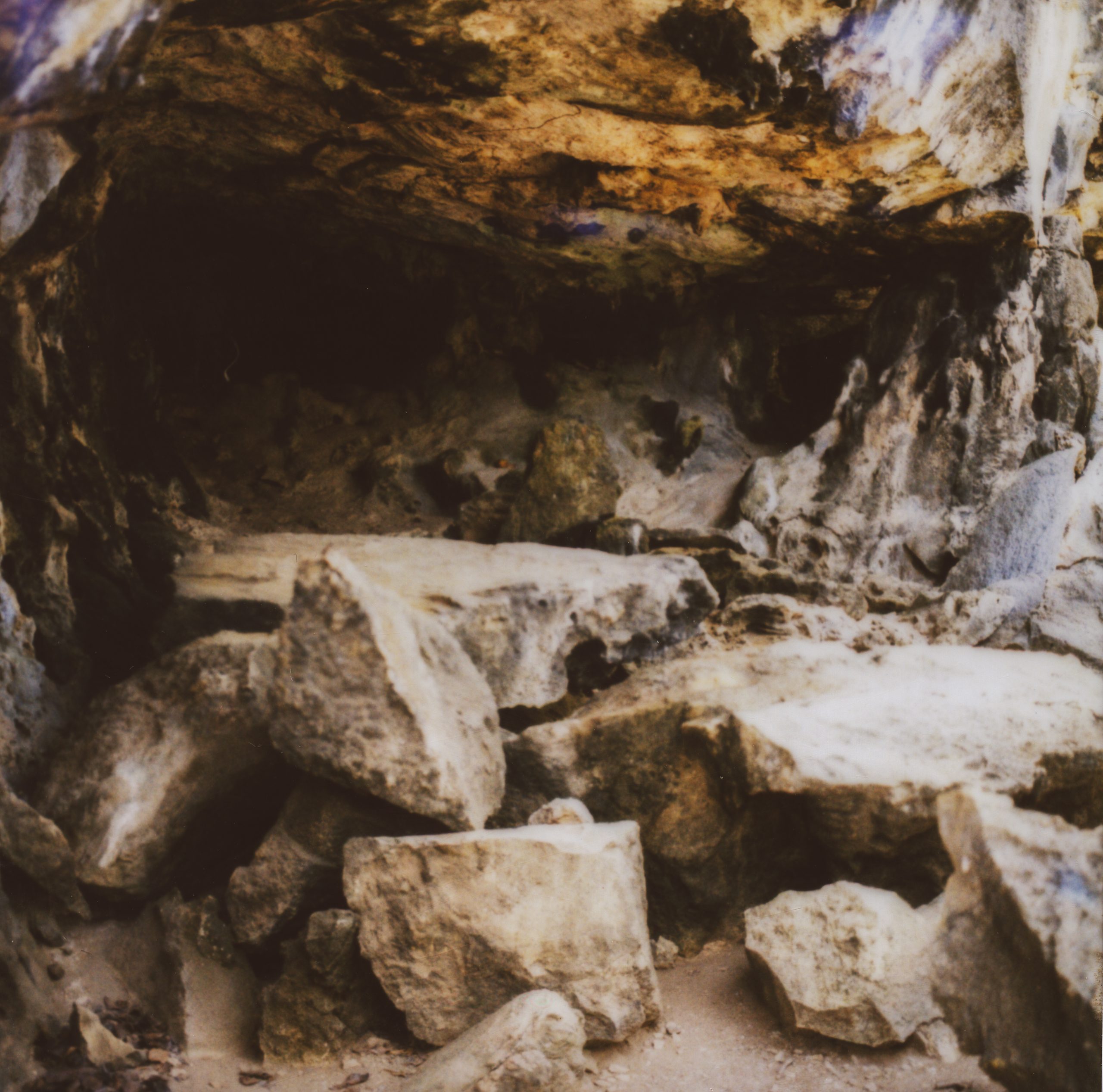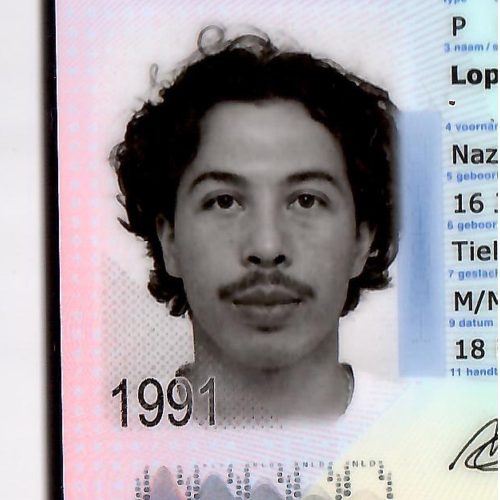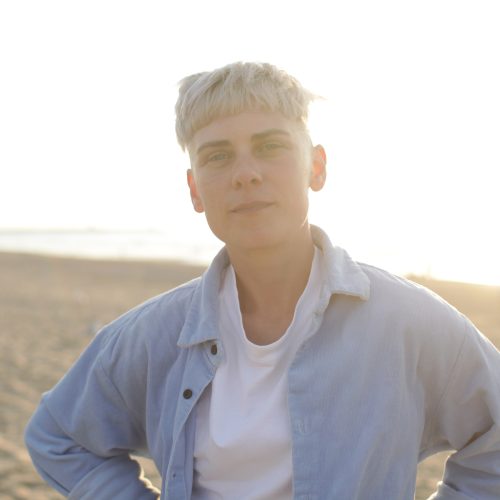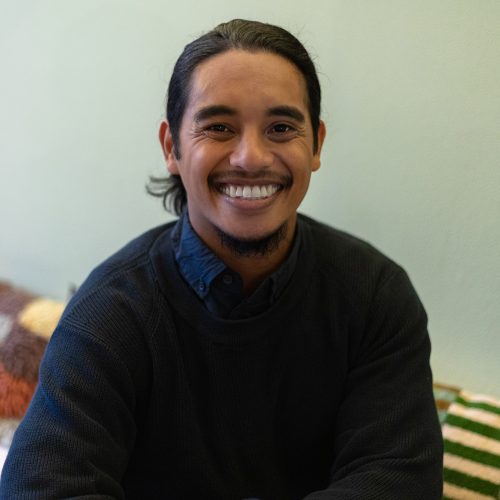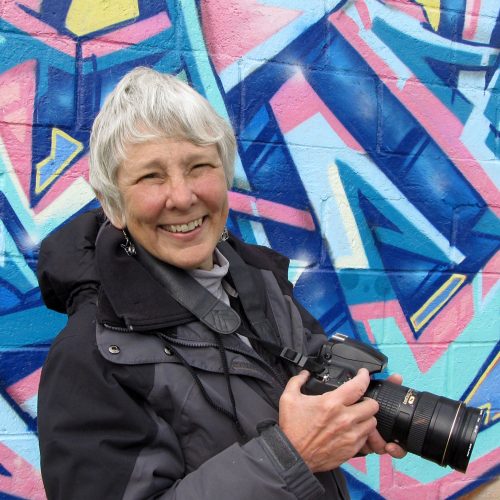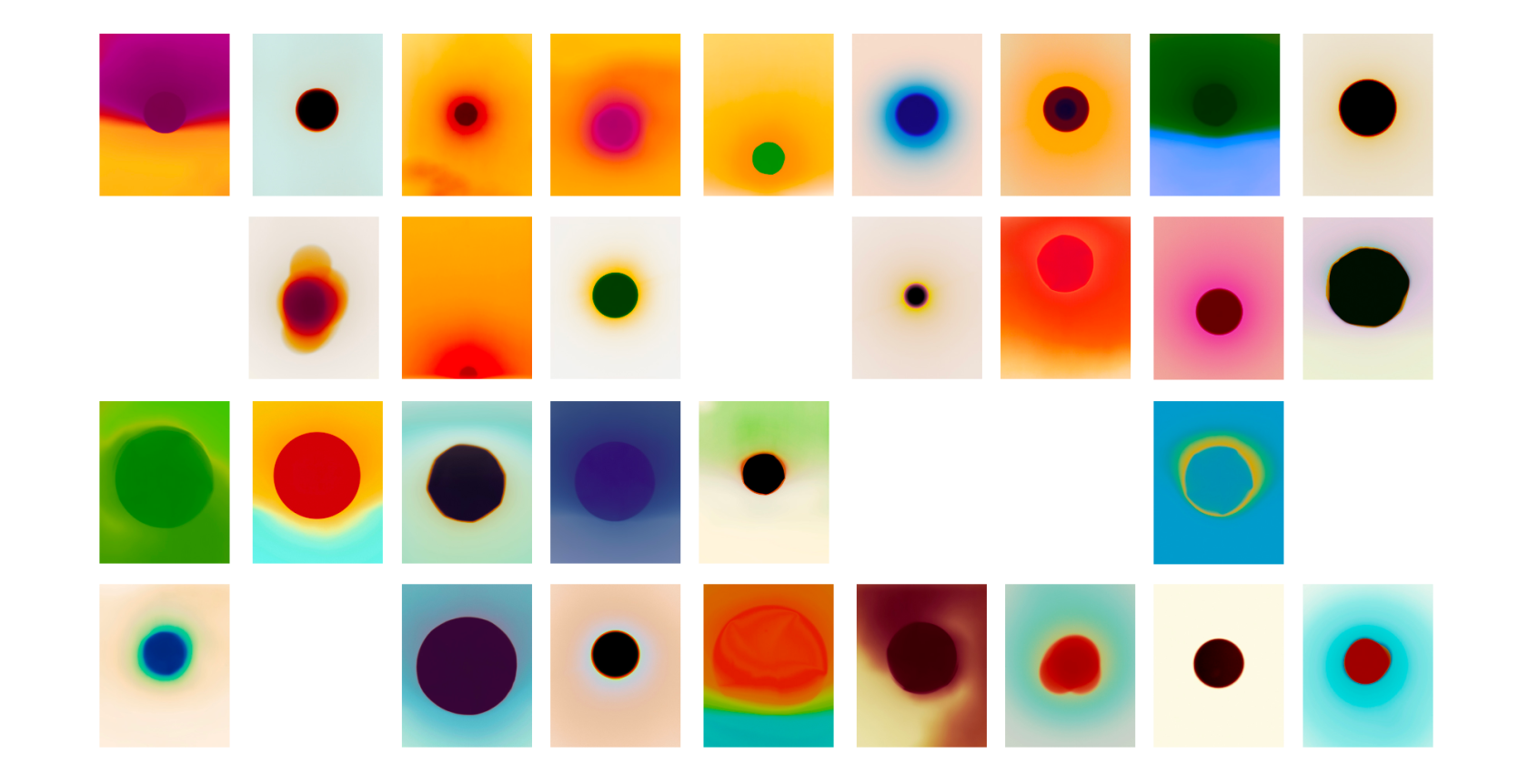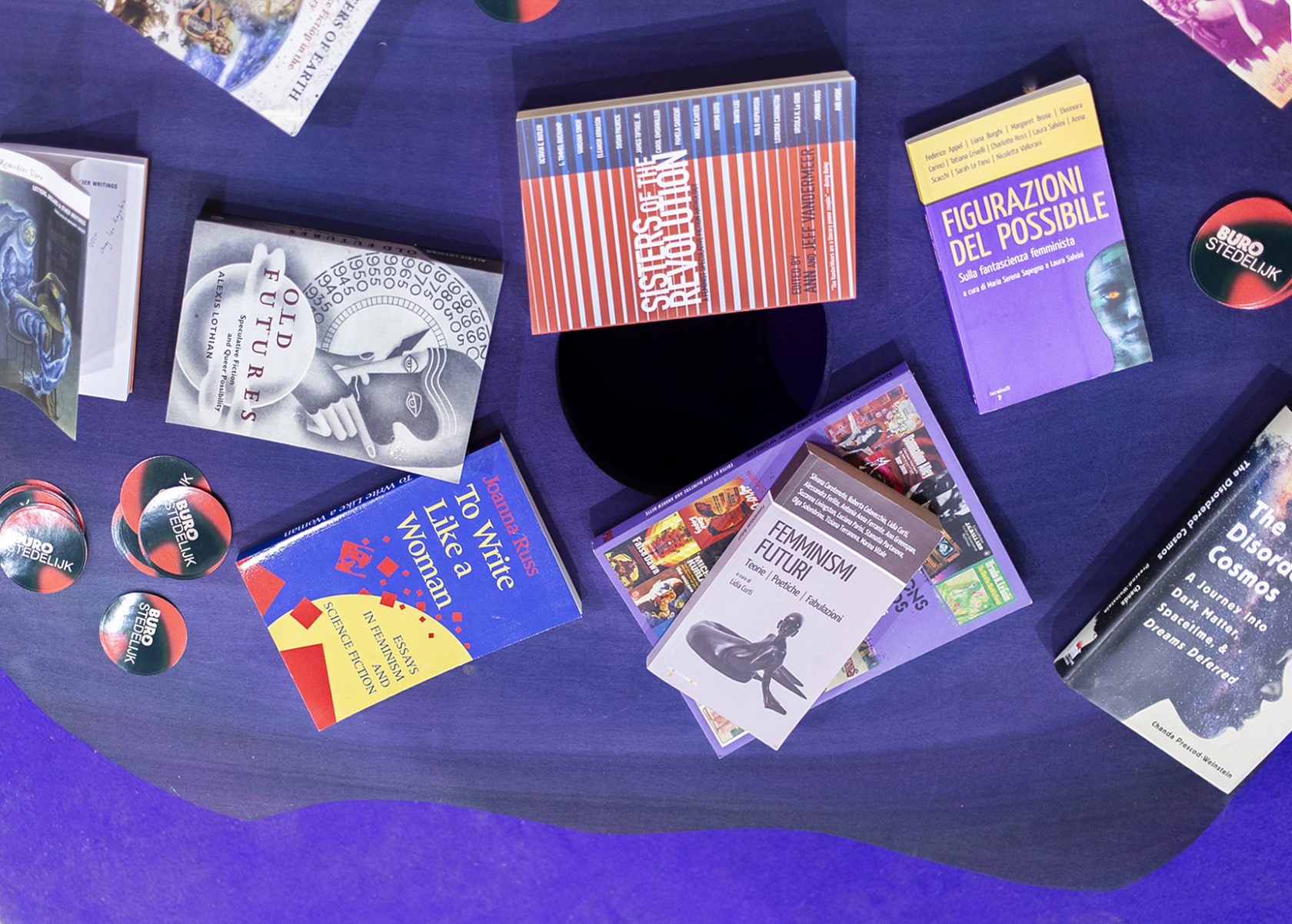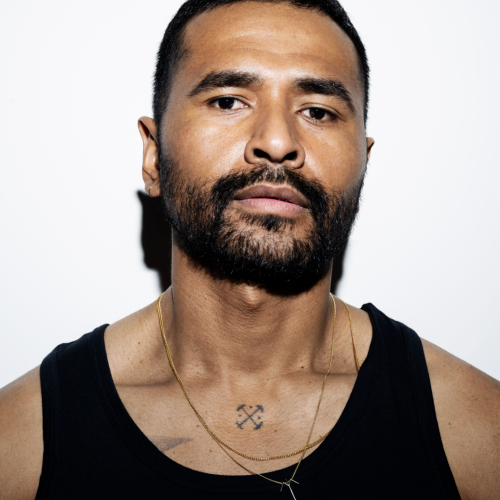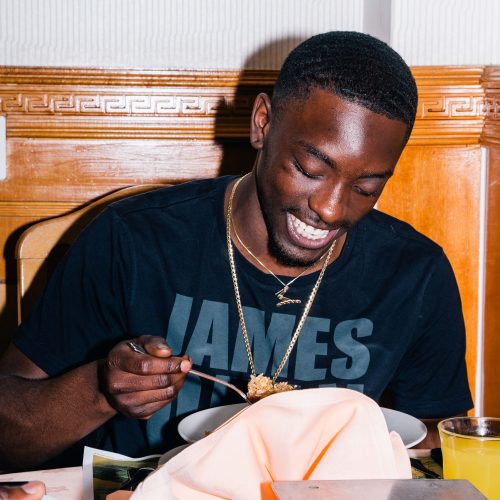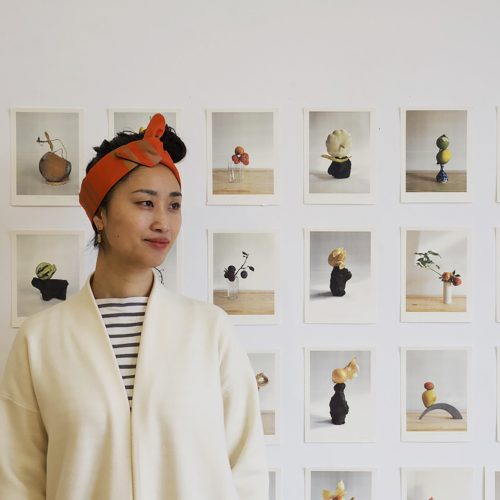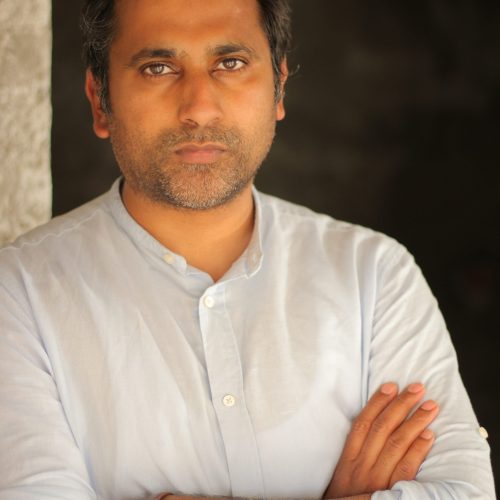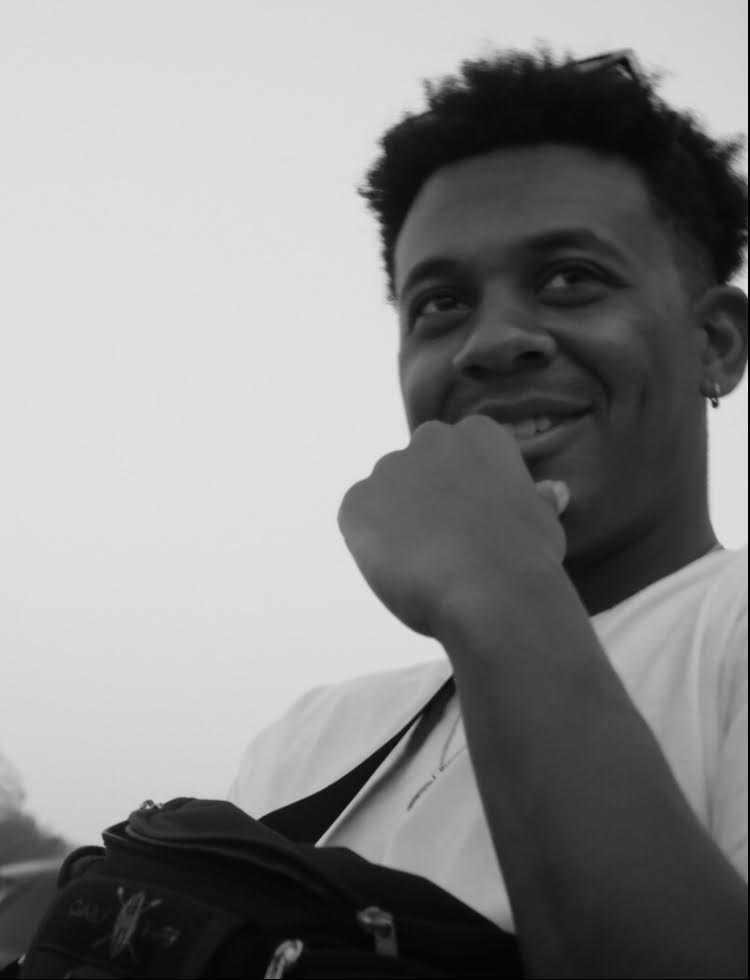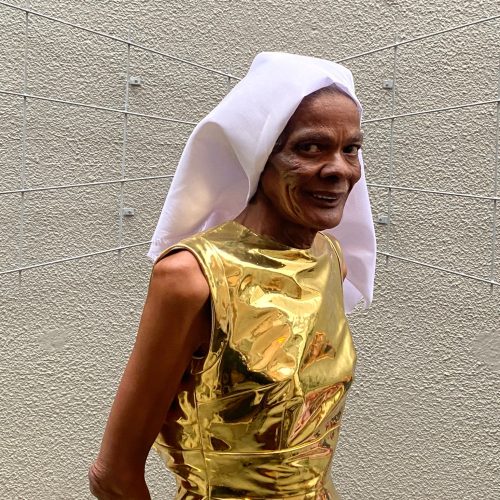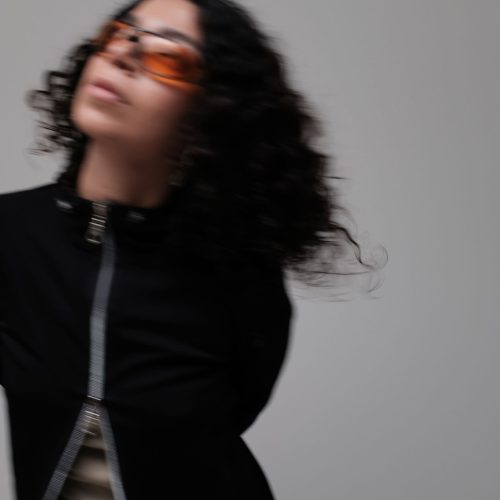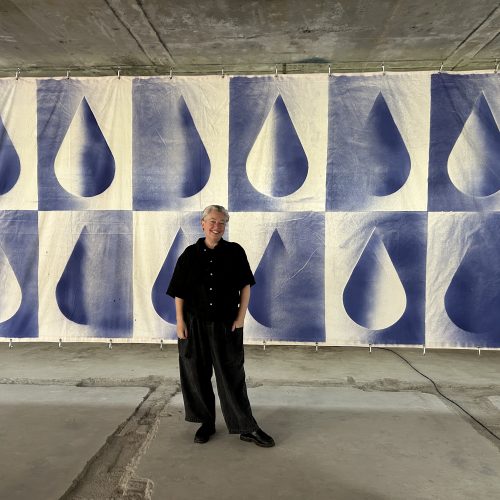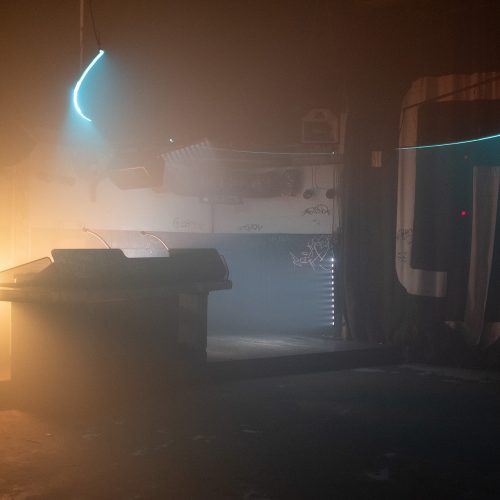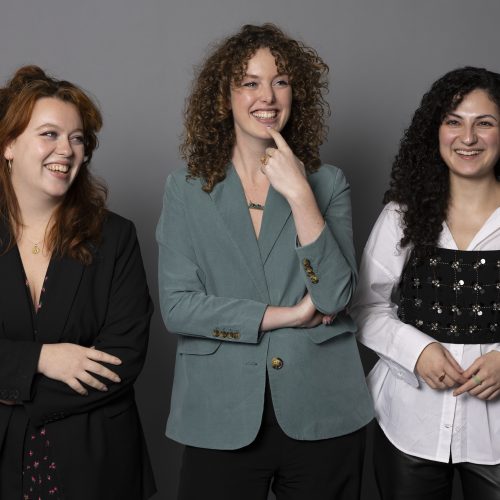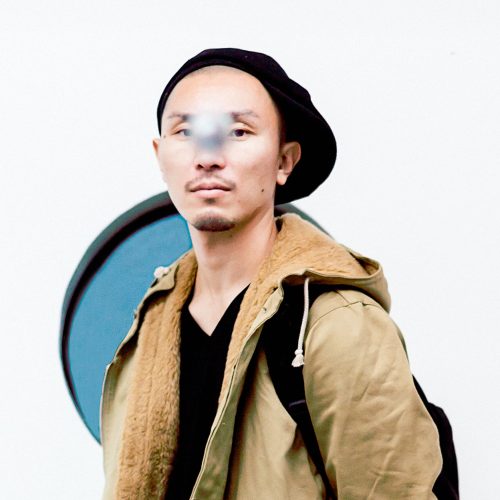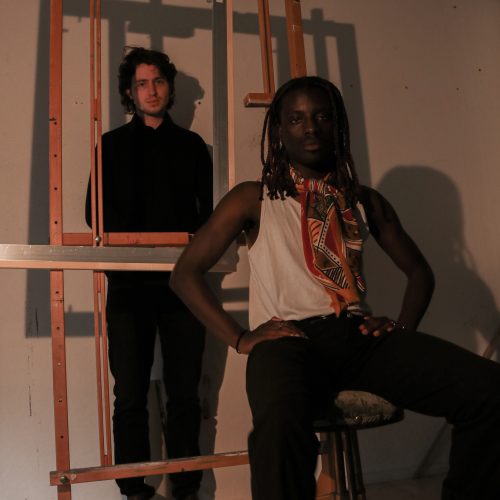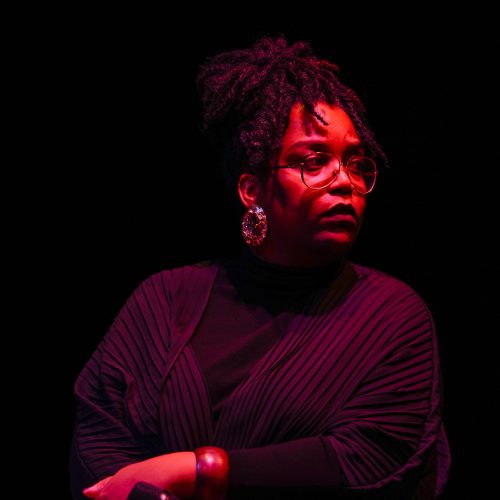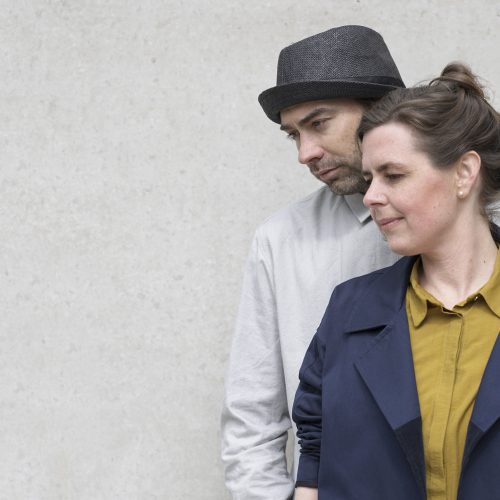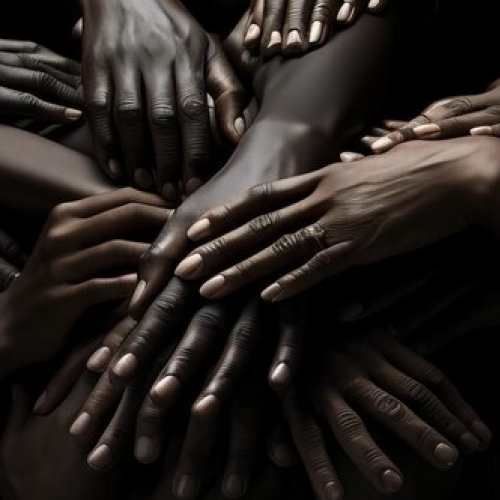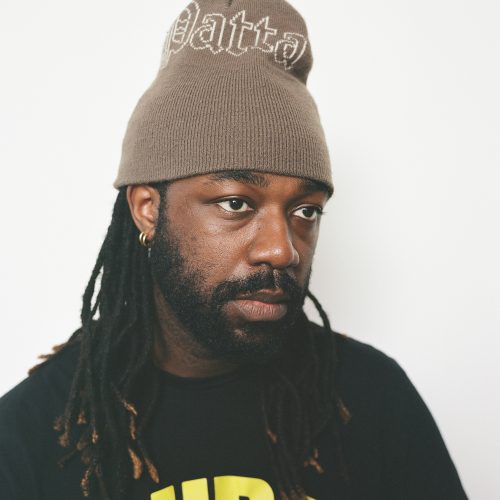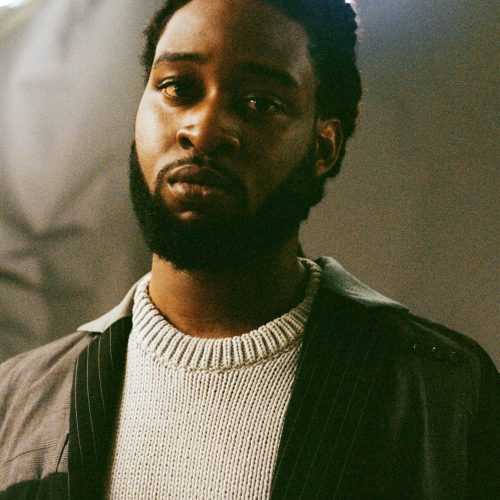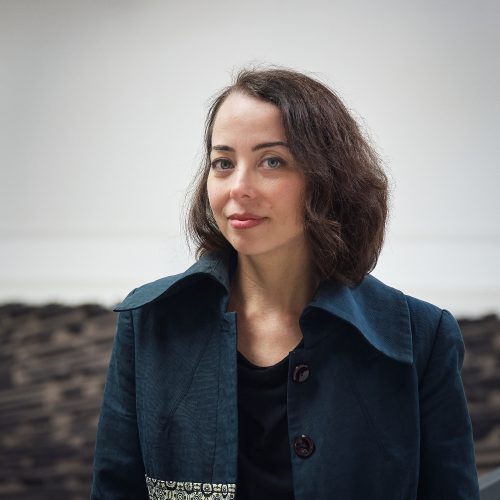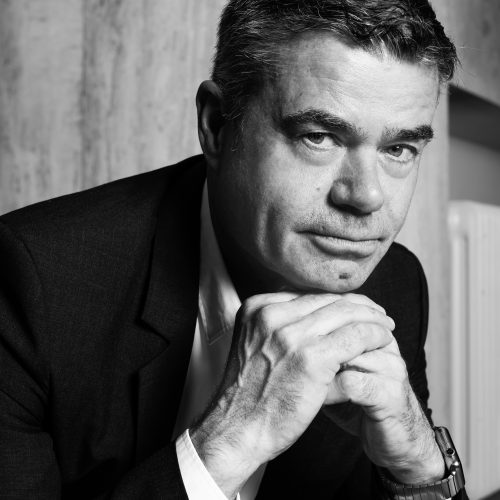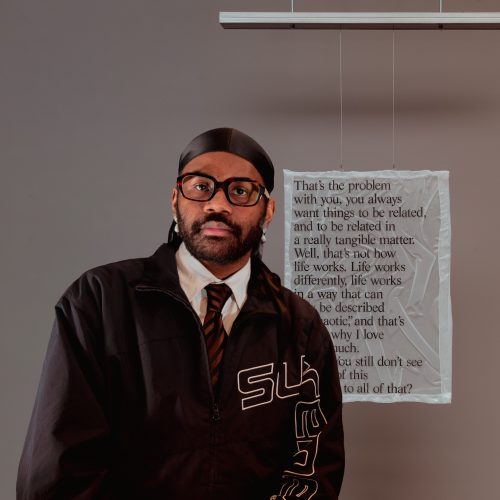Darkness as Full Potential: Beyond Negation
by Rita Ouédraogo
I thought I knew the depths of you,
Your joys
Your fears
Your victory
Your pain
(Ruth Ige, “I thought I knew the depths of you (Blackness)”)
When we established Buro Stedelijk, I envisioned a space that would exist both within and beyond the institutional framework of the Stedelijk Museum Amsterdam—a dynamic laboratory where experimental practices could thrive through dialogue, collaboration, and a deep commitment to listening. Now, as we present Manifestation #53: I Must Still Grow in the Dark, it seems fitting to reflect on how this project emerges from and extends the curatorial approach cultivated here.
Buro Stedelijk has become recognized for its unique position within Amsterdam’s cultural landscape—neither fully bound by institutional conventions nor completely detached from them. This liminal position has allowed us to create a program that prioritizes process and relationship over spectacle, and collaborative knowledge-building over singular authorship. Drawing from my background in anthropology, I’ve approached curation as a form of attentive listening, where exhibitions emerge through genuine exchange rather than predetermined frameworks.
This commitment to collaborative practice finds resonance in Manifestation #53: I Must Still Grow in the Dark, for which we collaborate with scholar-curator Stephanie Noach to bring her research on darkness into conversation with the questions that have animated Buro Stedelijk since its inception. What happens when we invite perspectives from outside to illuminate—or perhaps more appropriately, to “darken”—our own institutional practices? How might the metaphor of darkness help us understand the potentials that lie in institutional spaces not fully visible or legible within conventional museum structures?
To speak of darkness in this exhibition is also to speak of Blackness—not as metaphor, but as lived reality. Here, we confront the paradox that Black people are often tasked with building worlds they cannot move through freely. Yet within this contradiction lies tremendous creative potential. The artists and world-builders gathered in this manifestation offer a kind of metaphysical reprieve—spaces where darkness becomes not deficit but abundance, not absence but presence, not void but possibility.
Spatial designer Frédérique Albert-Bordenave’s contribution is central to this project. Her work doesn’t merely create a backdrop for art but establishes a (Black) quotidian—an architecture that functions as the incessant, inescapable stage from which we perform ourselves. In Buro Stedelijk’s Central Space, she offers not only a visual language but a spatial ethic that contends directly with the unkept promises of liberation. By emphasizing the in-between—those liminal spaces where rigid categories dissolve—her design creates room for collectivity to emerge organically.
Stephanie’s exploration of darkness as generative rather than privative aligns beautifully with my own curatorial interest in creating spaces where multiple ways of knowing and being can coexist without hierarchical ordering. Our collaboration itself embodies this exhibition’s central premise: that in the spaces between established positions—in the darkness that lies between clearly defined roles of “host curator” and “guest curator”—possibilities for institutional practice can emerge.
This manifestation thus represents not just a theoretical meditation on darkness, but a lived practice of what institutional spaces might become when we embrace opacity, potential, and the generative discomfort of collaborative uncertainty. Through this collaboration, we show the value of building bridges between diverse research trajectories and curatorial approaches, creating a space where visitors are invited to grow alongside us in the productive darkness of open-ended inquiry. You are in it with us by building it, together, in collaboration—imagining community through doing, through creating spaces where we can be, grow and rest.
We cried tears together
We laughed
We sang
And danced through circumstances
My dear friend.
(Ruth Ige, “I thought I knew the depths of you (Blackness)”)
The manifestation critically interrogates the dichotomous thinking that has historically cast darkness as inferior or threatening. Instead of perpetuating an oppositional framework, it presents darkness as possessing unique qualities that resist simplification.
Darkness resists control and capture. In a world increasingly characterized by surveillance, hyper-visibility, and constant exposure, darkness offers an essential counterpoint. It is a space where opacity can function as a form of protection, particularly for marginalized communities. This idea finds resonance in the works of theorists such Édouard Glissant and Fred Moten who argue that the right to opacity¹—an individual’s right to remain undefined or unreadable—is essential to resisting systems of domination.
As Fred Moten states in the Undercommons: “The undercommons is not a realm where we rebel and we create critique; it is not a place where we take arms against a sea of troubles and by opposing end them. The undercommons is a space and time which is always here. Our goal – and the “we” is always the right mode of address here – is not to end the troubles but to end the world that created those particular troubles as the ones that must be opposed”² As such, beyond resistance, darkness enables the creation of alternative imaginaries. It offers a space for that which escapes the grasp of dominant systems—an unseen yet potent realm of possibilities. By stepping away from the illuminating gaze, one can foster visions unencumbered by external dictates. The manifestation embodies this idea through artworks that embrace obscurity, concealment, and shadow as tools of speculative world-building.
Darkness serves as a catalyst for freedom. It is a space where structures of power are momentarily suspended, where new forms of expression can emerge. From hidden histories to underground networks, darkness has historically played a vital role in fostering resistance and subversion. The show captures this dynamic through artworks that engage with indigenous traditions, political struggles, and ecological concerns, highlighting how darkness operates as a site of both protection and transformation.
¹ The concept of opacity is further explored in Stephanie Noach’s essay, which appears elsewhere in this brochure.
² Jack Halberstam, ‘The Wild Beyond: With and for the Undercommons,’ in The Undercommons: Fugitive Planning and Black Study, Stefano Harney and Fred Moten (Minor Compositions, 2013), 9.
I thought you were like a mountain
still,
You are a mountain
But one day I saw you change into a bird
You flew above the clouds and hovered
And I saw you spread your wings
What is this?!
So amazing!
And as I turned to speak
You become an ocean
Dark
Brilliant
Carrying the unknown
(Ruth Ige, “I thought I knew the depths of you (Blackness)”)
Manifestation #53: I Must Still Grow in the Dark is not merely an intellectual exercise; it also immerses visitors in an aesthetic experience designed to evoke the qualities of darkness. Minimal lighting is deliberately used to foster an environment where perception shifts, challenging visitors to navigate the space in new ways. Rather than being entirely engulfed in darkness, spatial designer Frédérique Albert-Bordenave punctuated the space with small luminous fragments—isolated pockets of light that highlight certain artworks while allowing shadow and obscurity to dominate.
This interplay of light and darkness encourages a mode of engagement. Instead of passively observing works in well-lit spaces, visitors must actively attune themselves to subtleties, allowing their senses to adjust. This altered perceptual state fosters an awareness of darkness as an experience rather than a mere condition of absence.
And I watched as you turned into a multitude of things
You became everything of the earth
And everything of the heavens
And everything not known to us
And everything of light
And everything of power
And everything of spirit
And everything of wonder.
(Ruth Ige, “I thought I knew the depths of you (Blackness)”)
Crucially, we do not advocate for simply replacing the privileging of light with an uncritical embrace of darkness. Such an approach would merely invert, rather than dismantle, the binary it seeks to challenge. Instead, we invite visitors to expand their imaginative capacities, considering darkness as a space of complexity and multiplicity rather than as an oppositional force.
This perspective aligns with Glissant’s notion of opacity as a mode of resistance. Rather than demanding full transparency or illumination, he argues for the right to remain unknowable by many, even by oneself, with the goal of remaining dynamic and agile, suggesting that true freedom lies in the ability to evade definitive categorization. Similarly, Moten’s work emphasizes the radical potential of the unseen and the unheard—those elements that escape capture and control.
By embracing these ideas, we ultimately redefine darkness as a site of possibility rather than deficiency. It moves beyond traditional narratives that associate it with fear or ignorance, presenting it instead as a dynamic and generative force. In doing so, it challenges visitors to reconsider their assumptions and open themselves to new ways of seeing and experiencing the world.
Darkness has evolved from concept to practice—no longer a mere backdrop or absence, but an active participant in our collective world-building. Blackness, inseparable from darkness, yet too often overdetermined by negative signifiers, reveals itself here as a source of profound generative potential. As you move through this exhibition, we invite you not to seek illumination but to dwell in the productive uncertainty of not knowing, of being in the dark together. In this carefully crafted space between institutional structure and experimental practice, between curatorial voices, between artists and visitors, we discover that sitting with discomfort means refusing to be alone. Through this collaborative making—this shared inhabitation of darkness—we find not just a new way of seeing but a new way of being. Together, in this restorative stillness, we rest and we grow.
